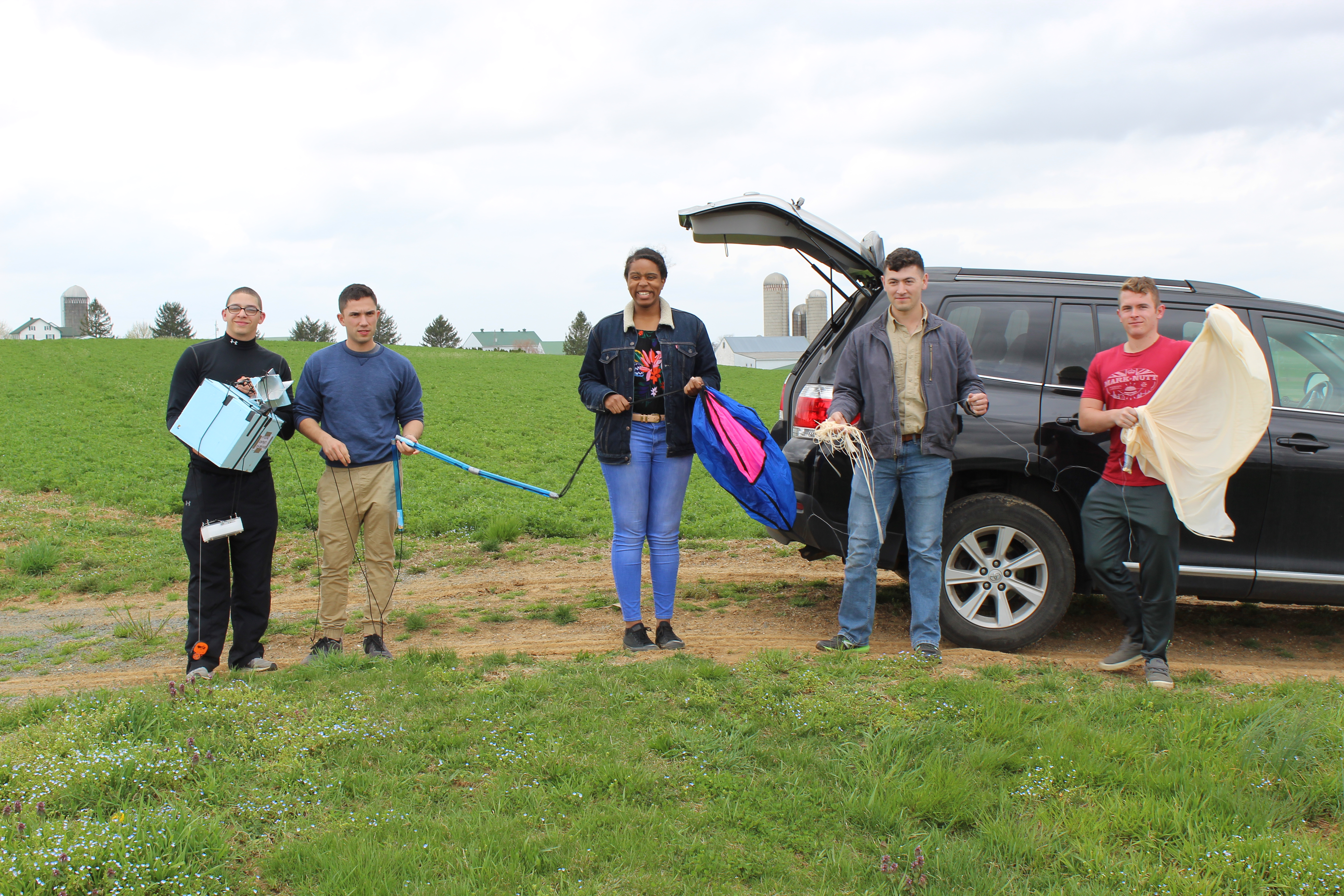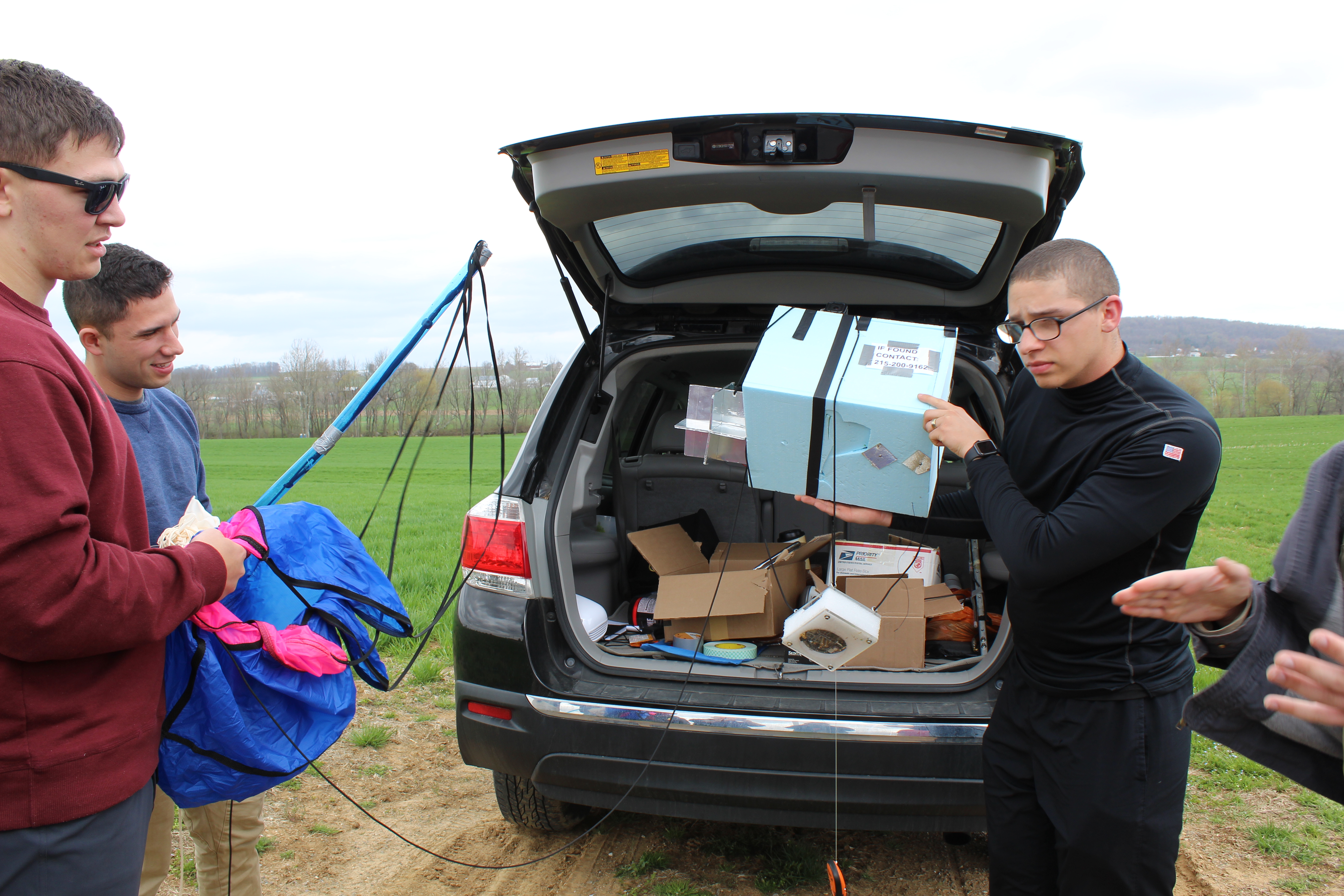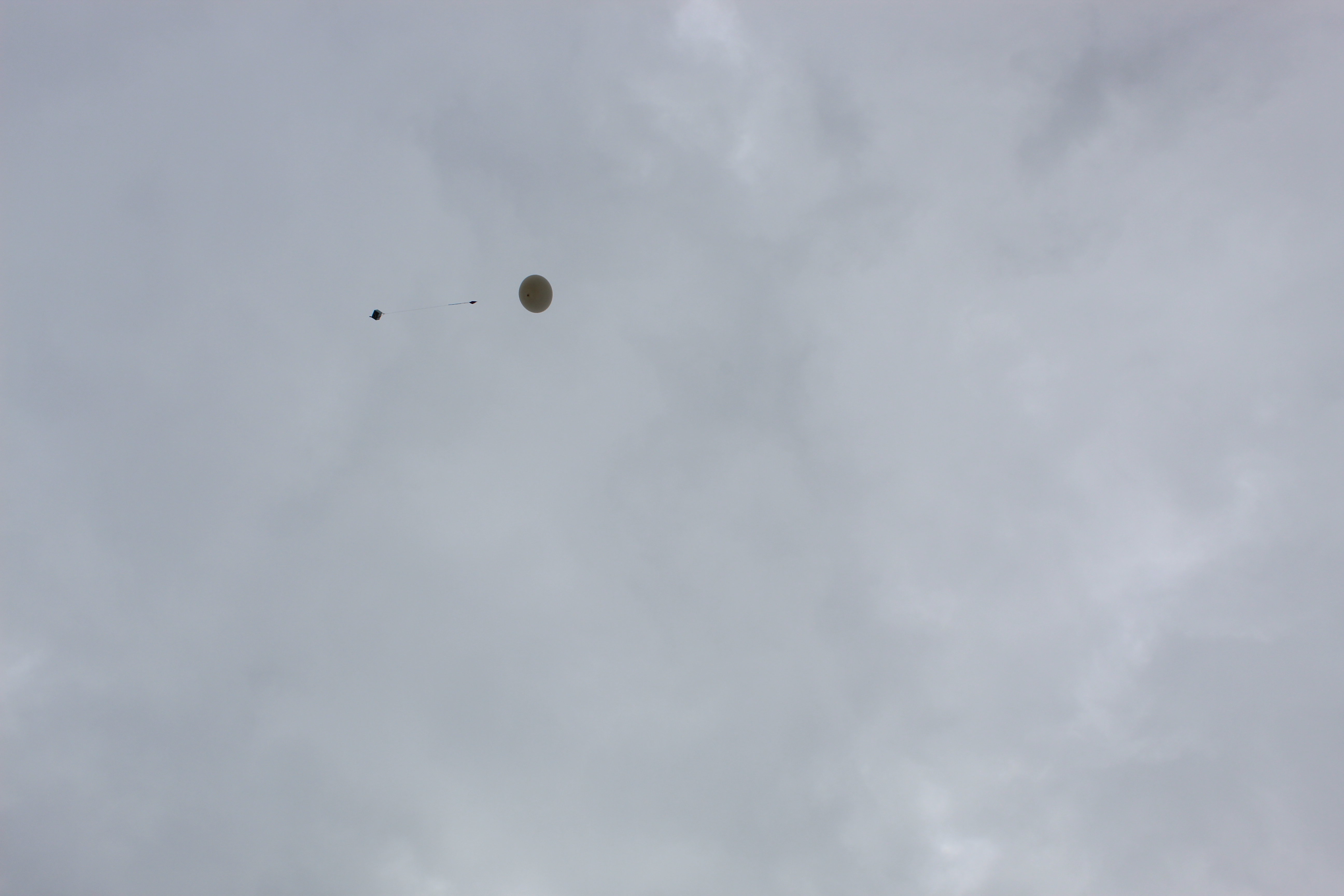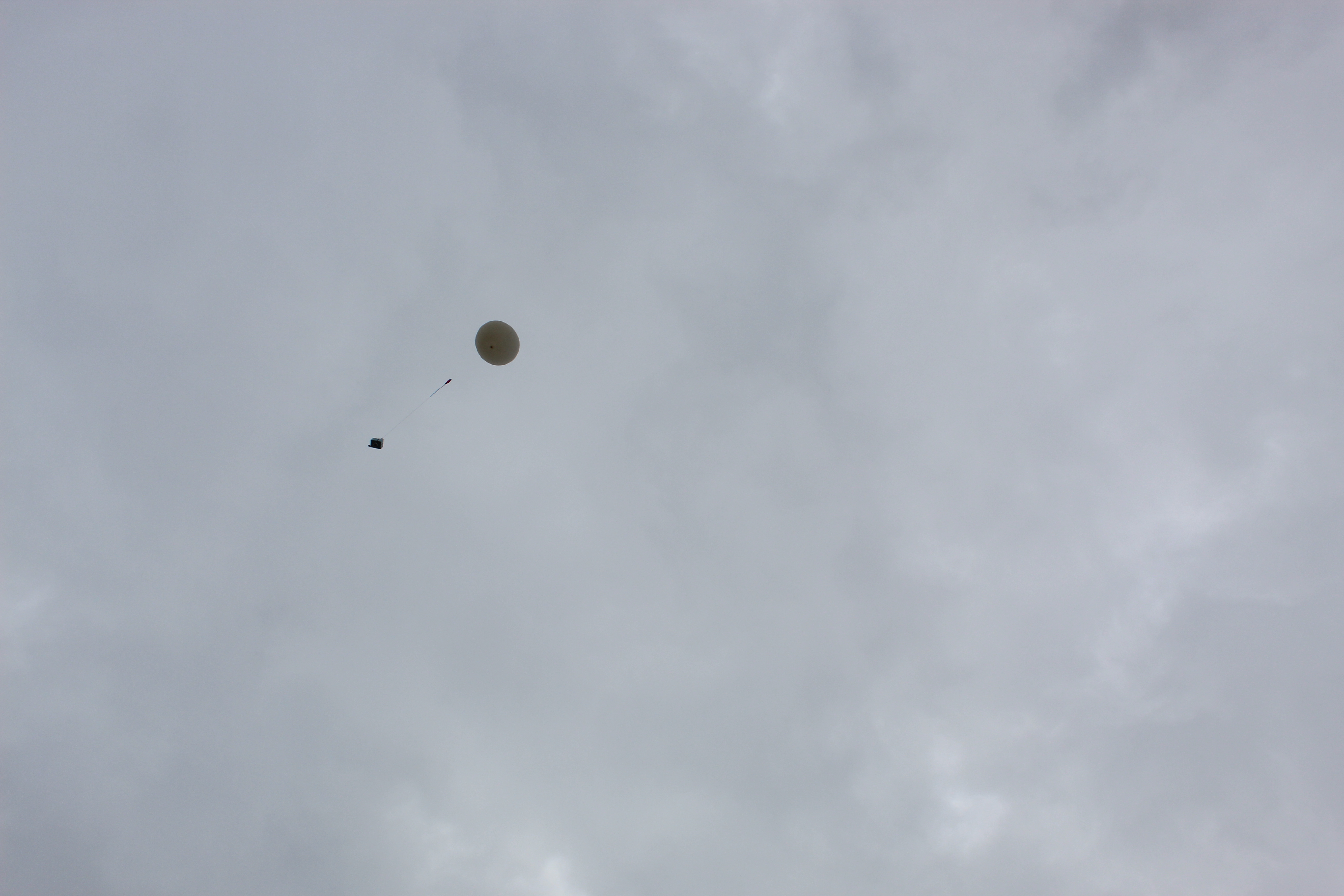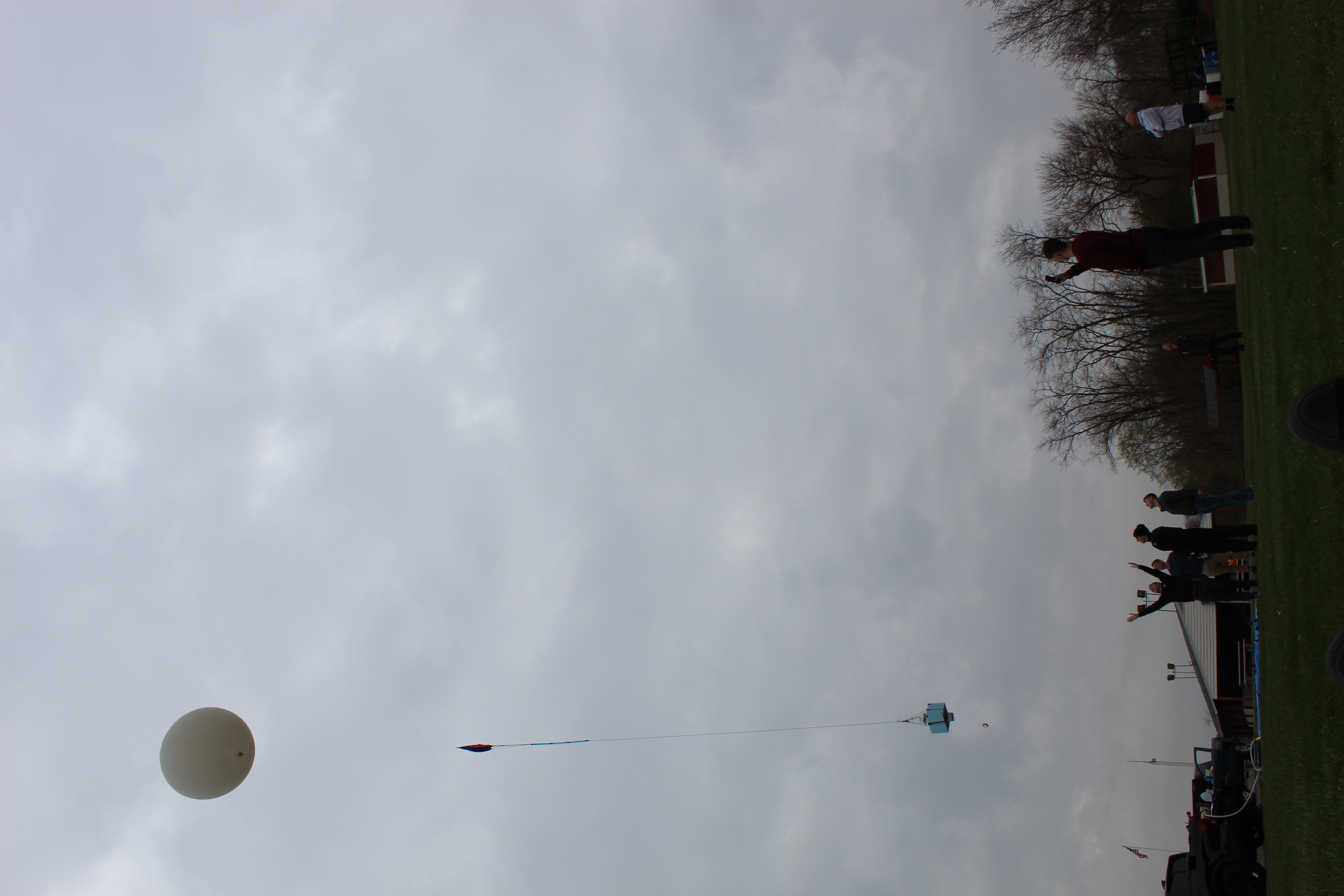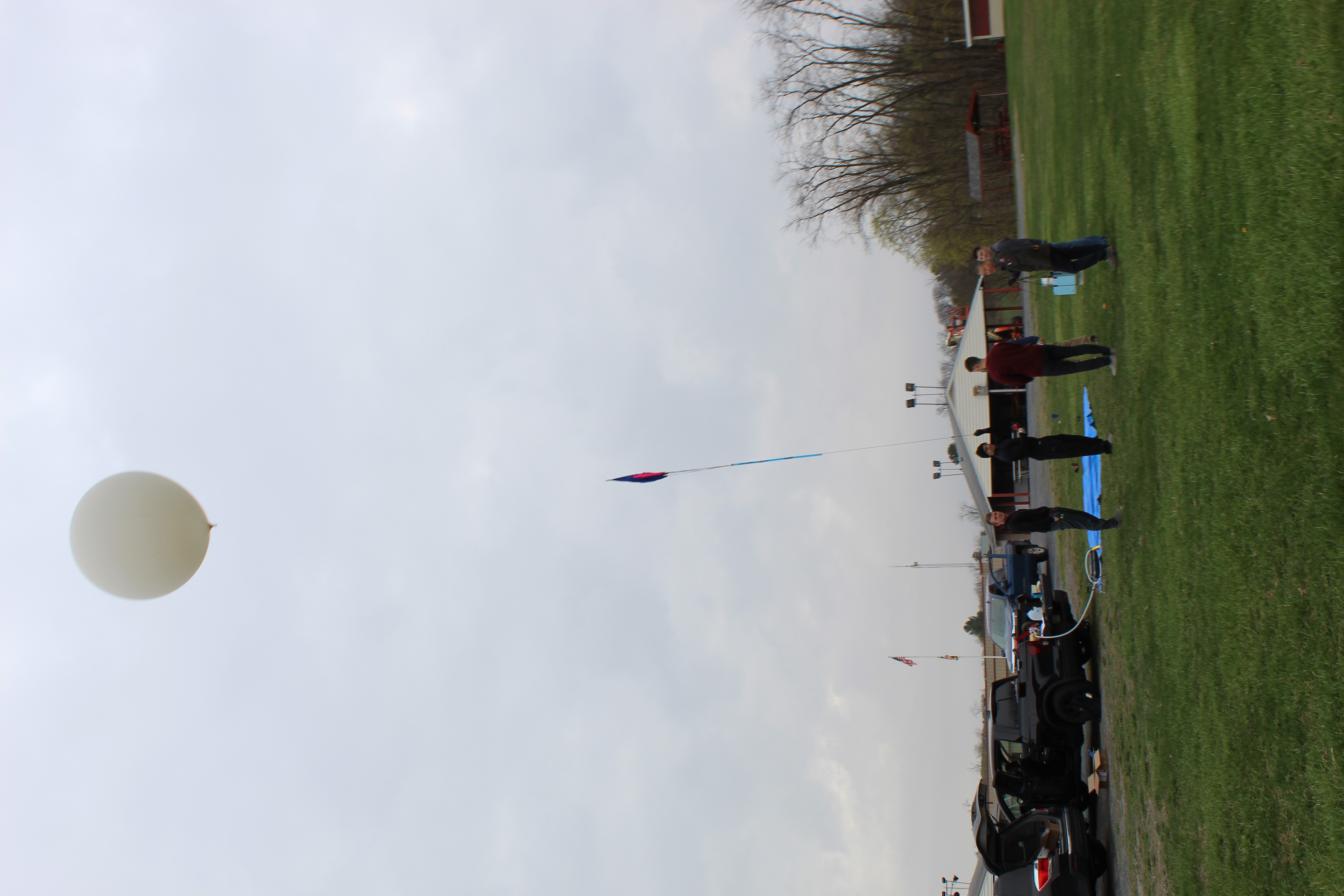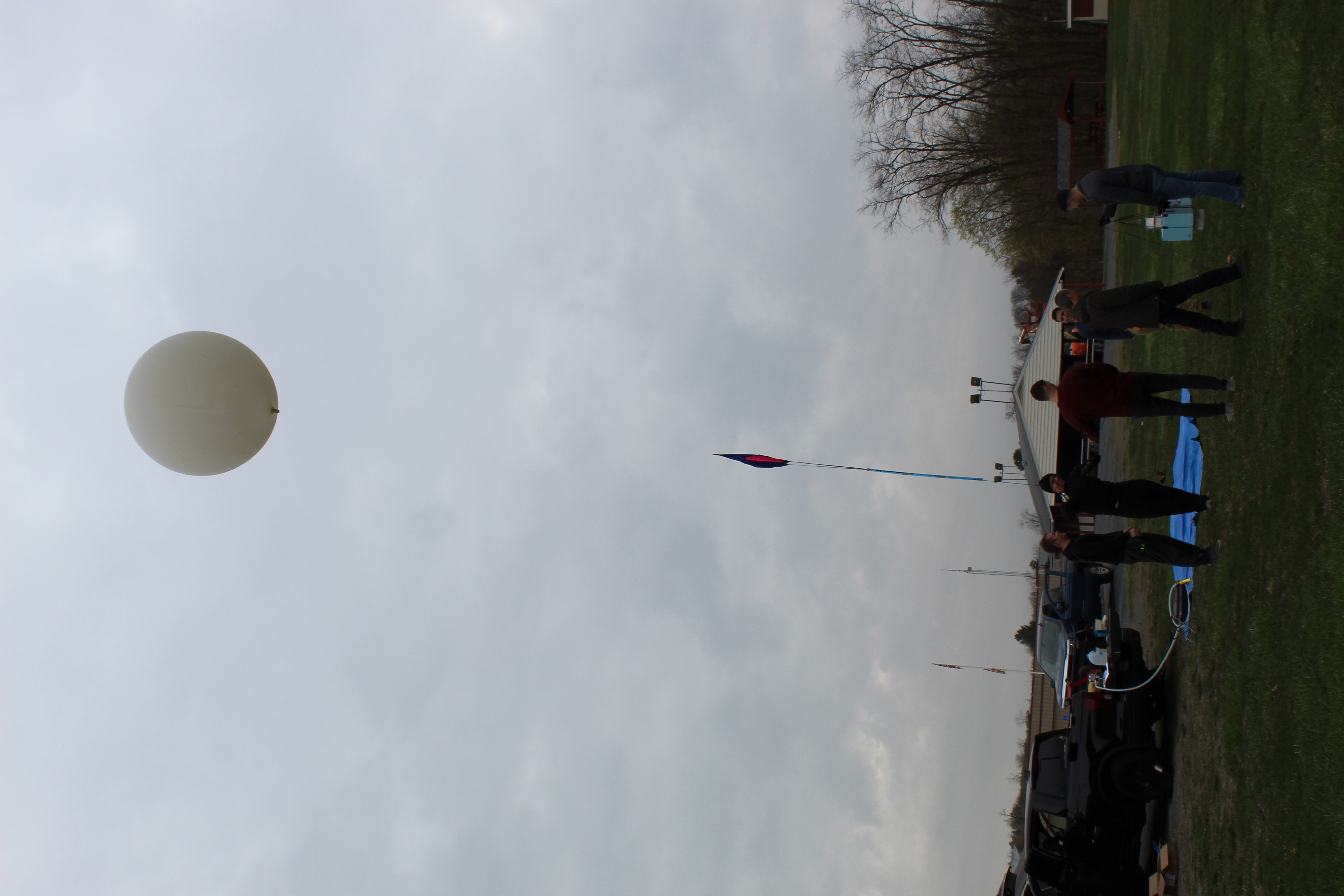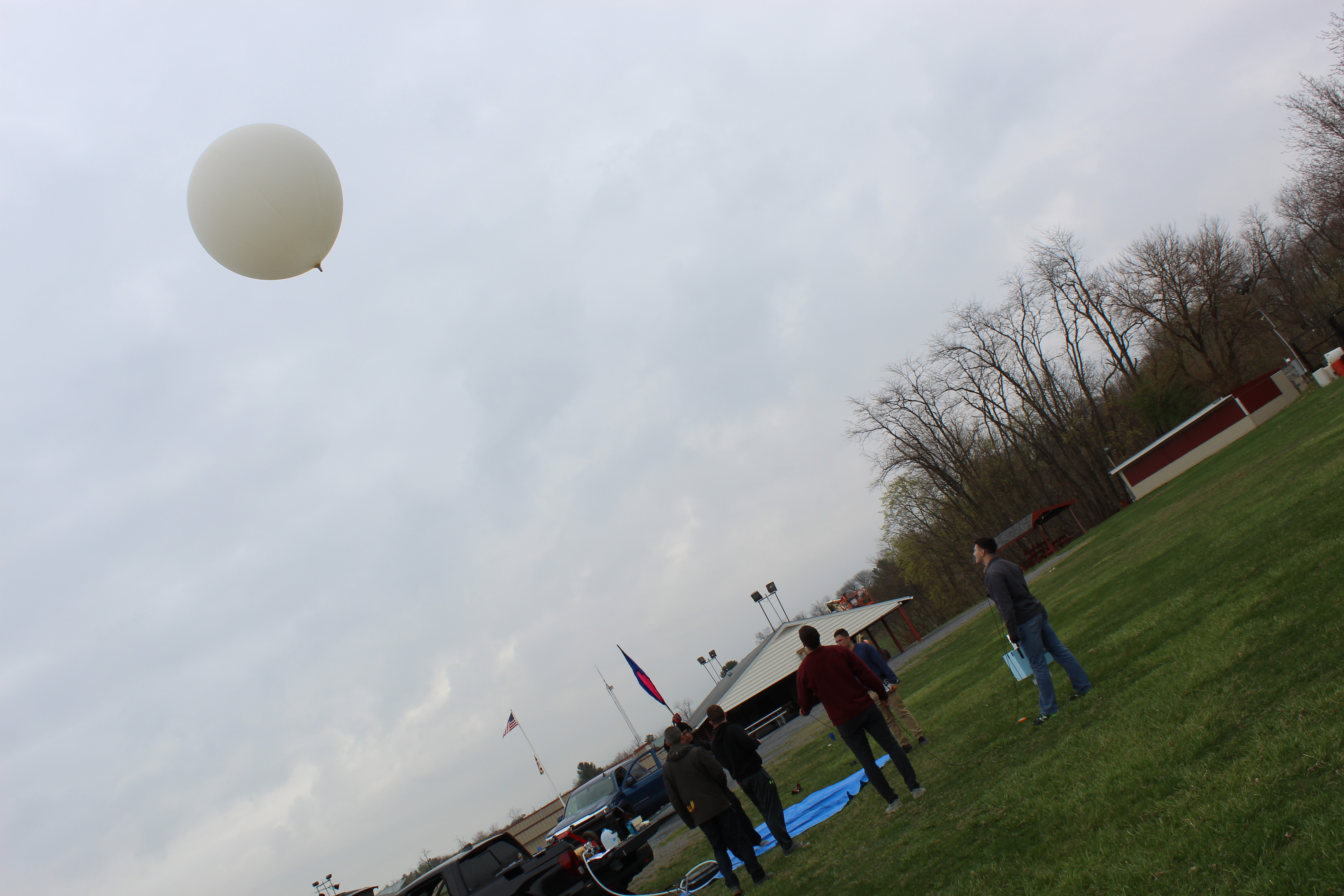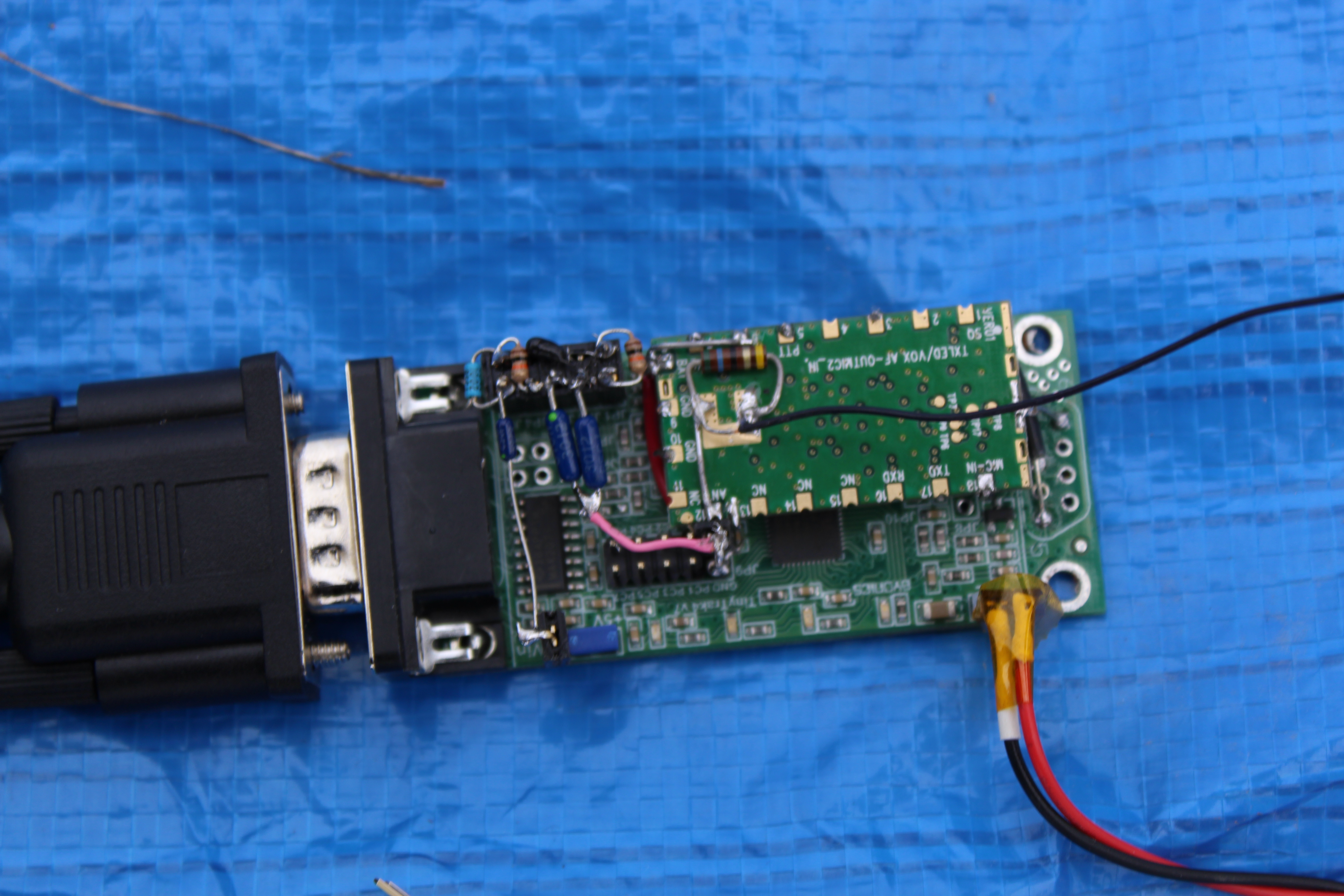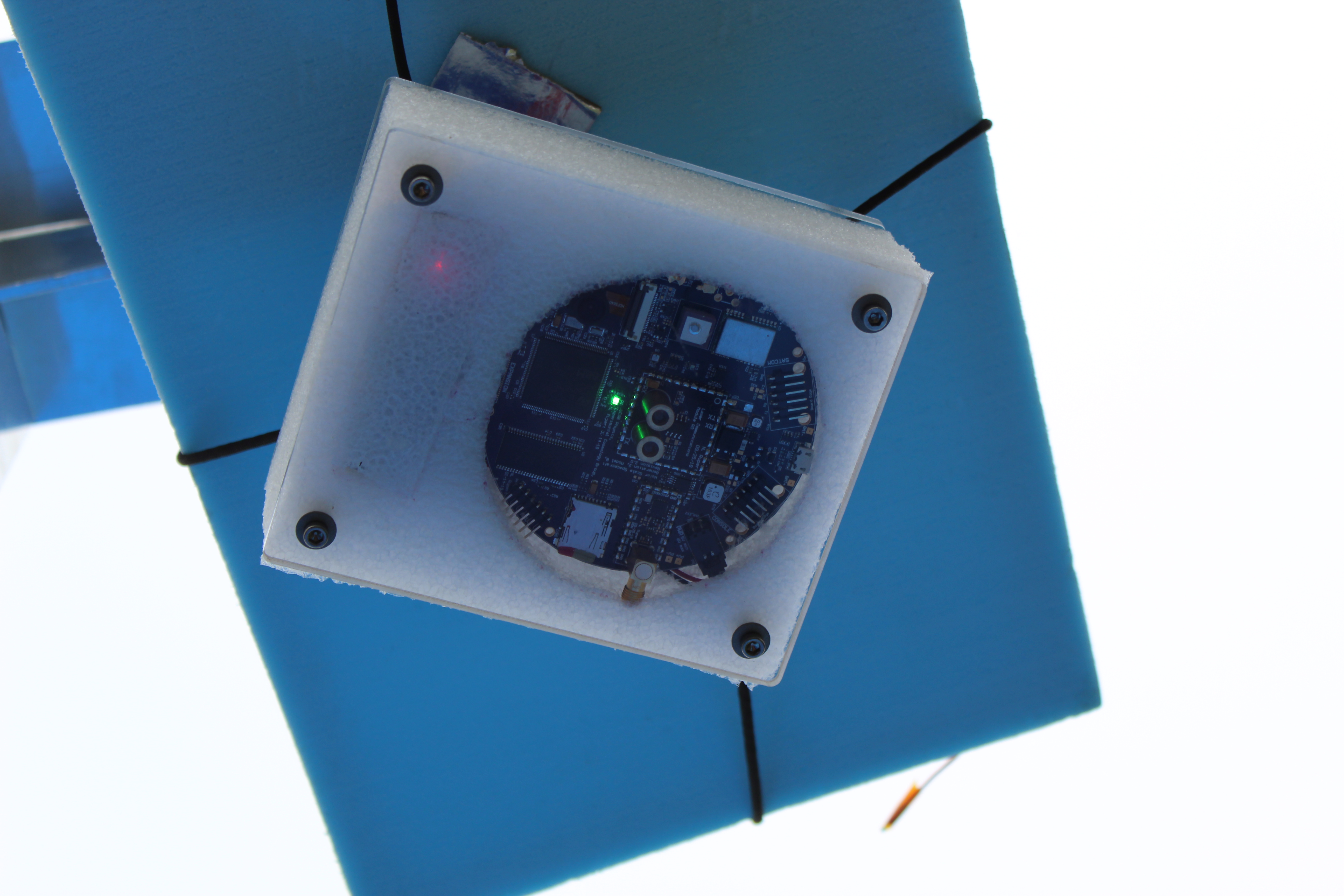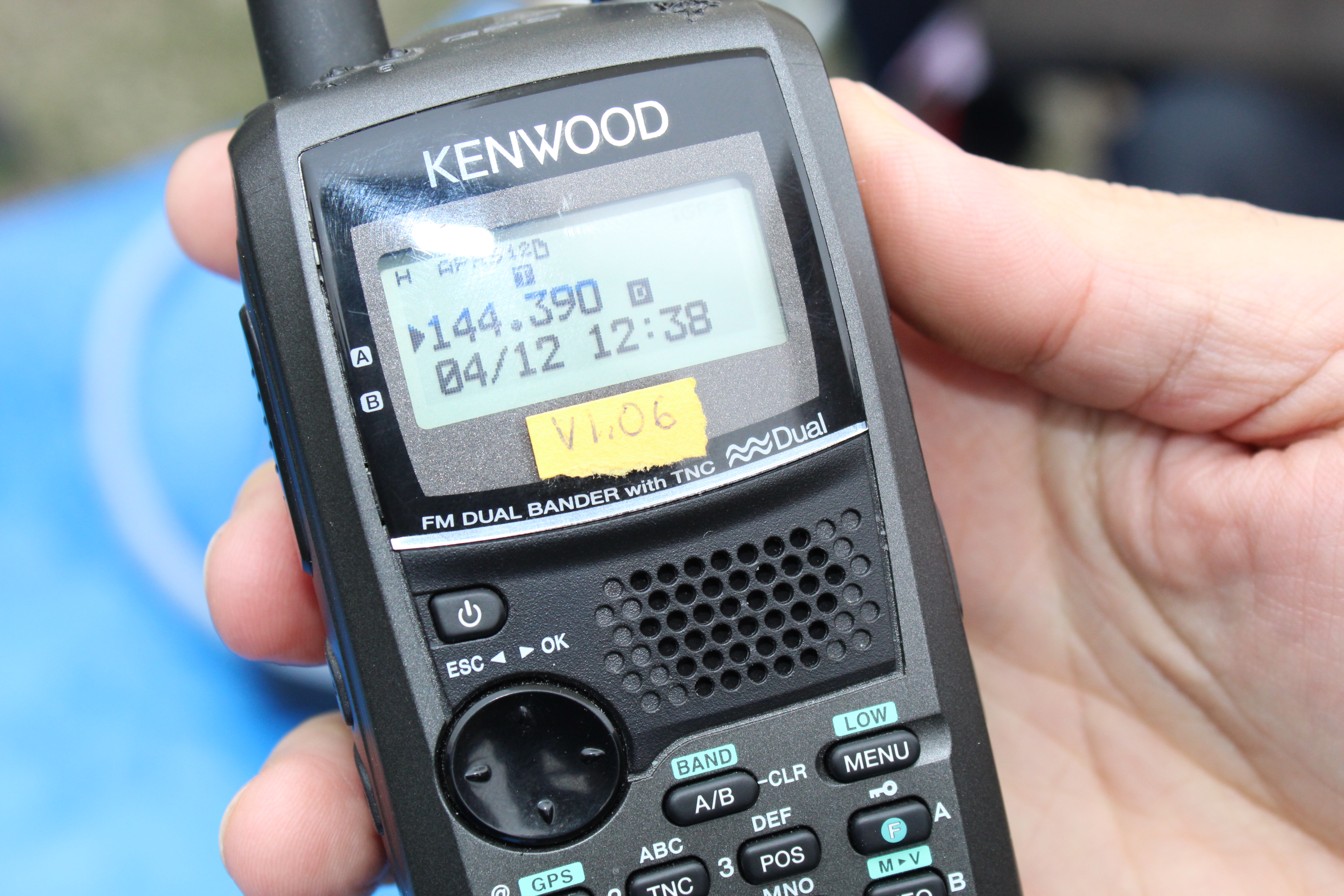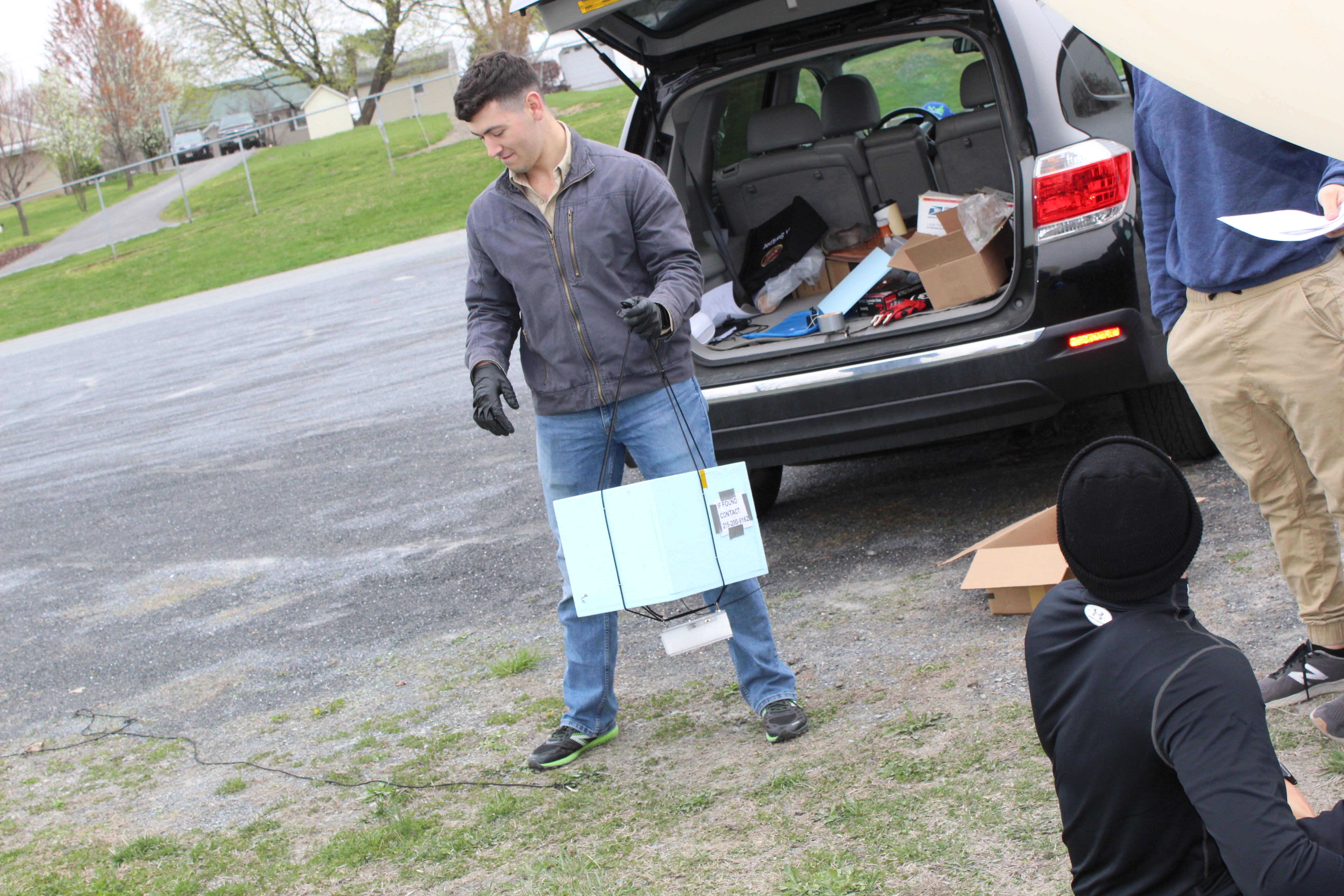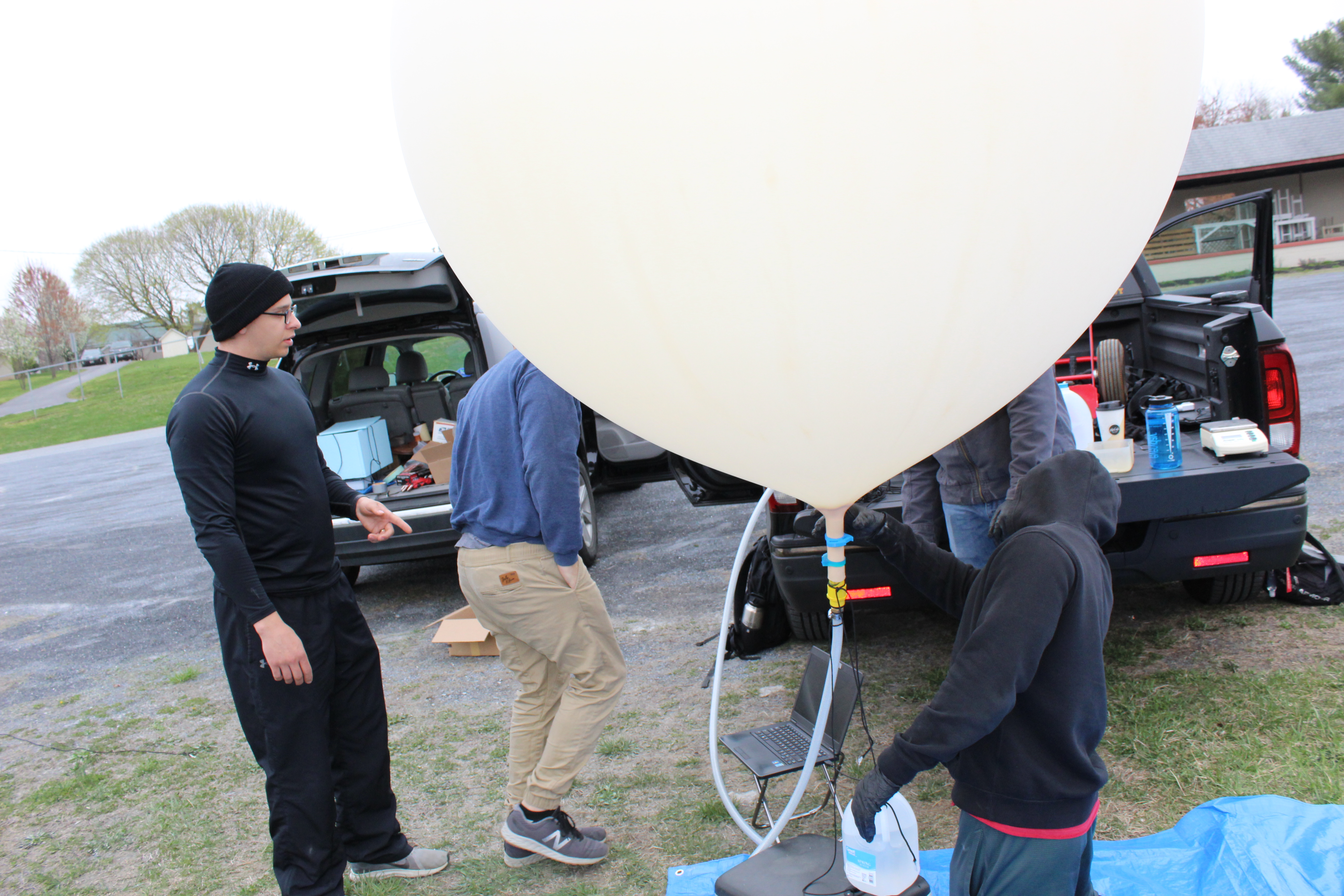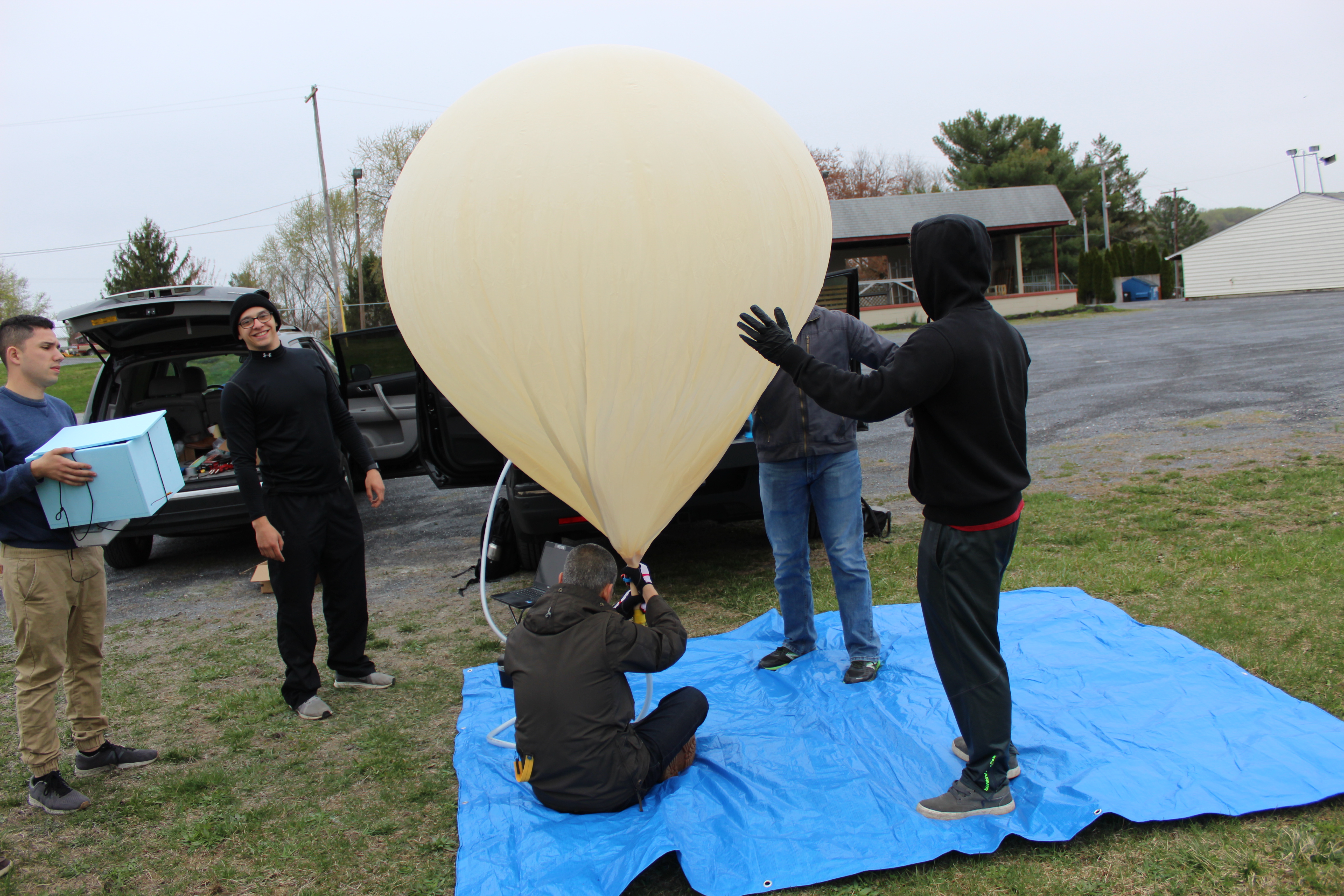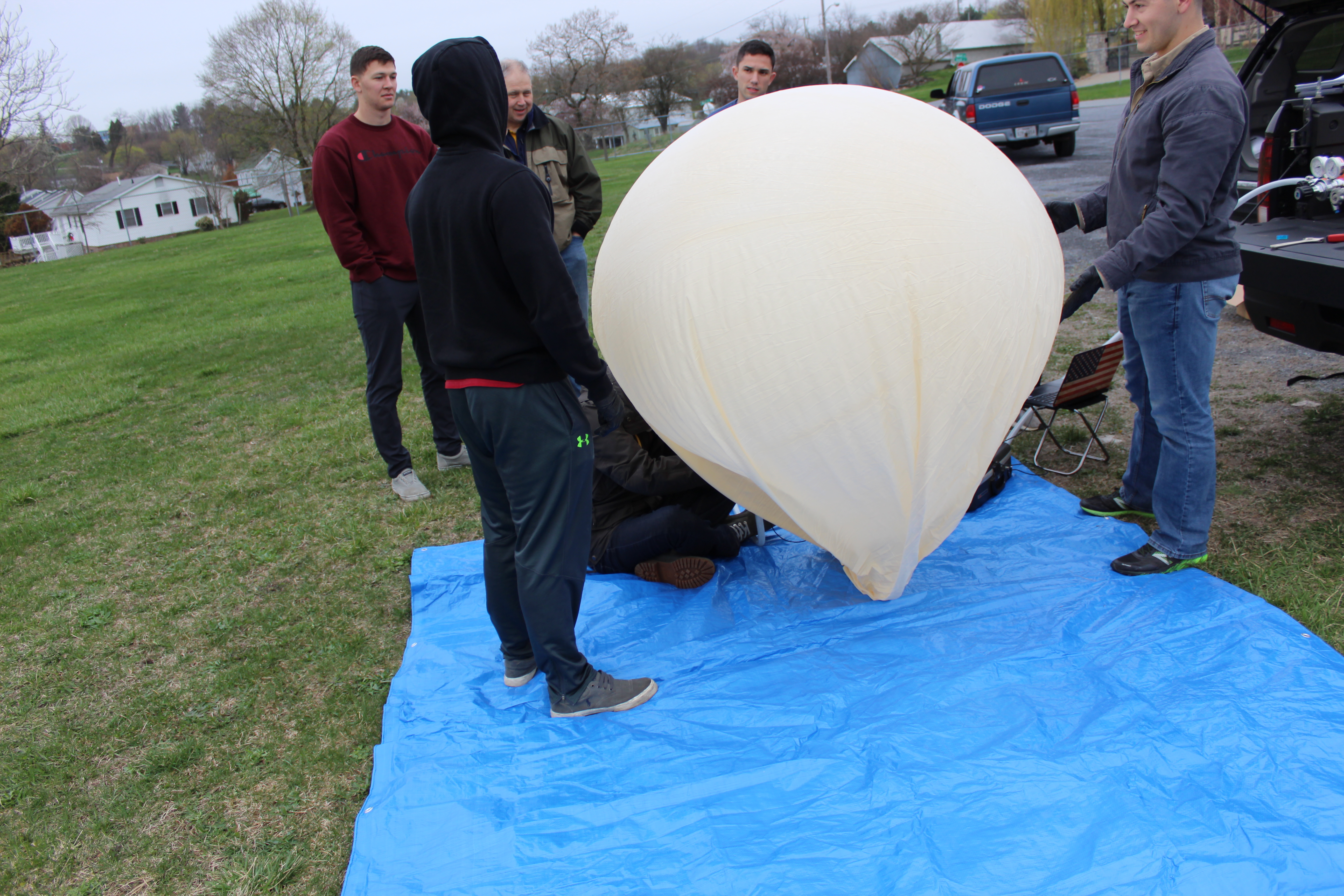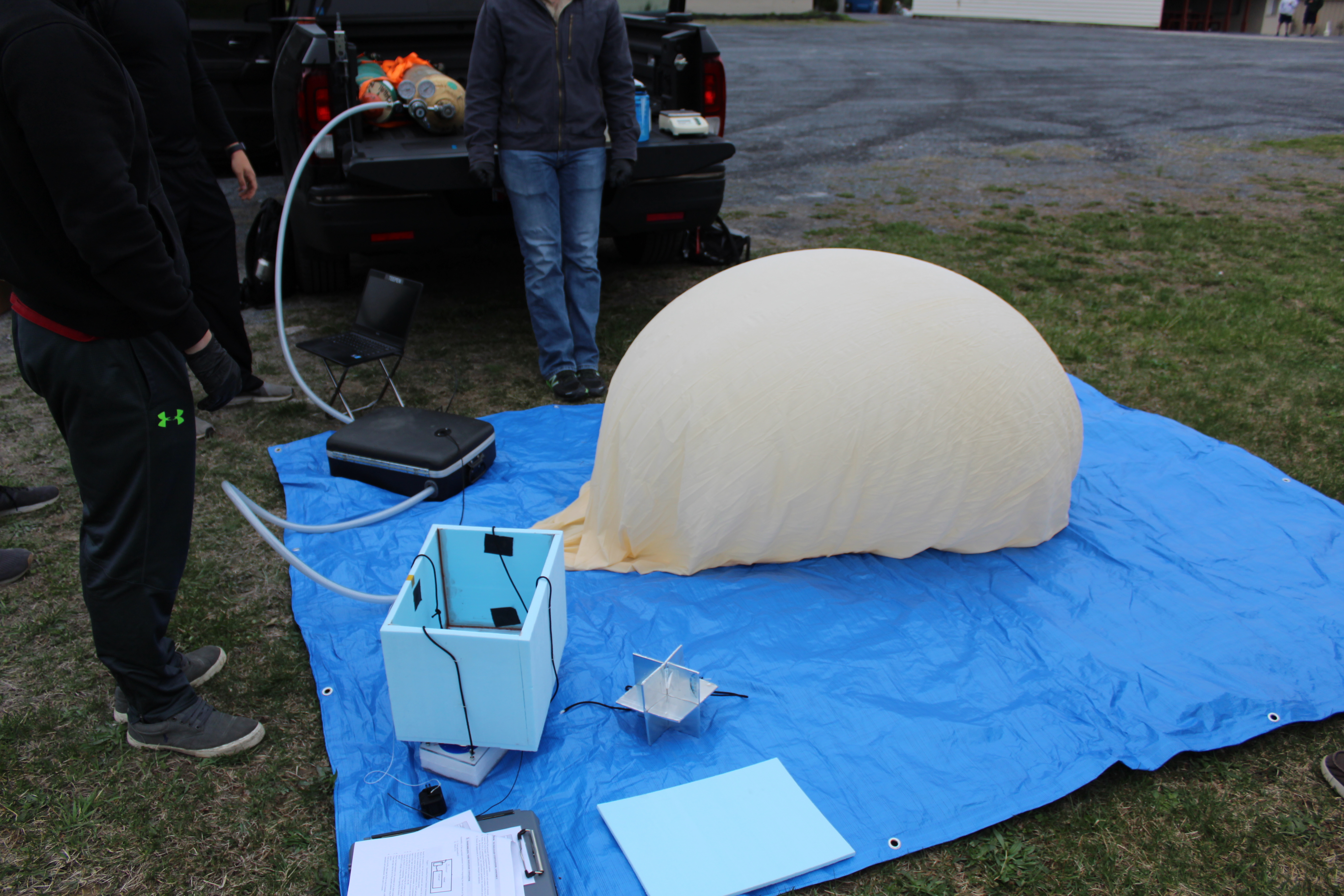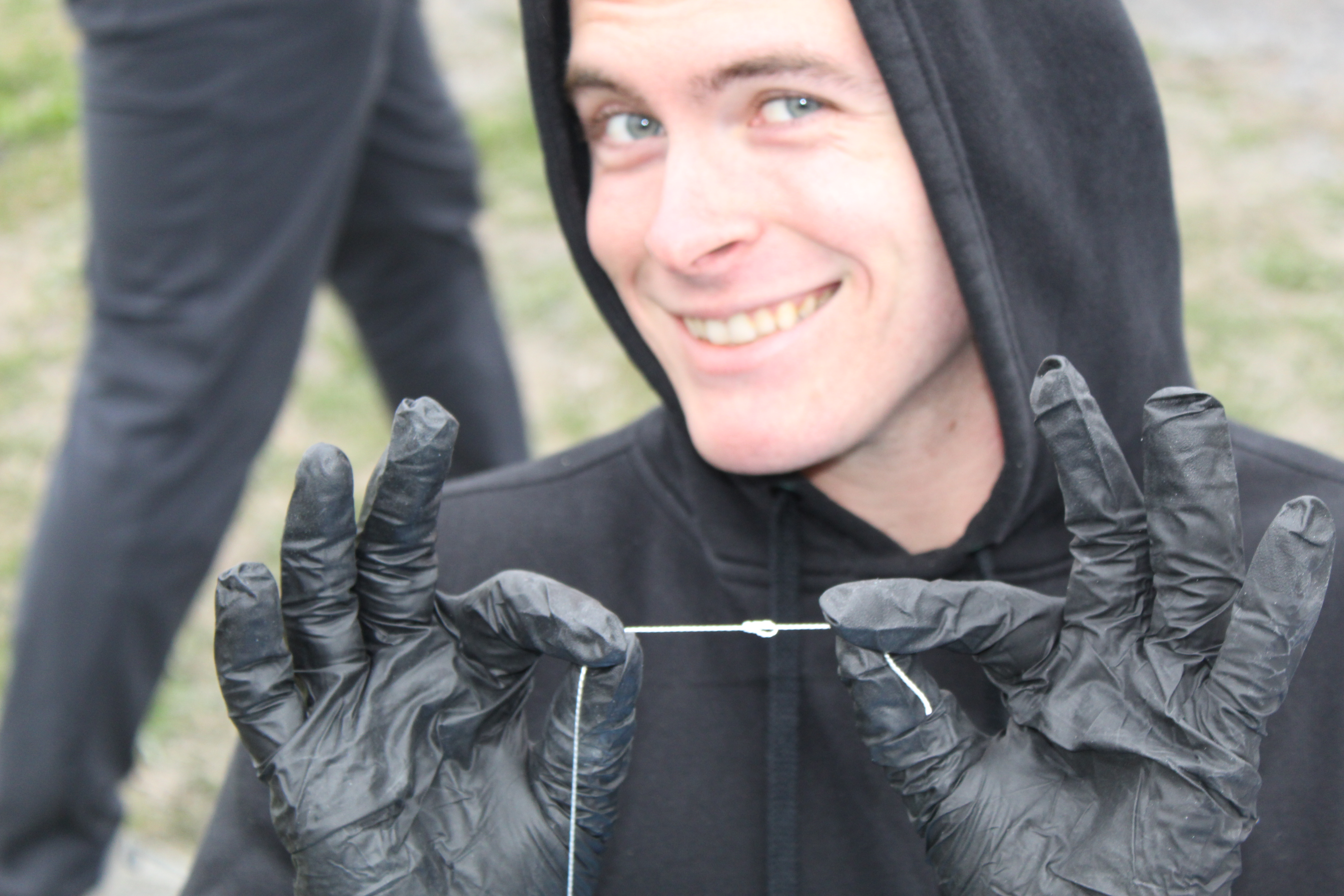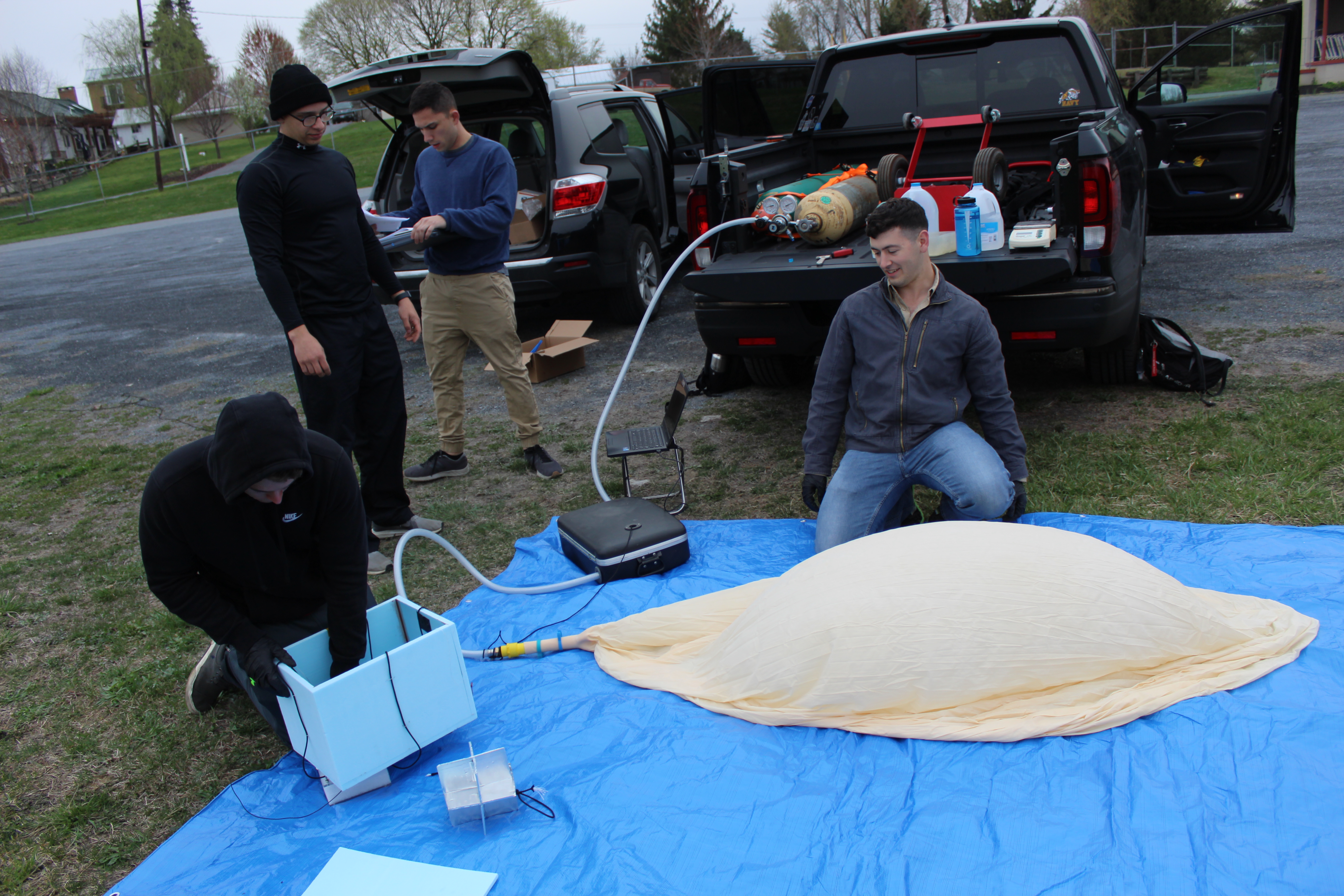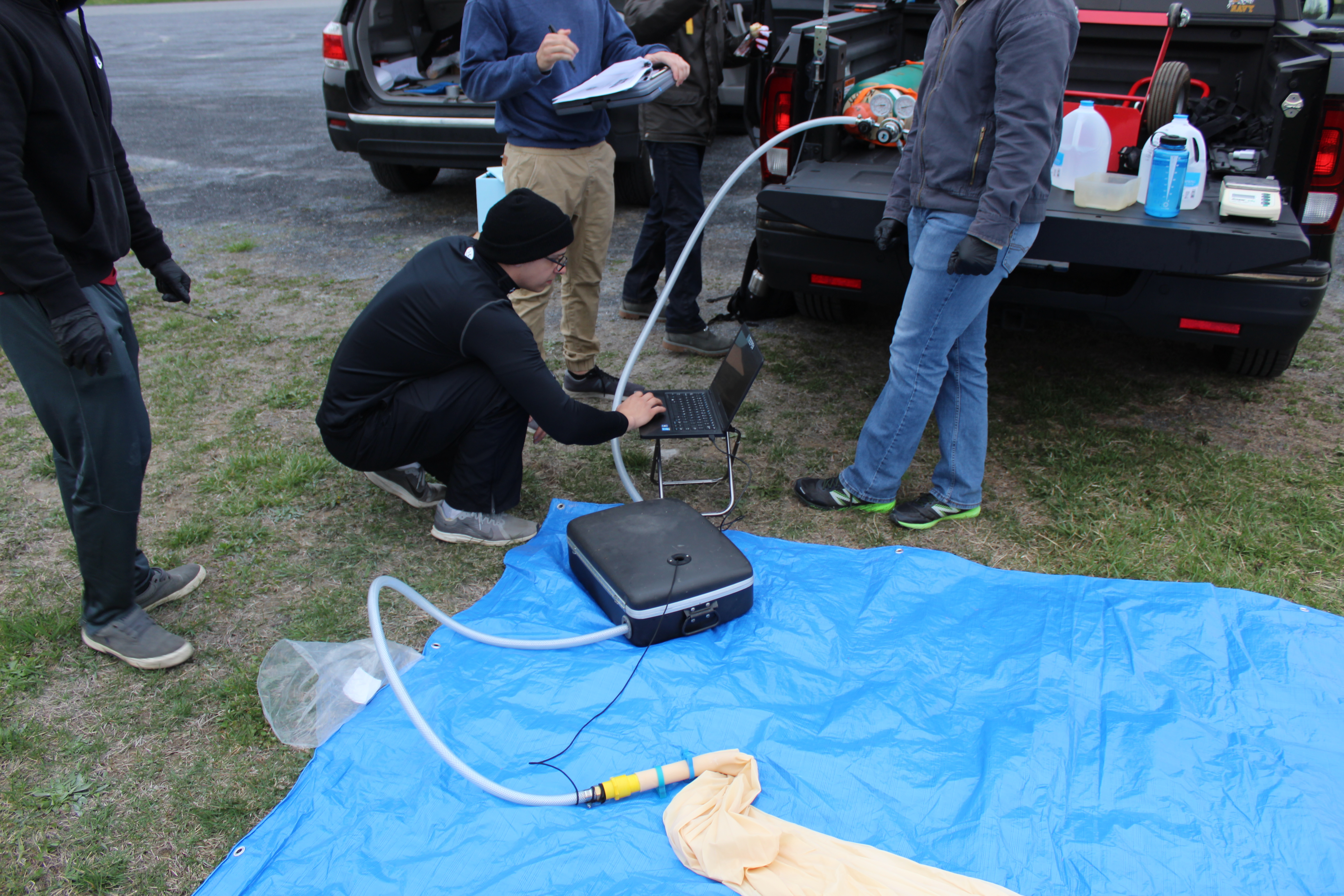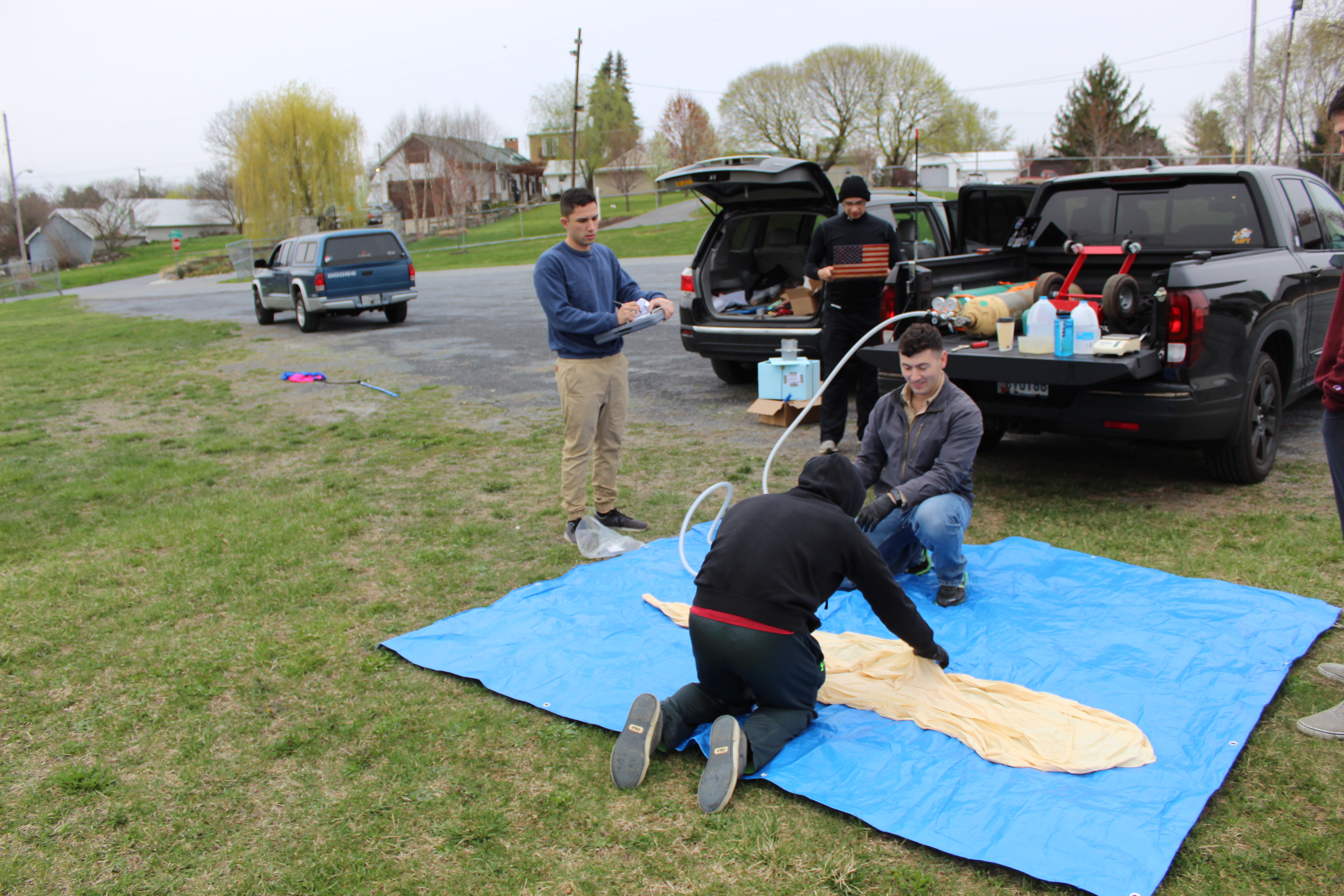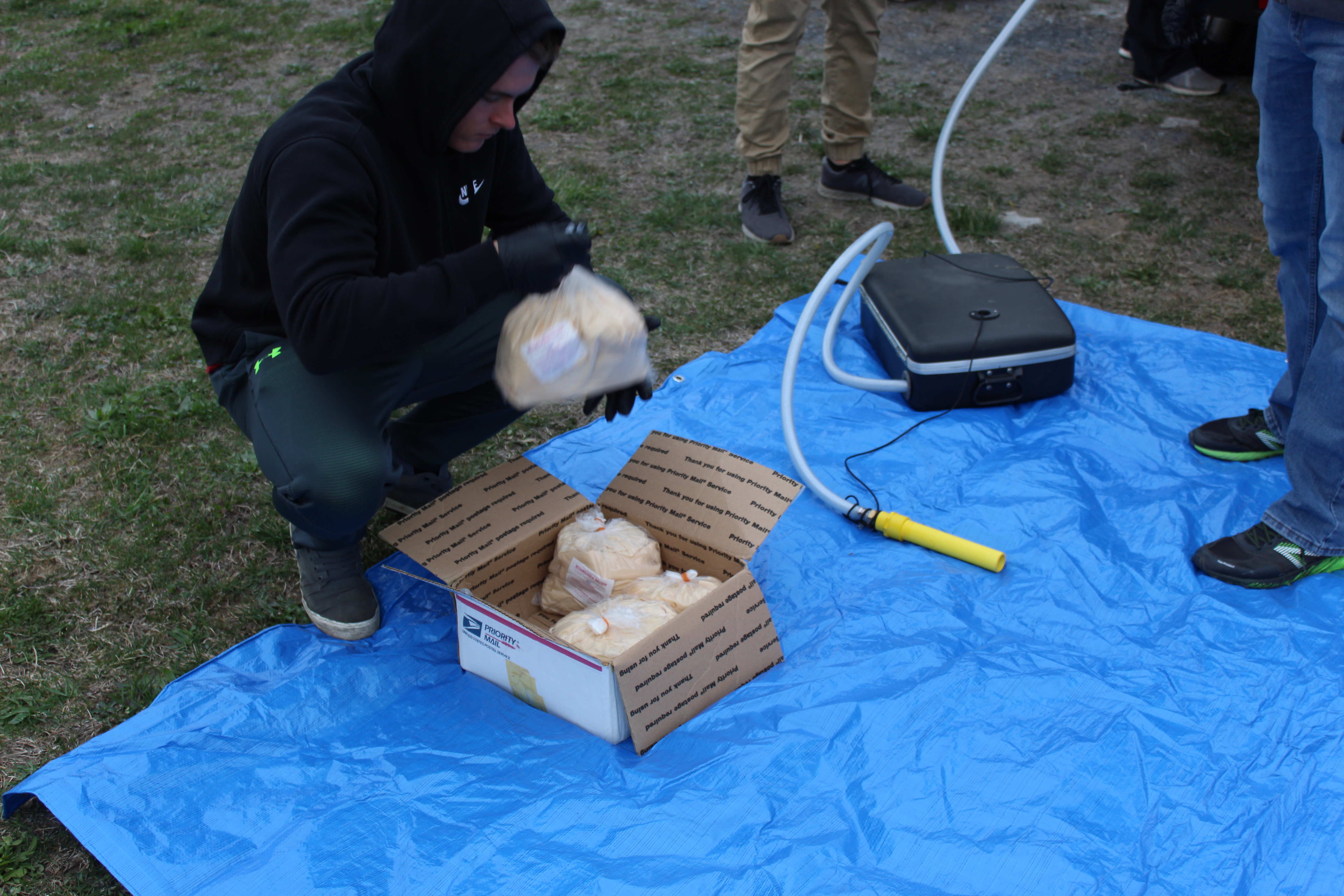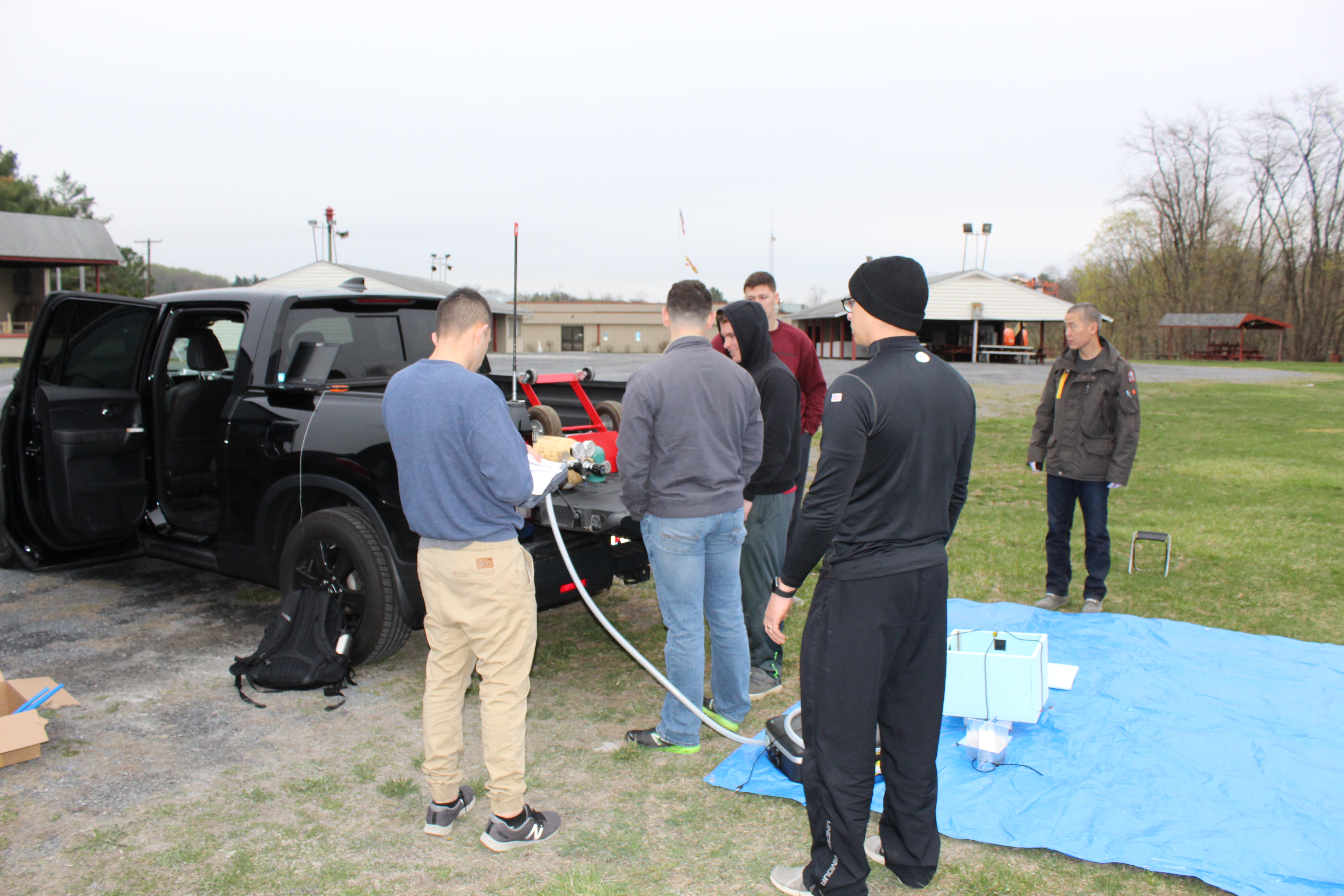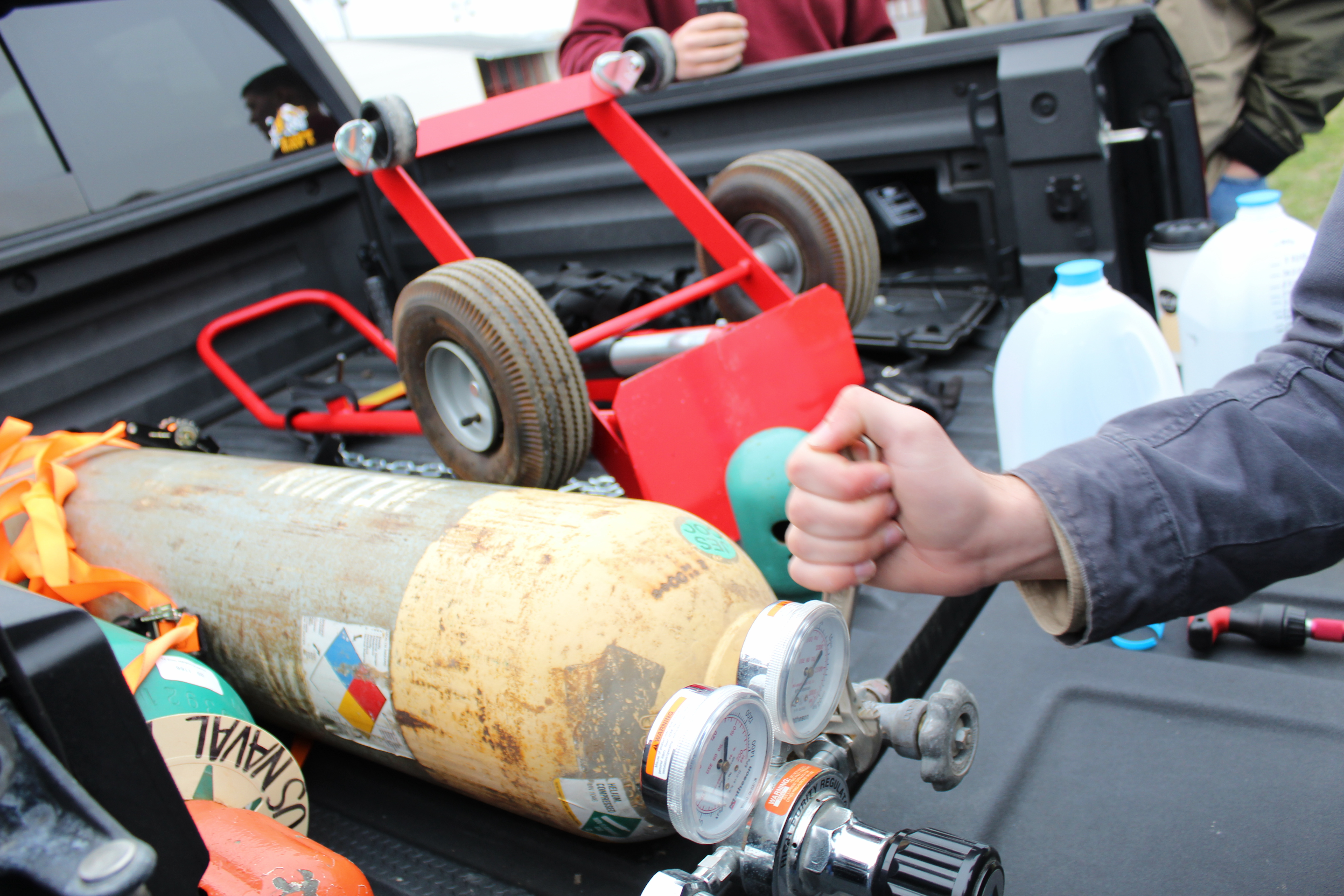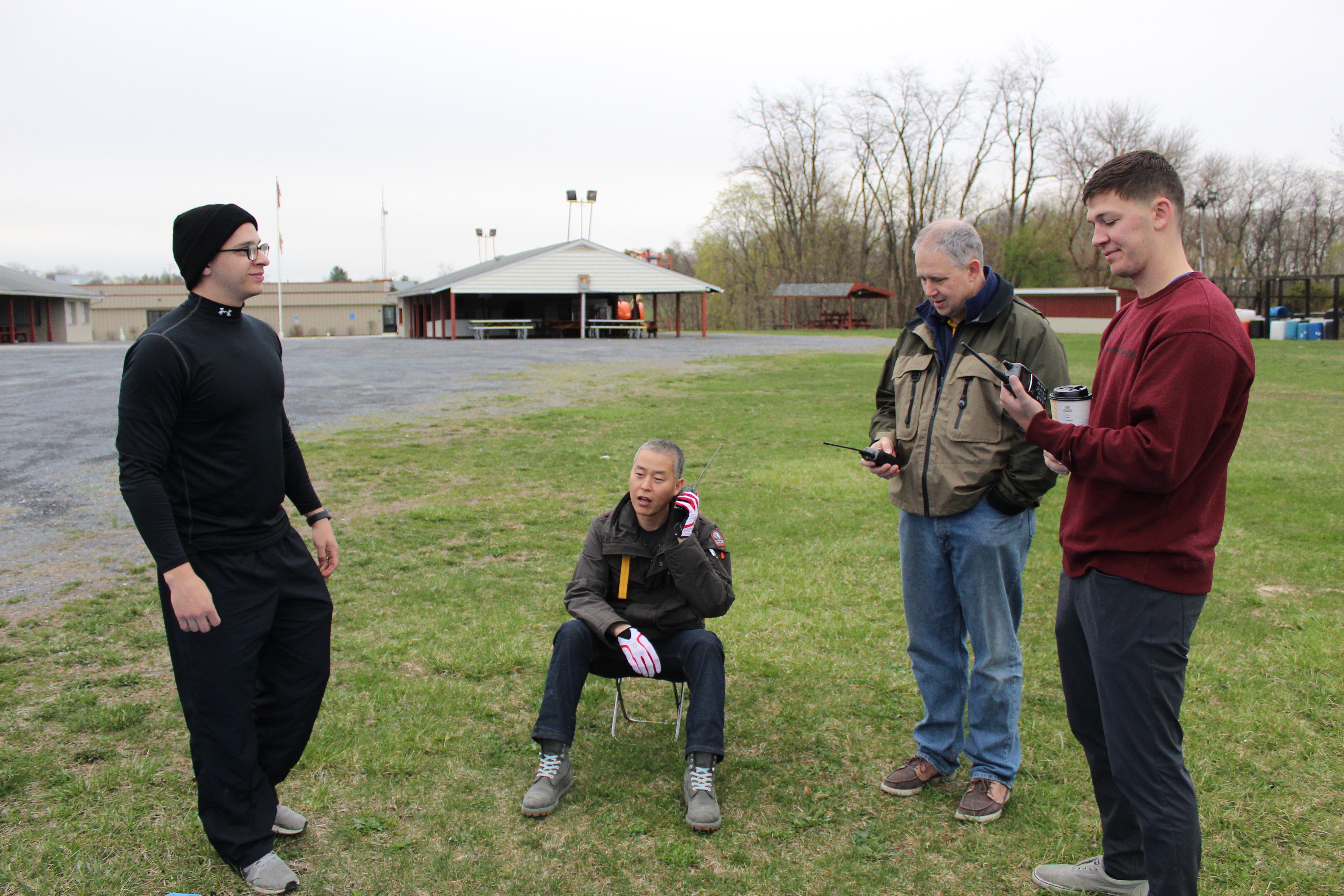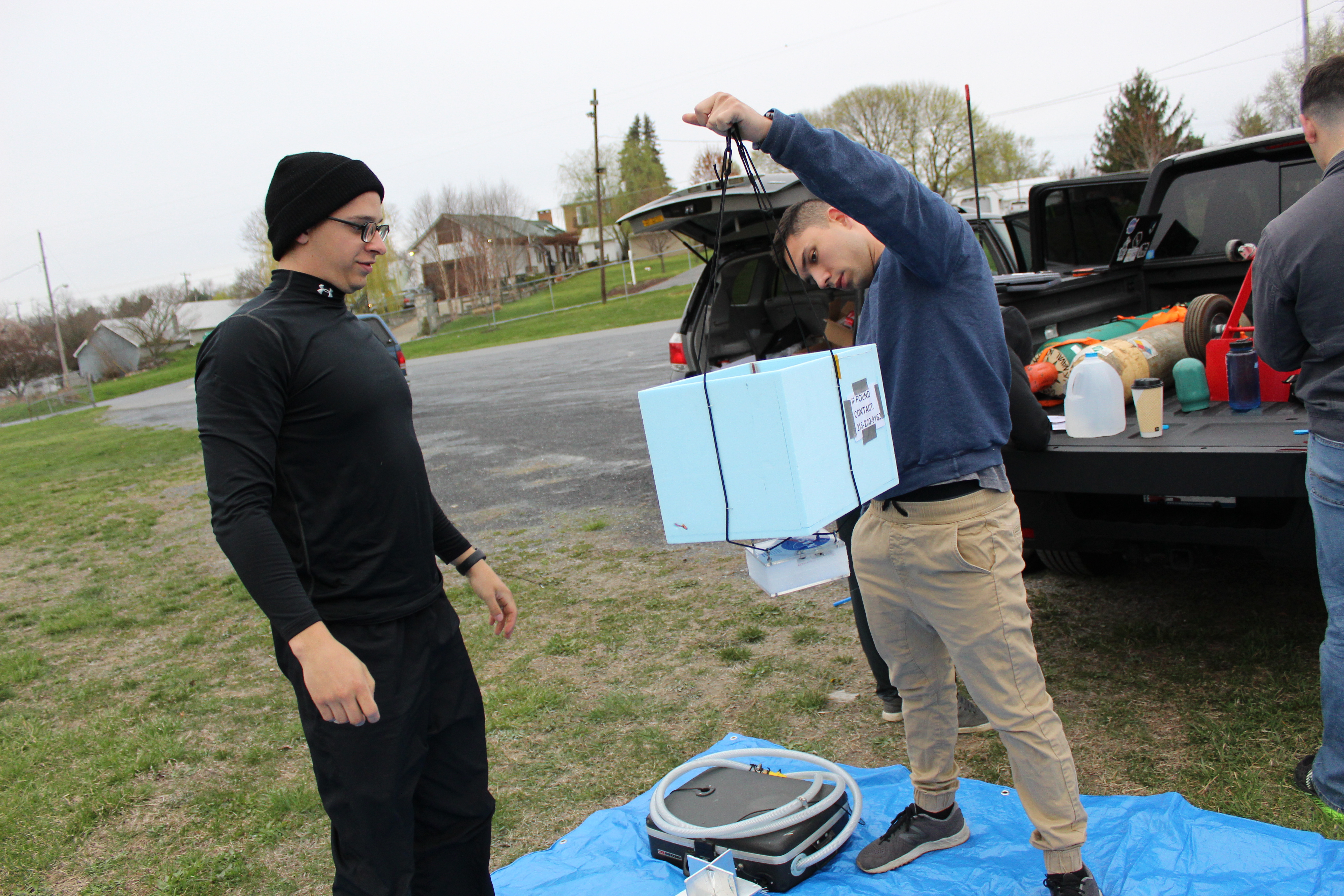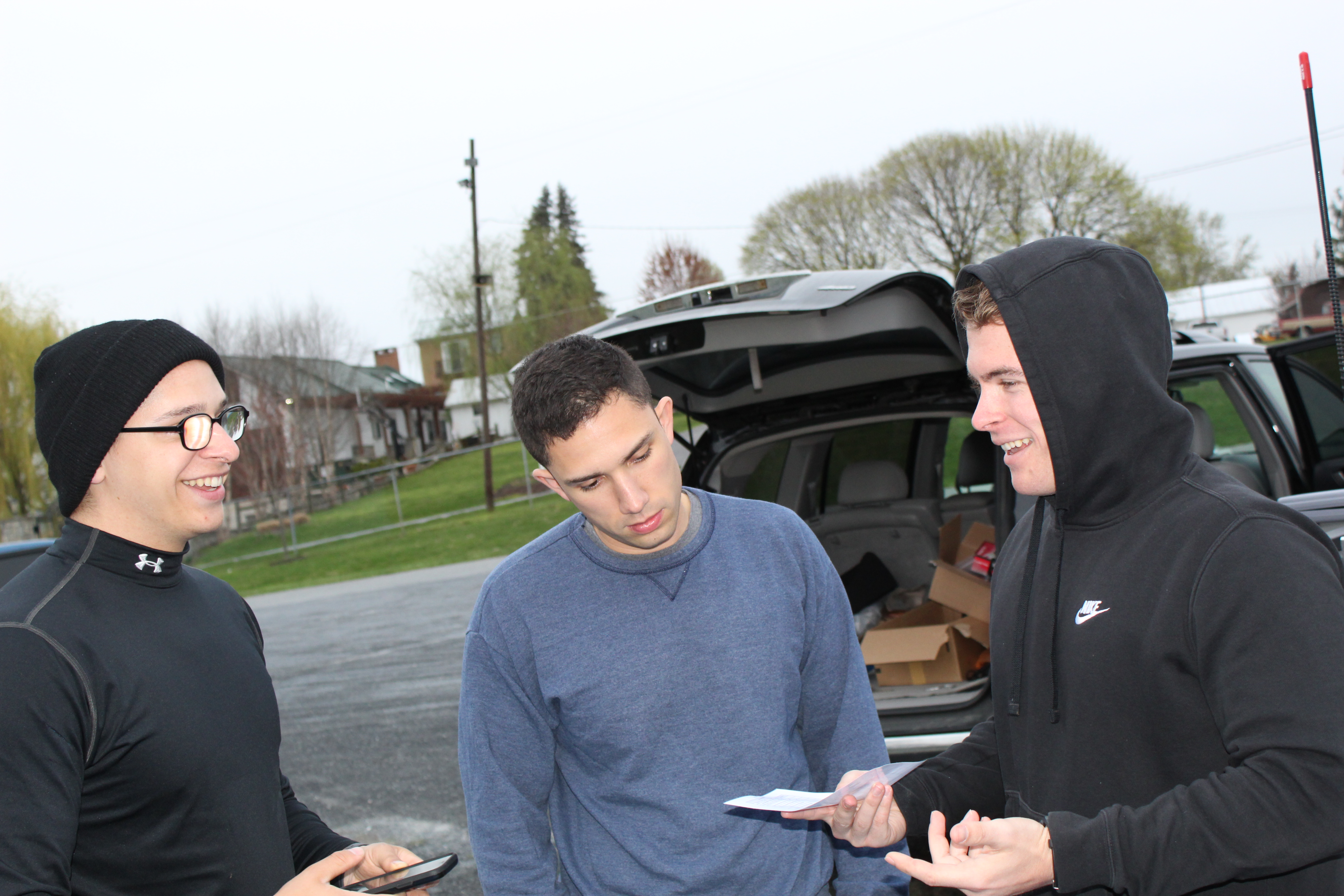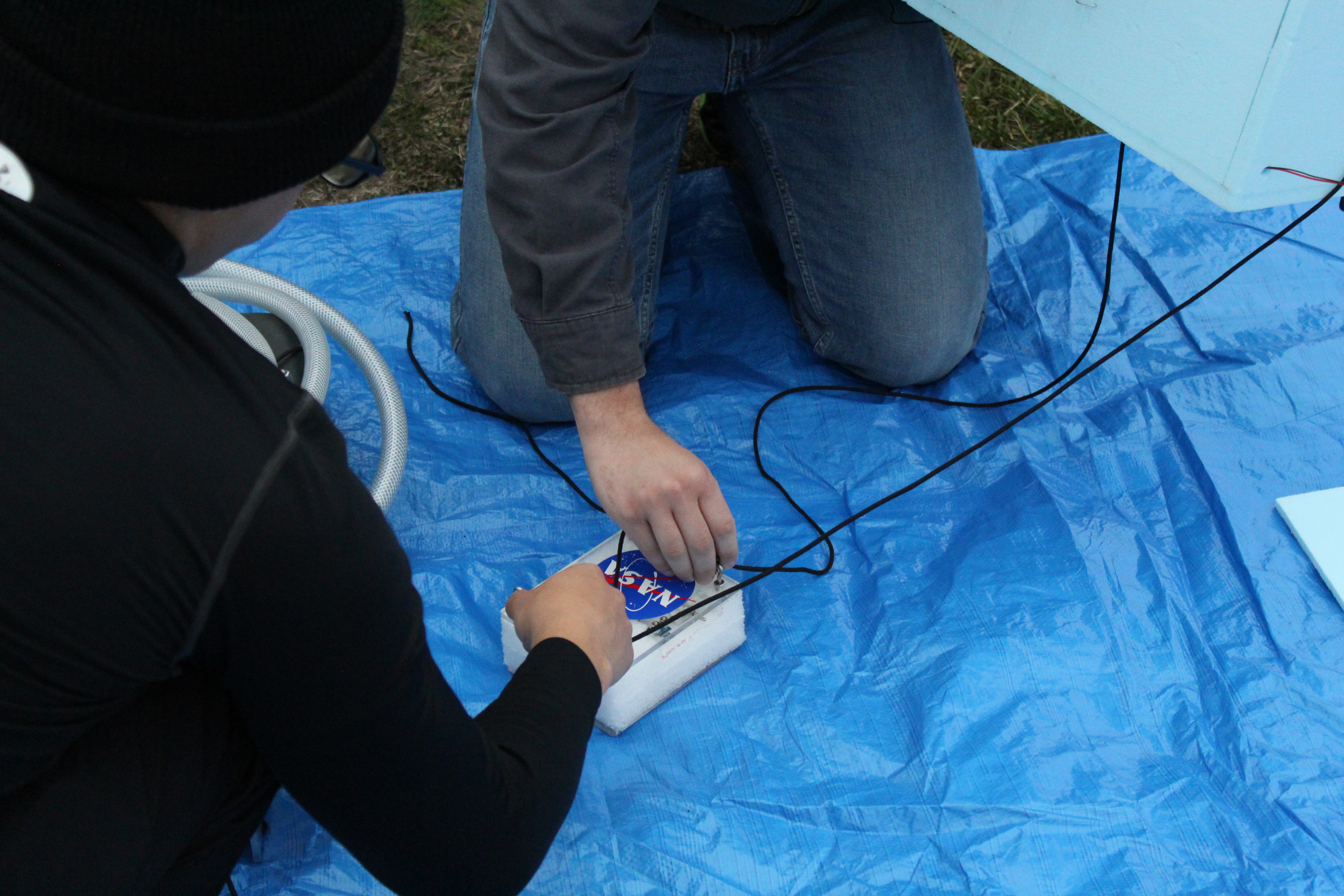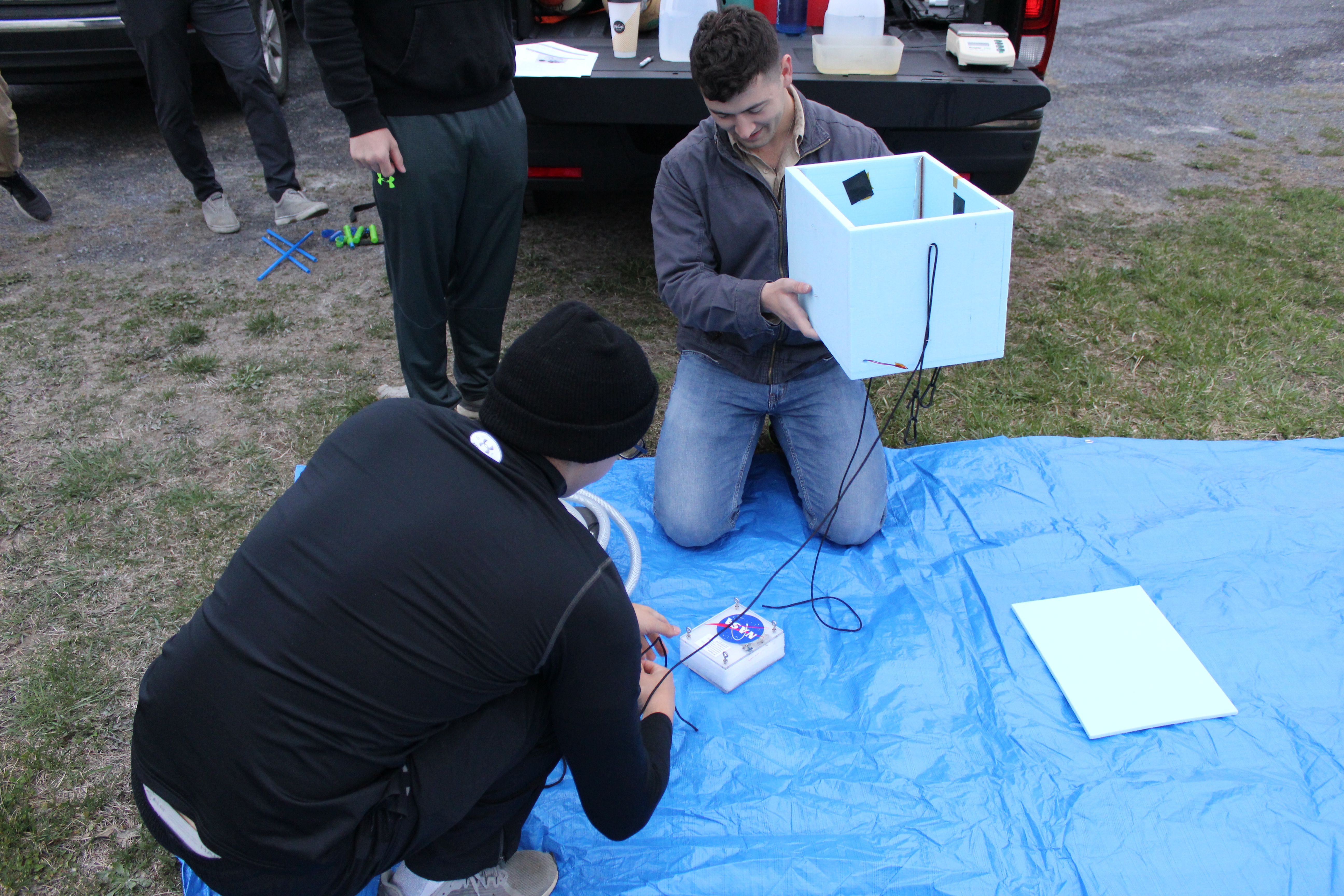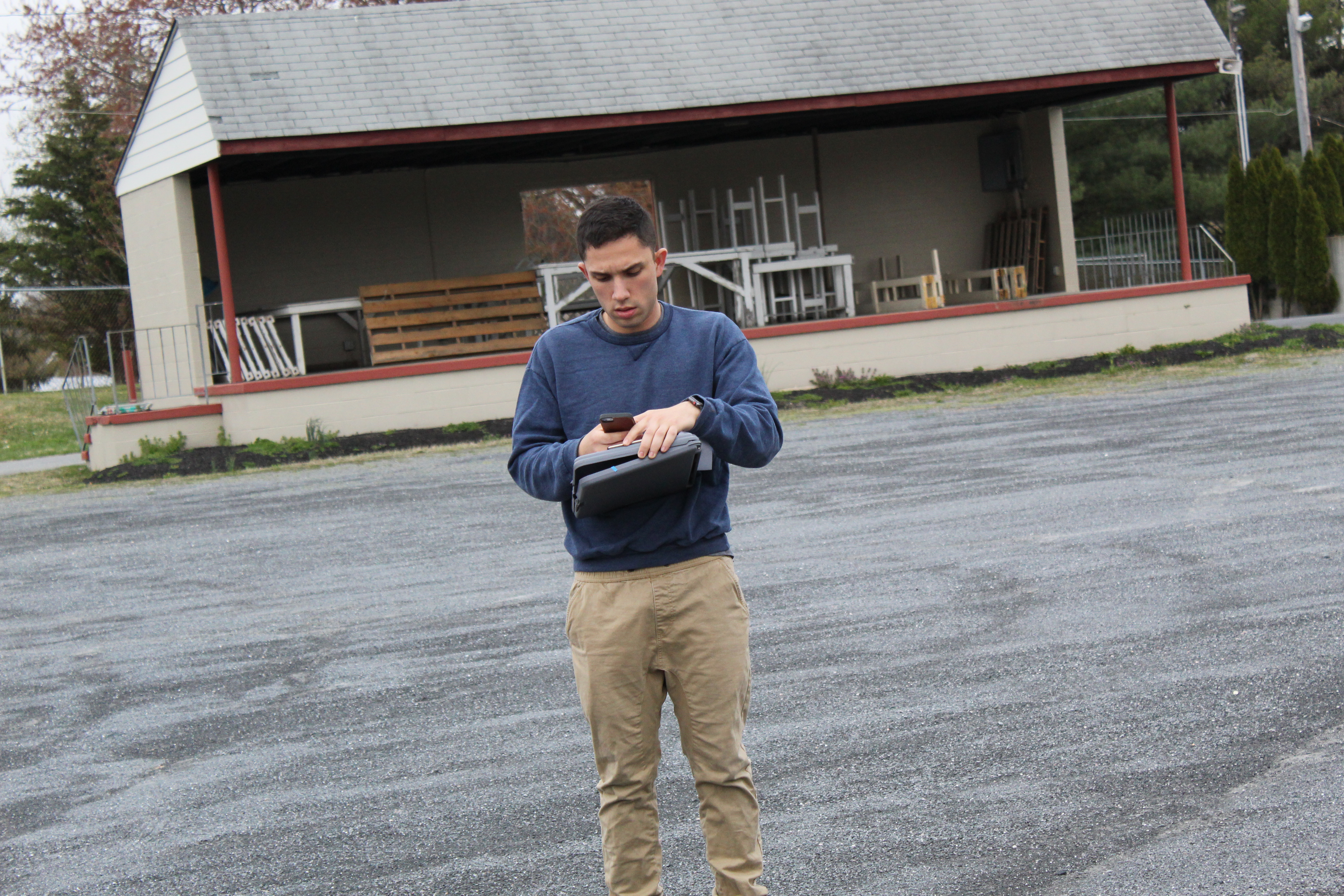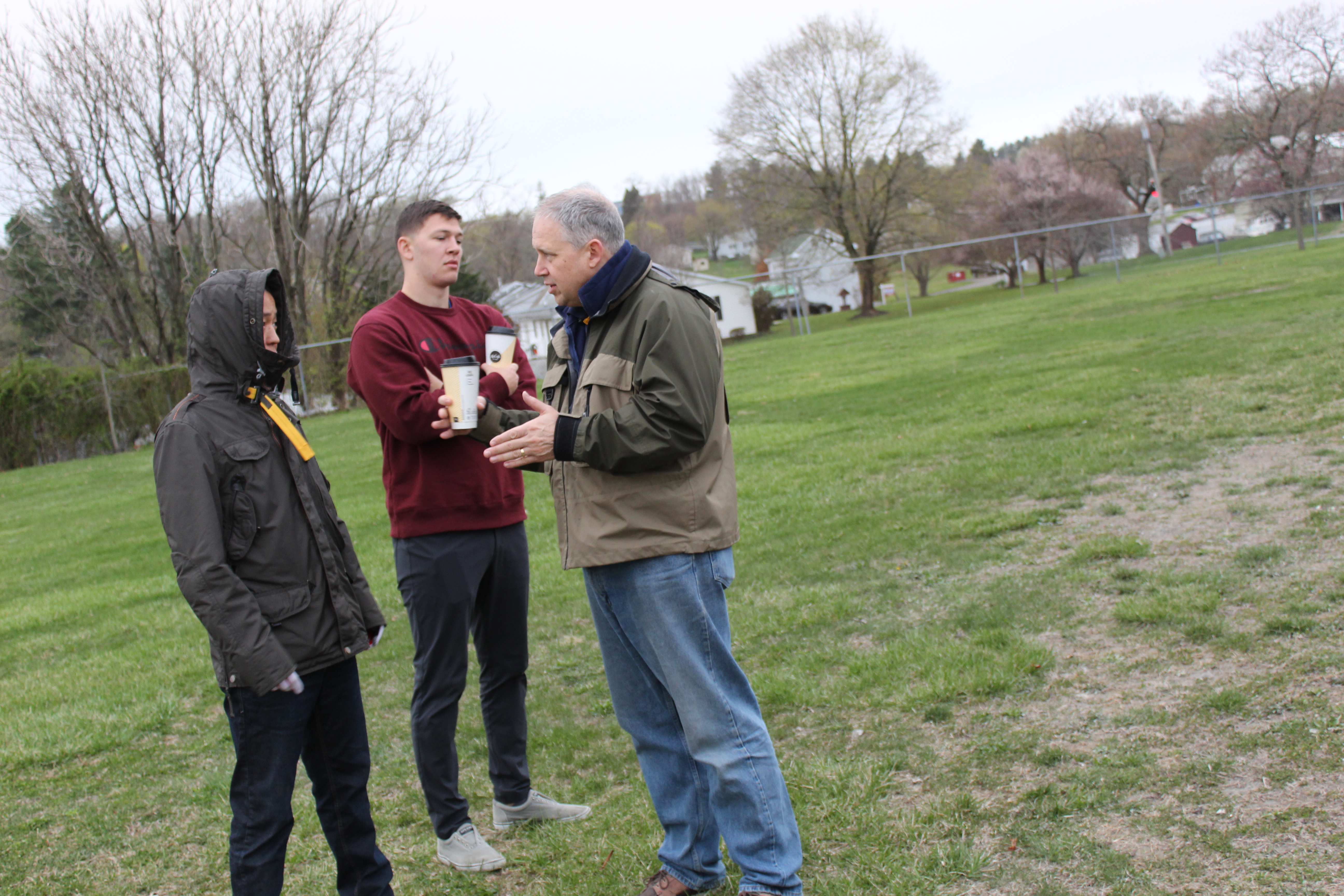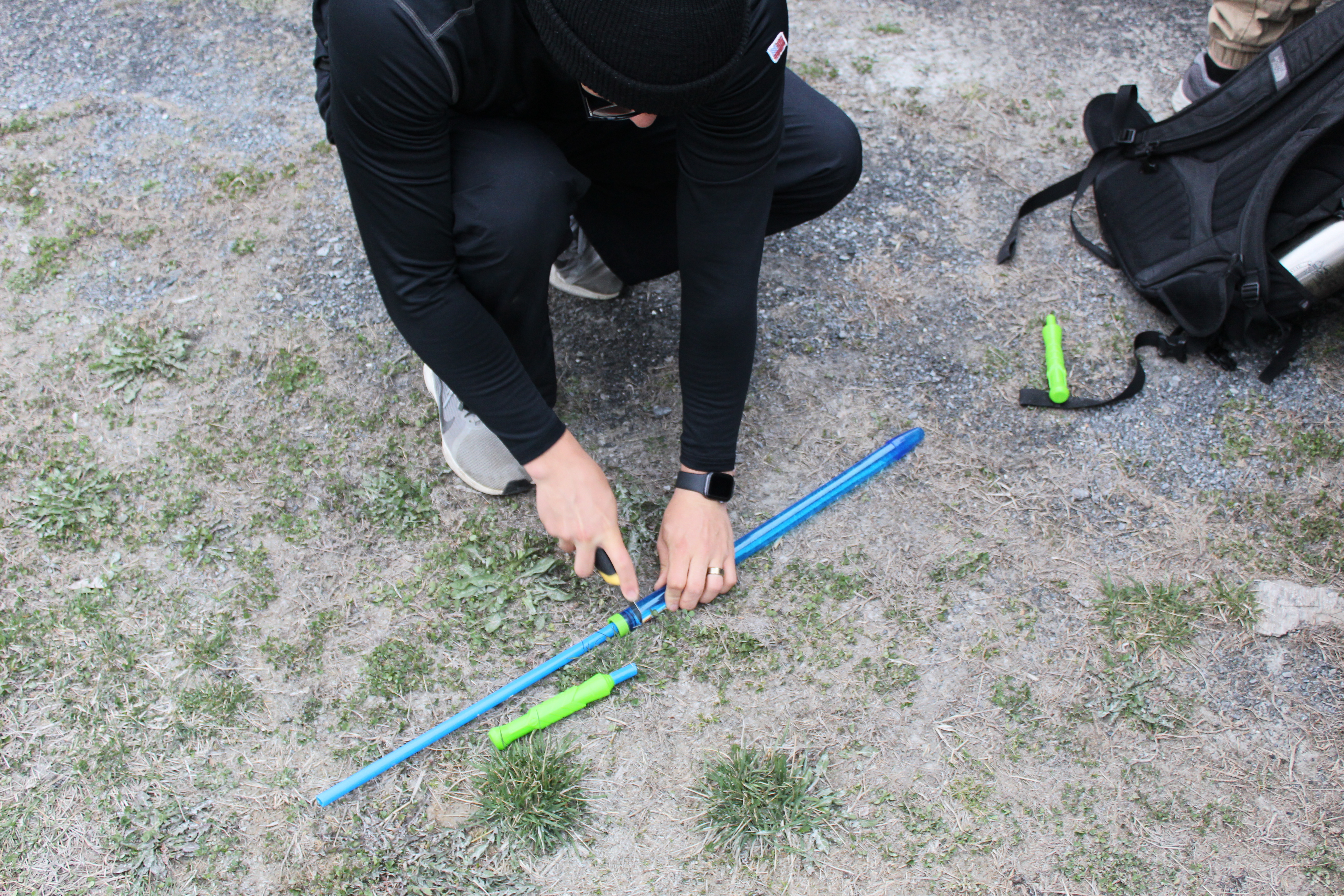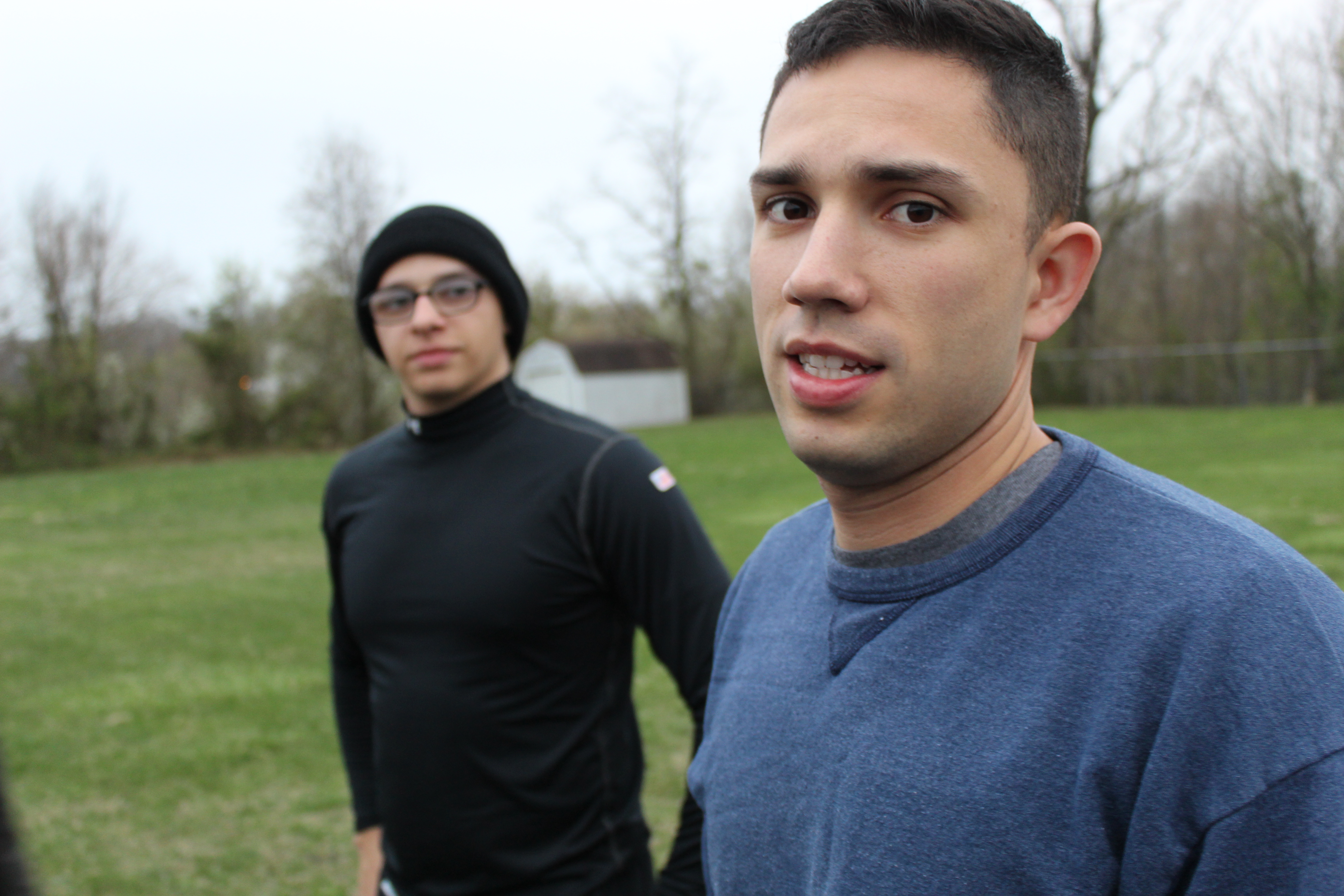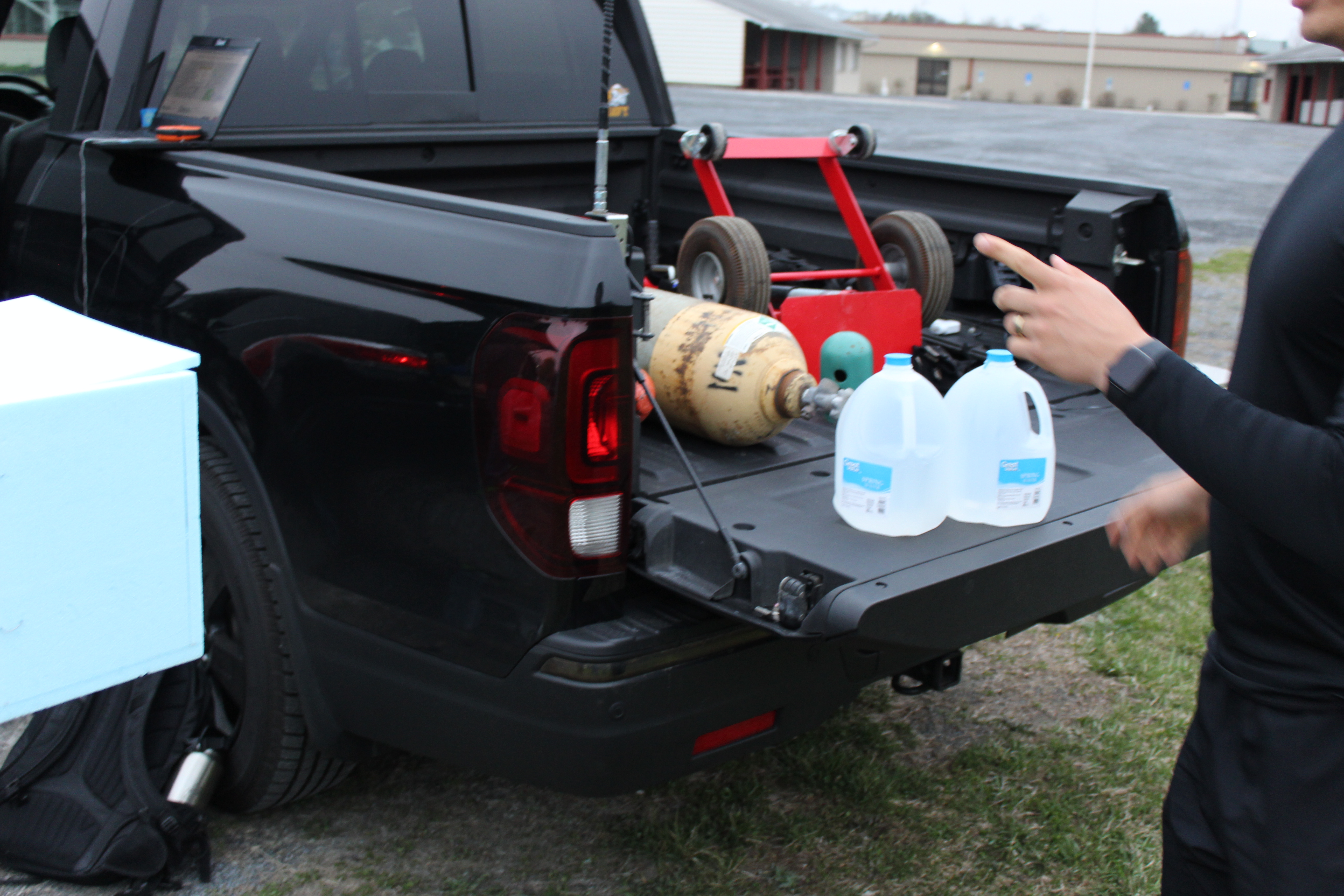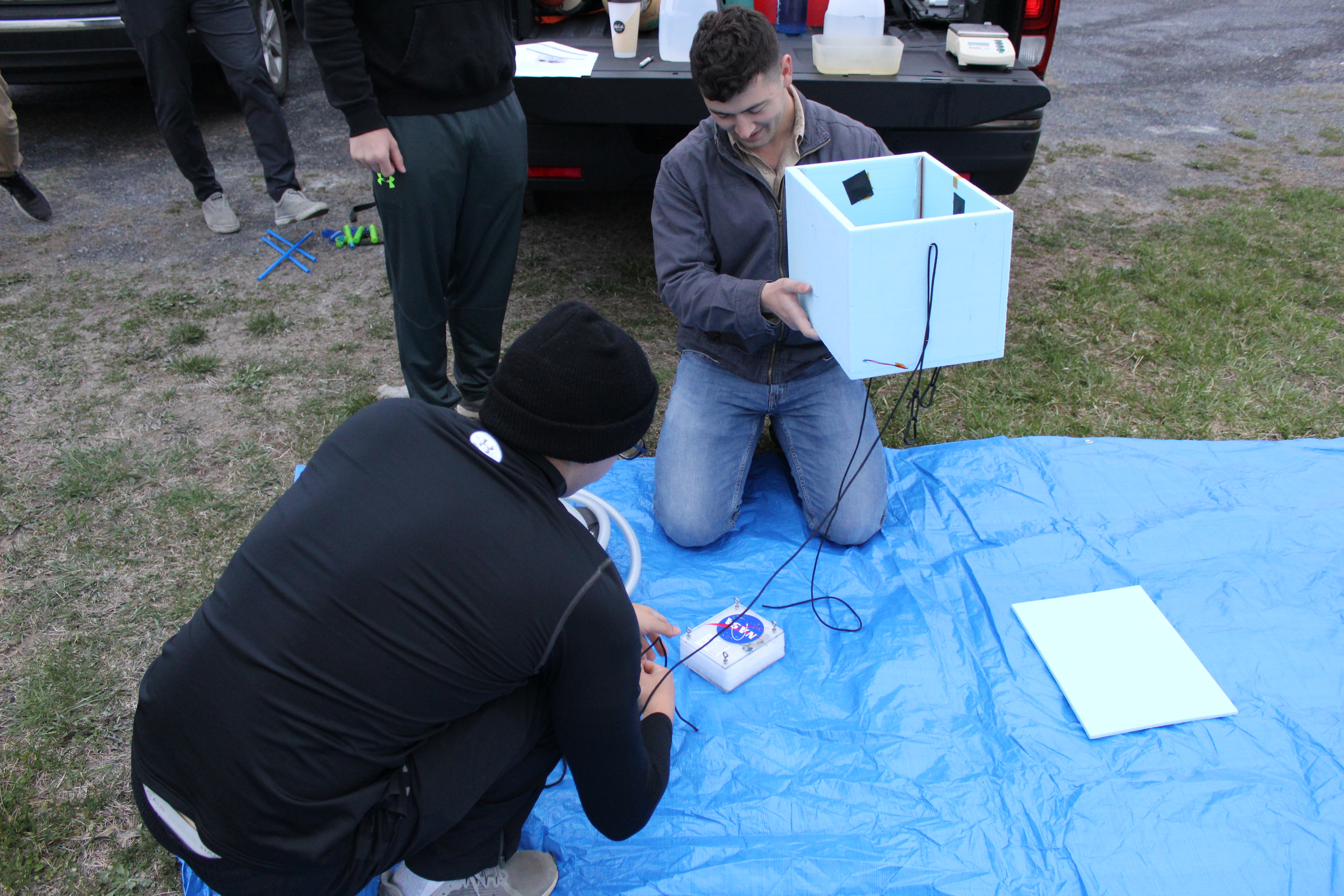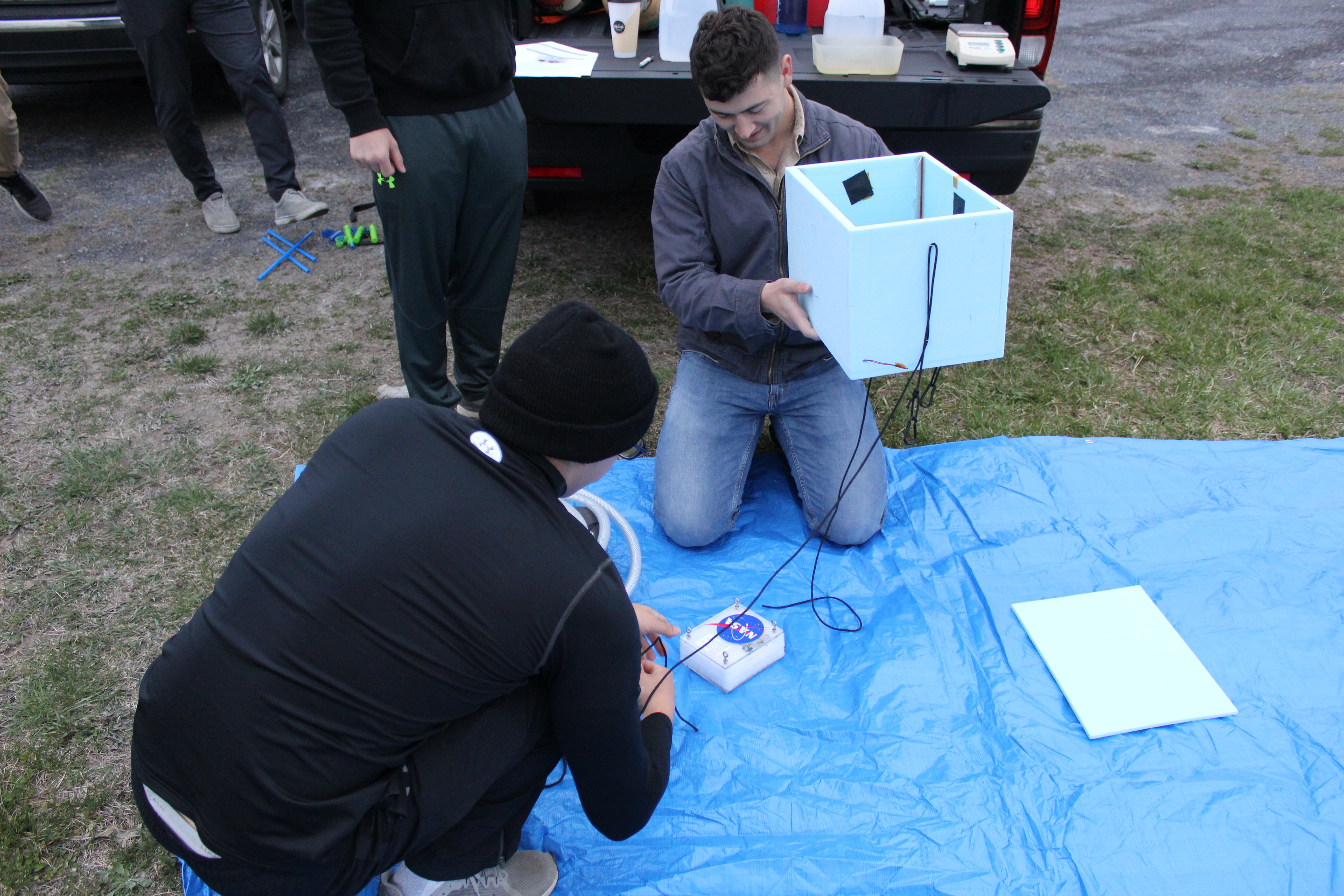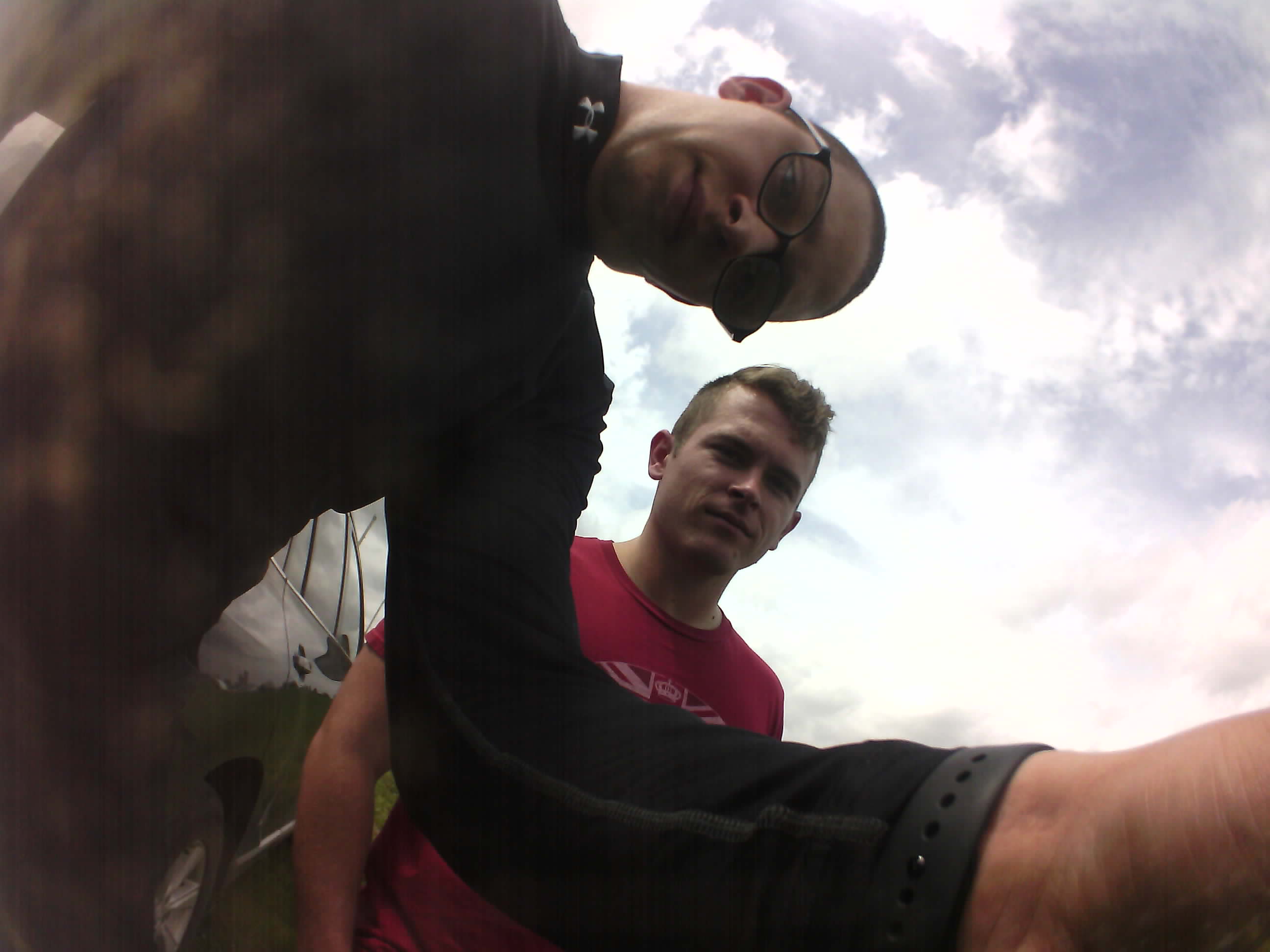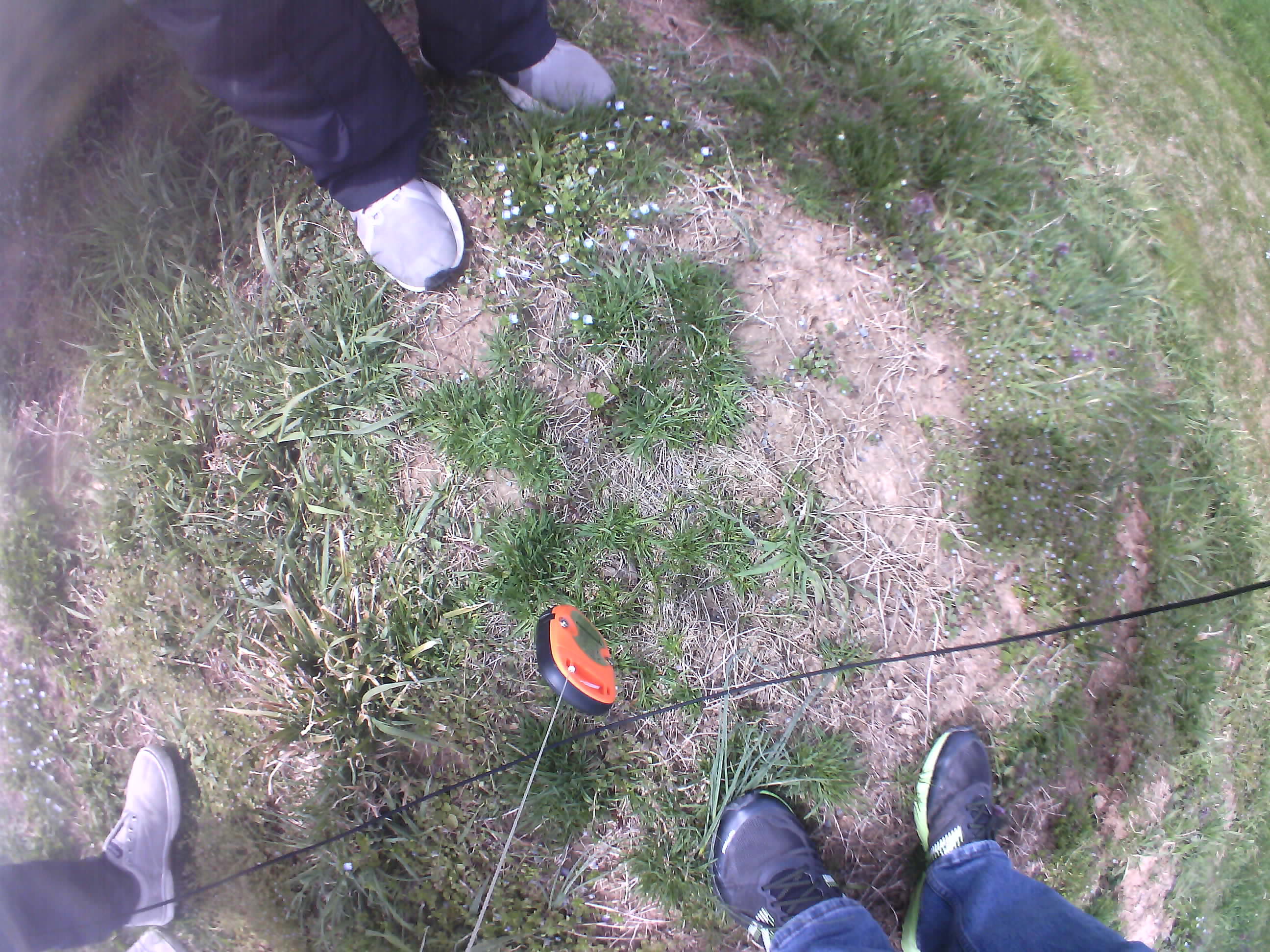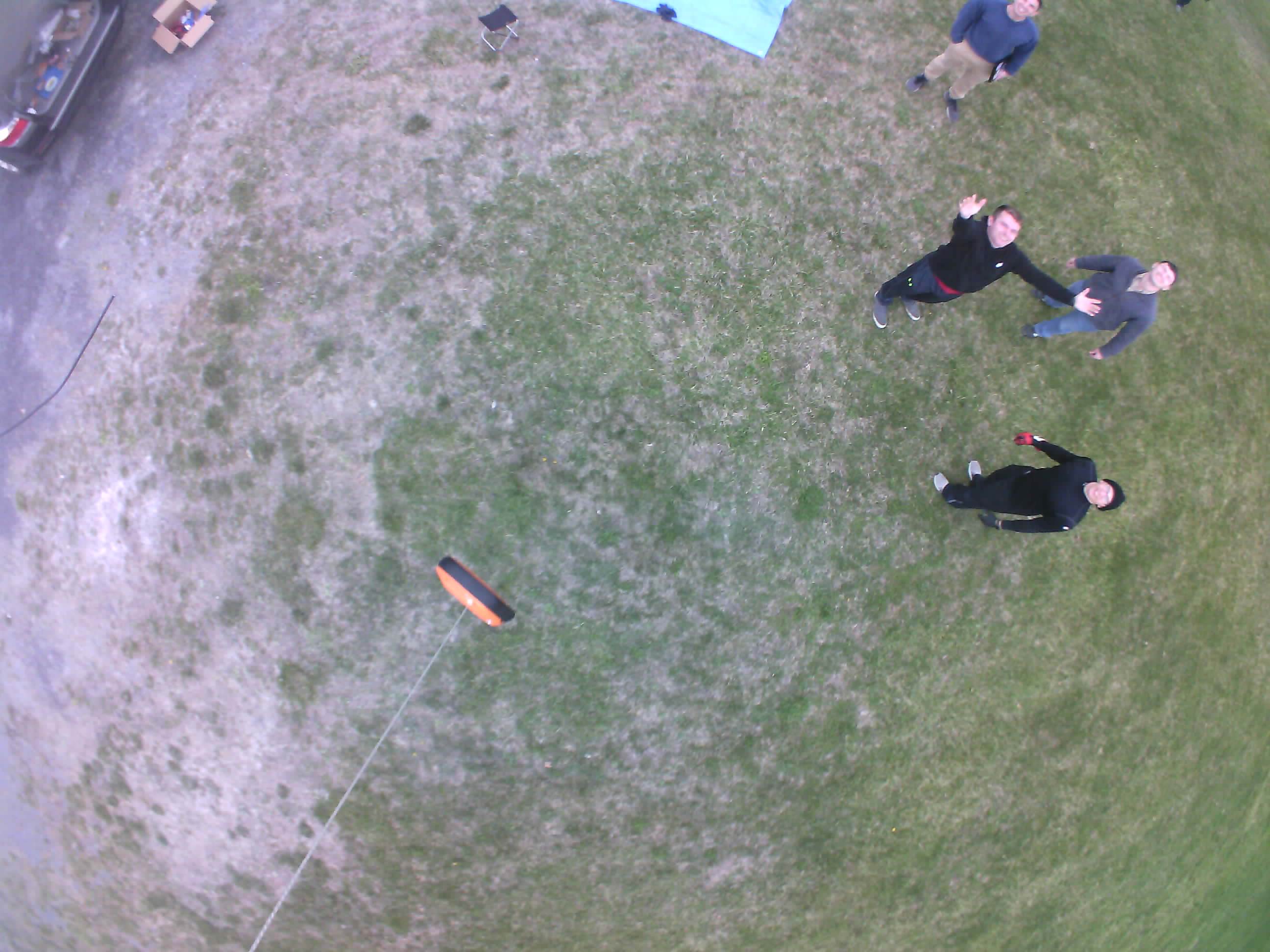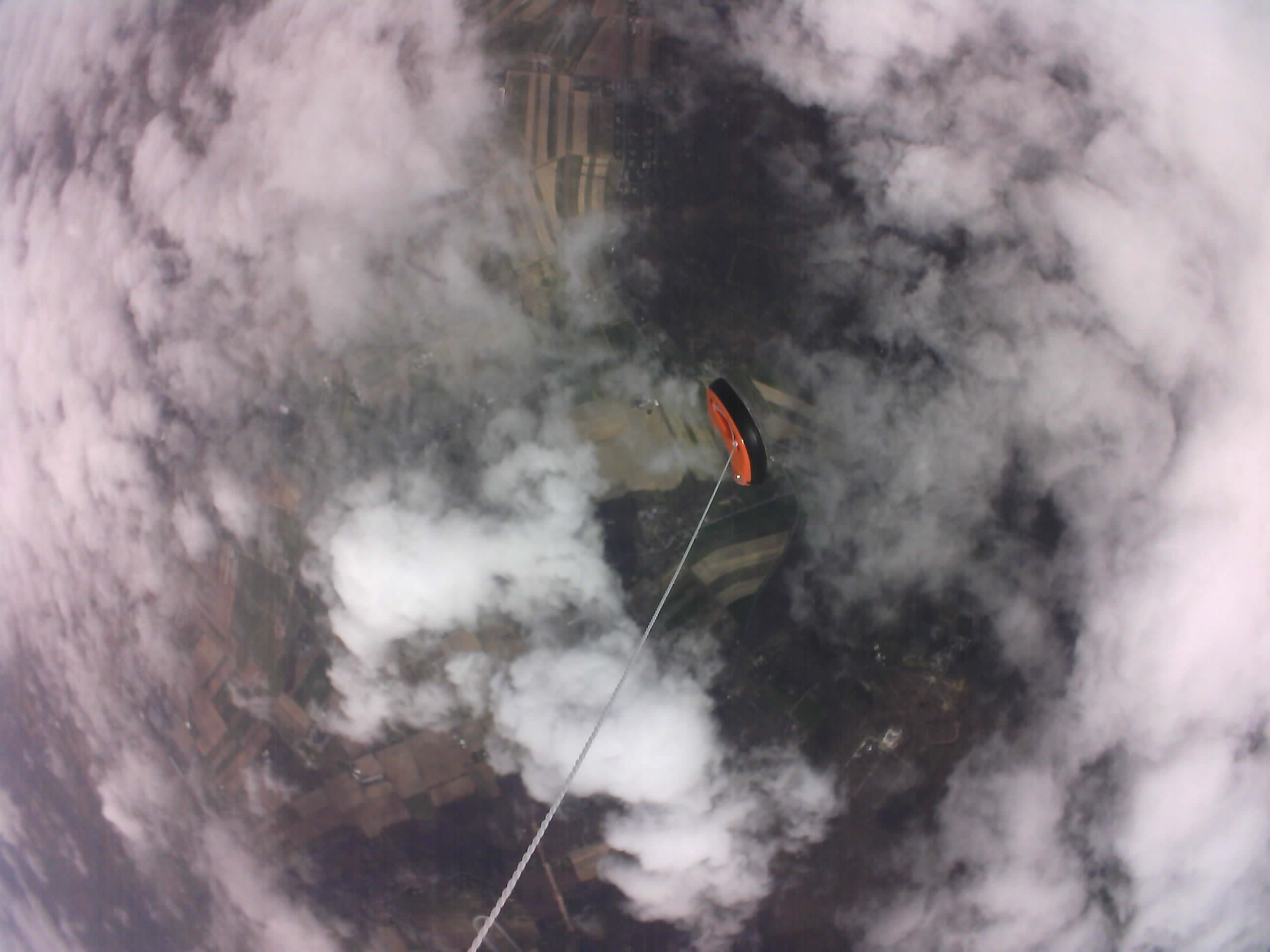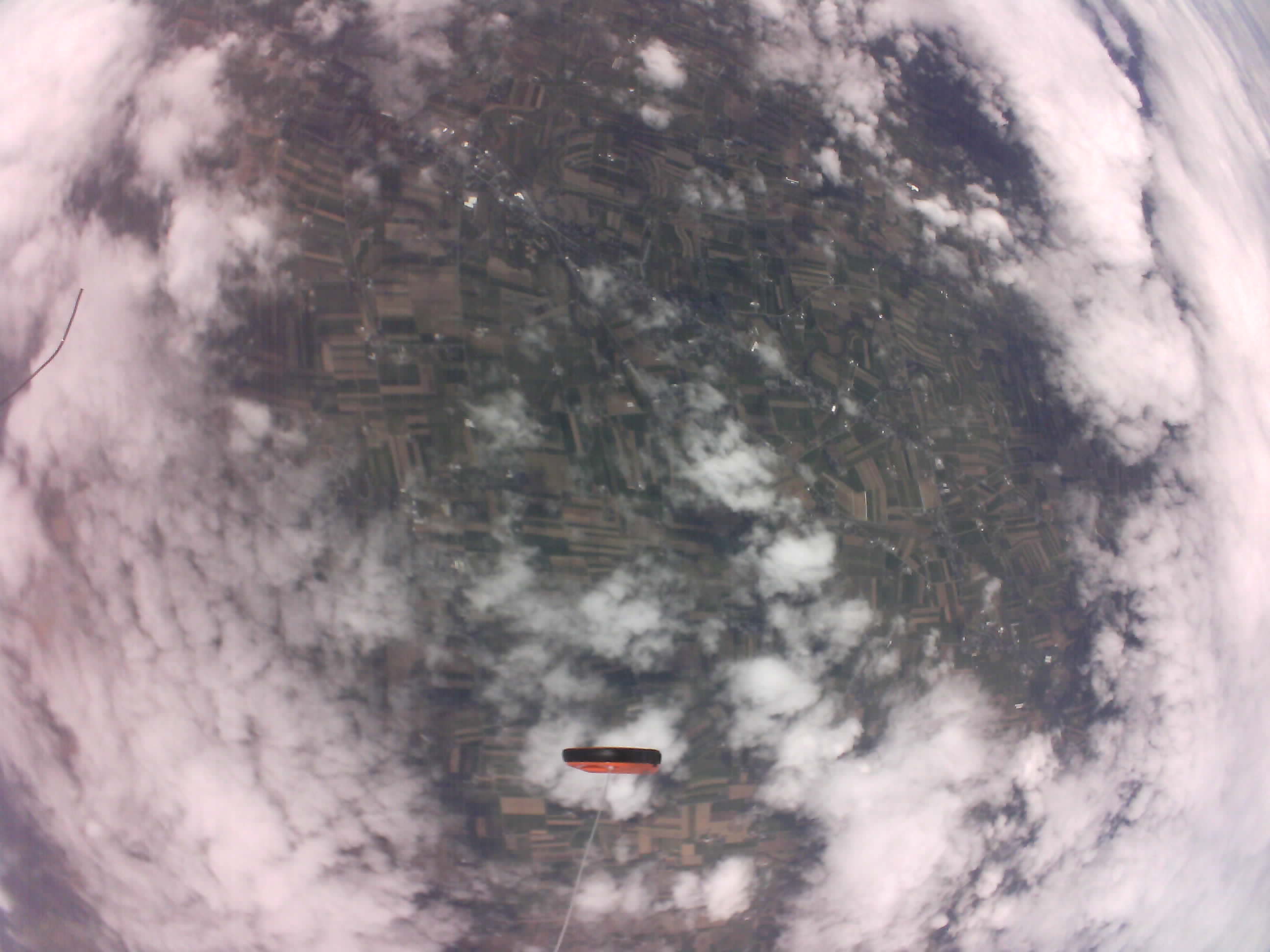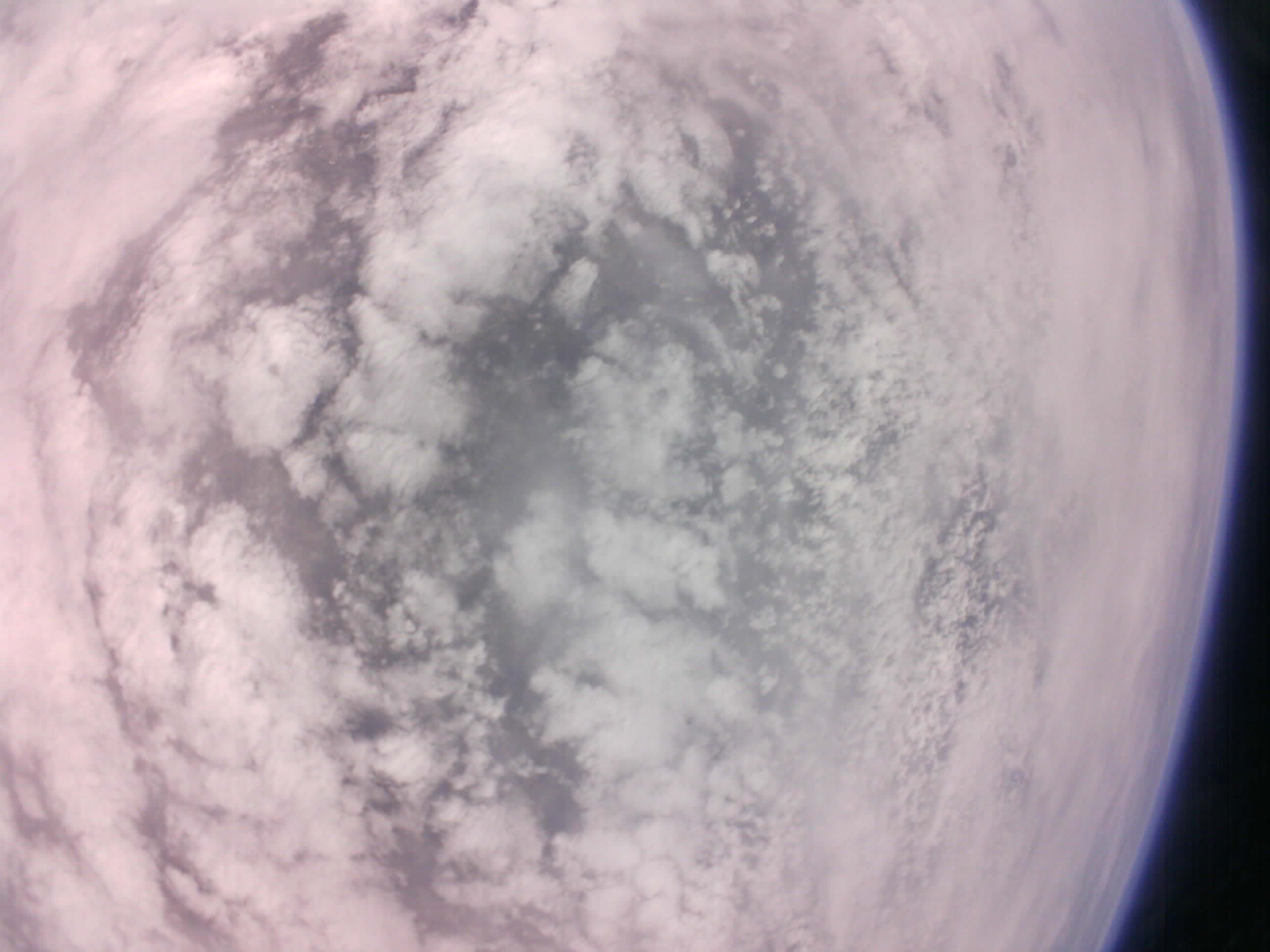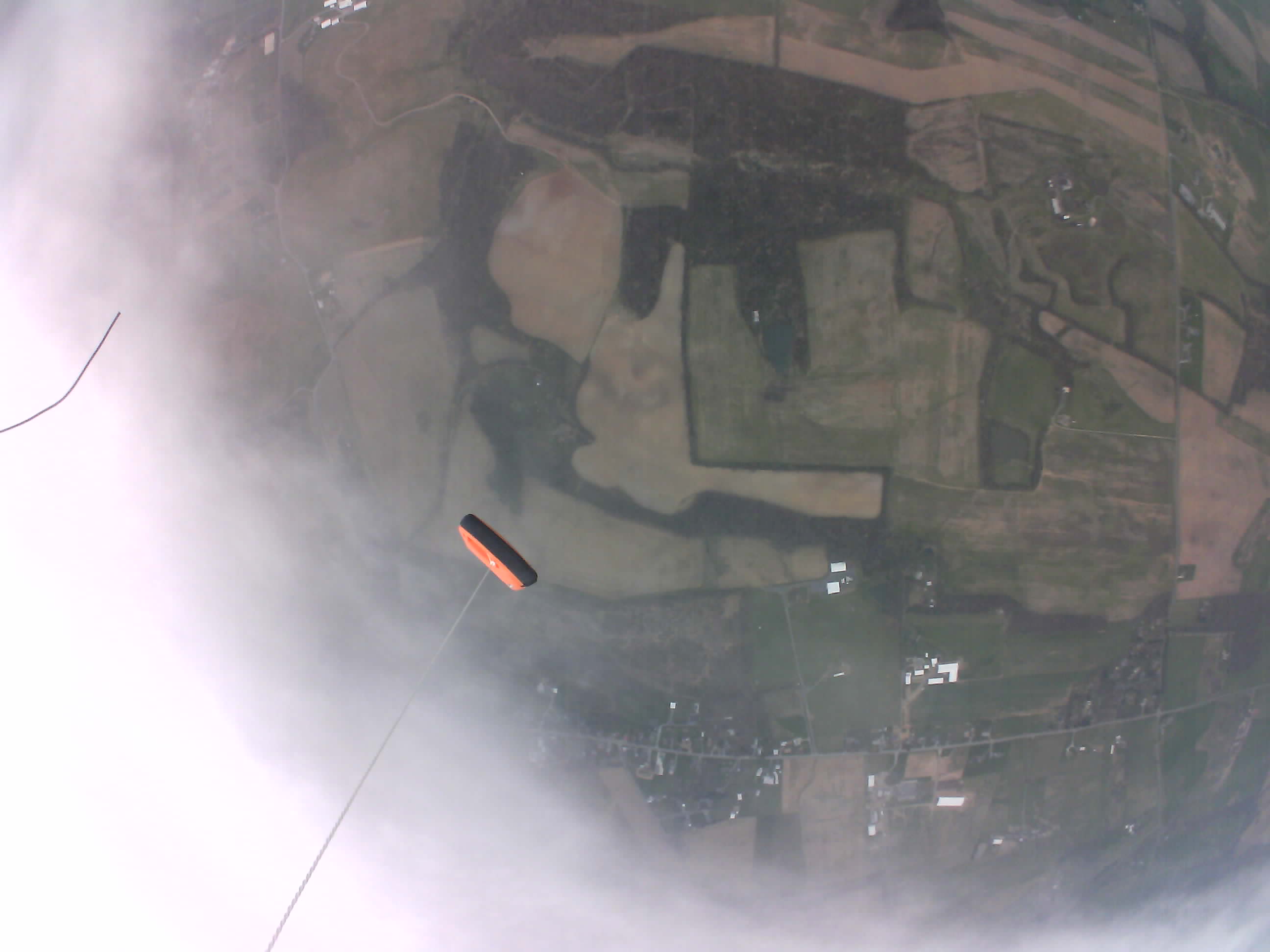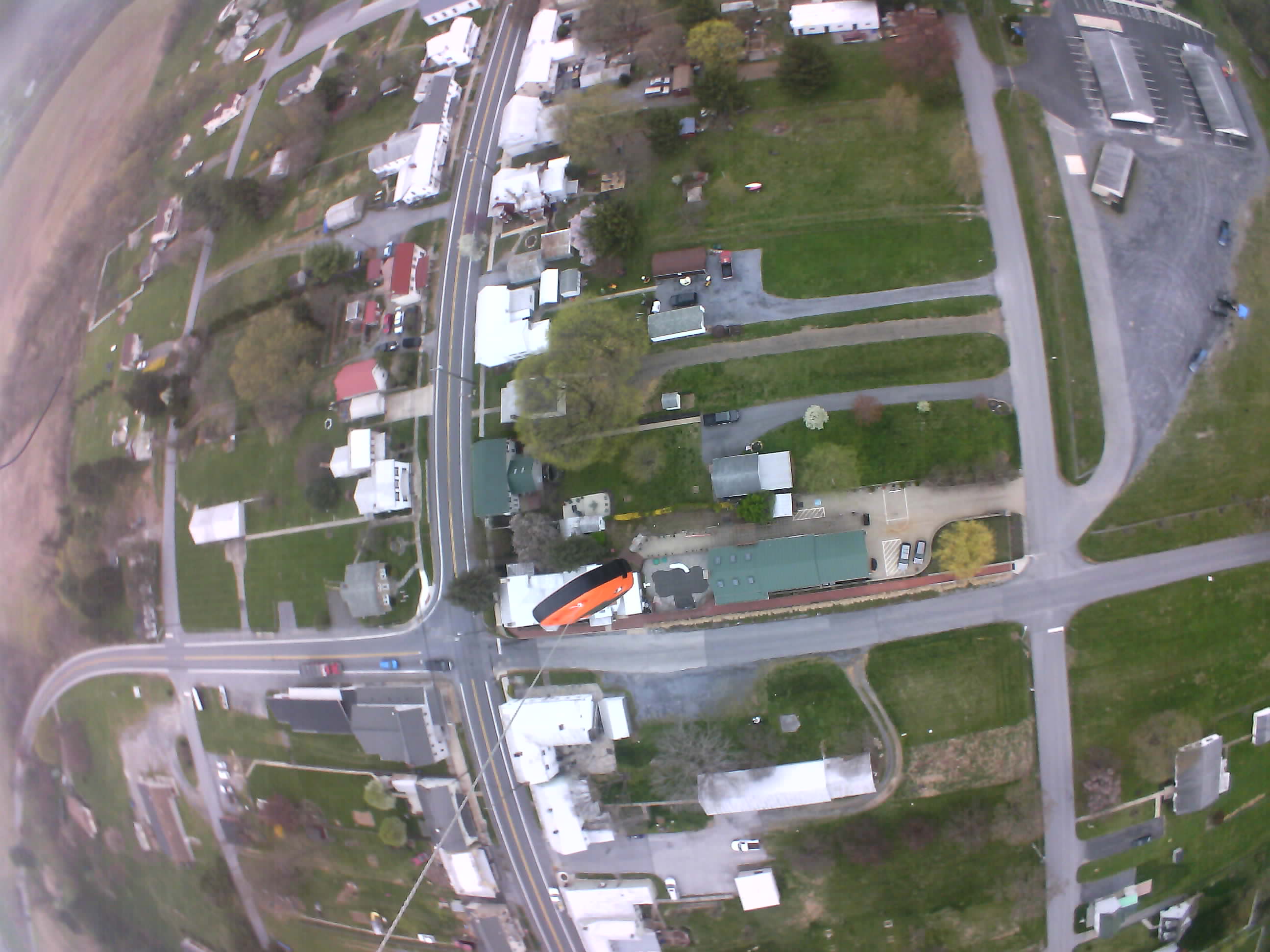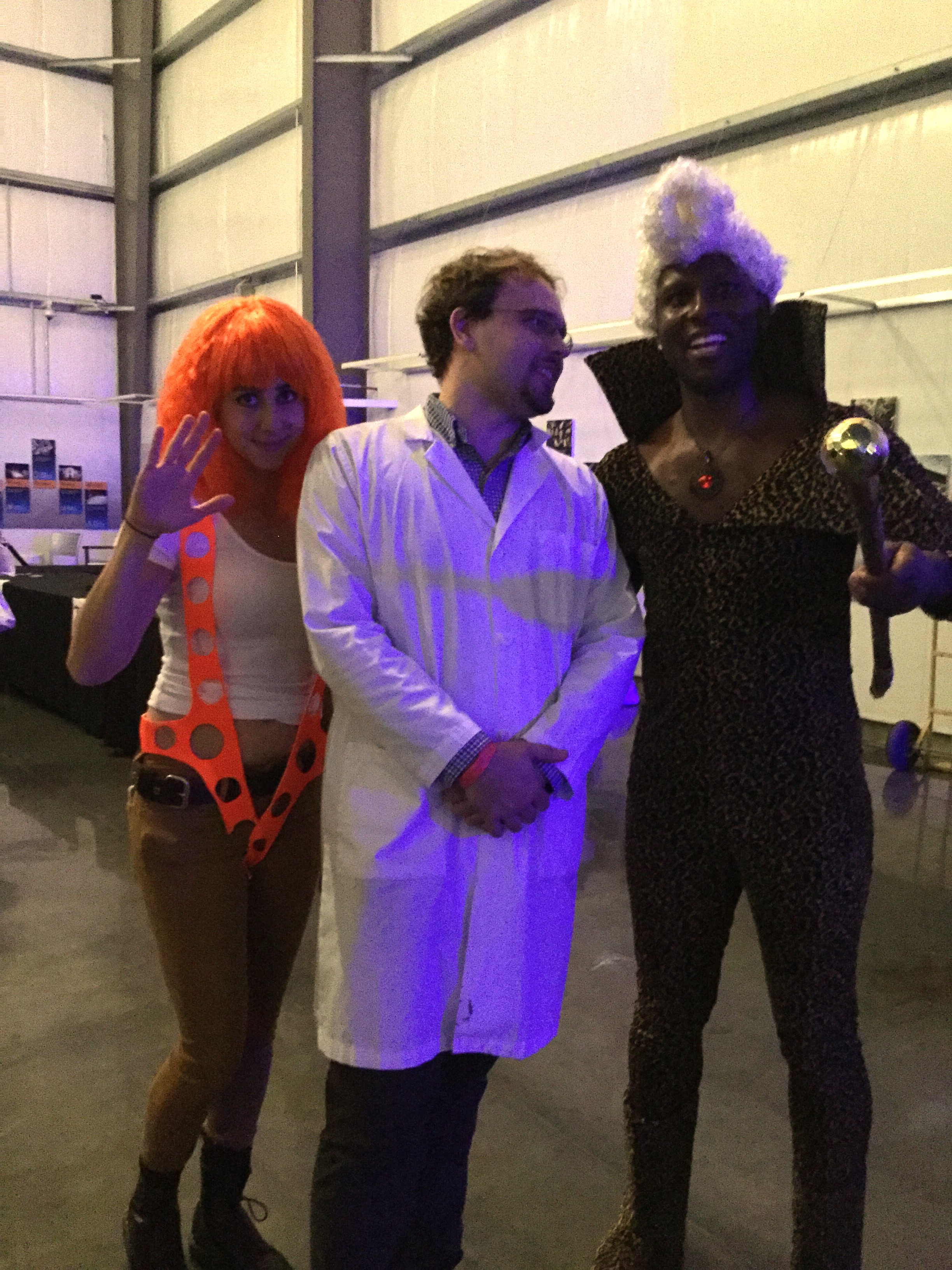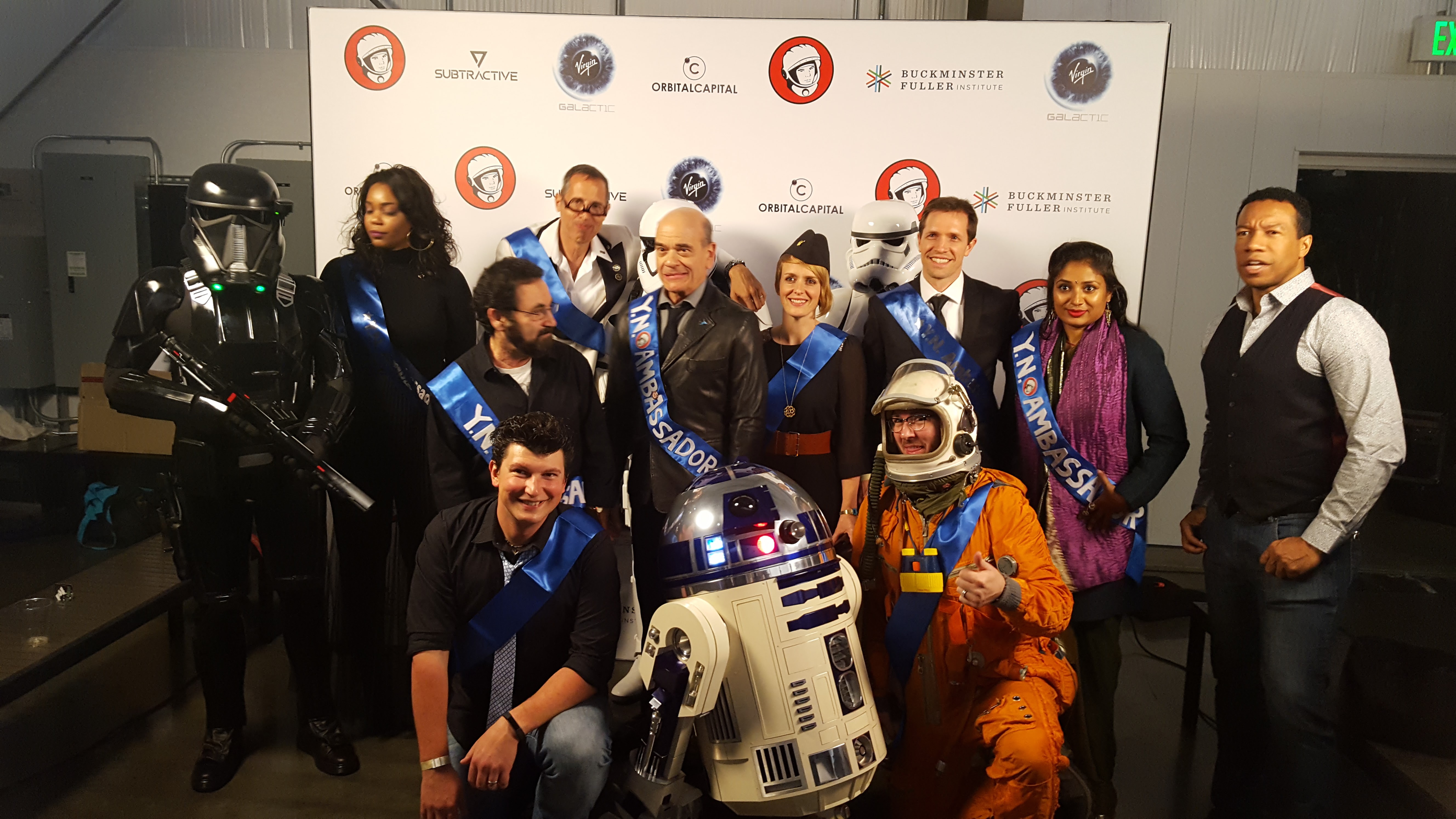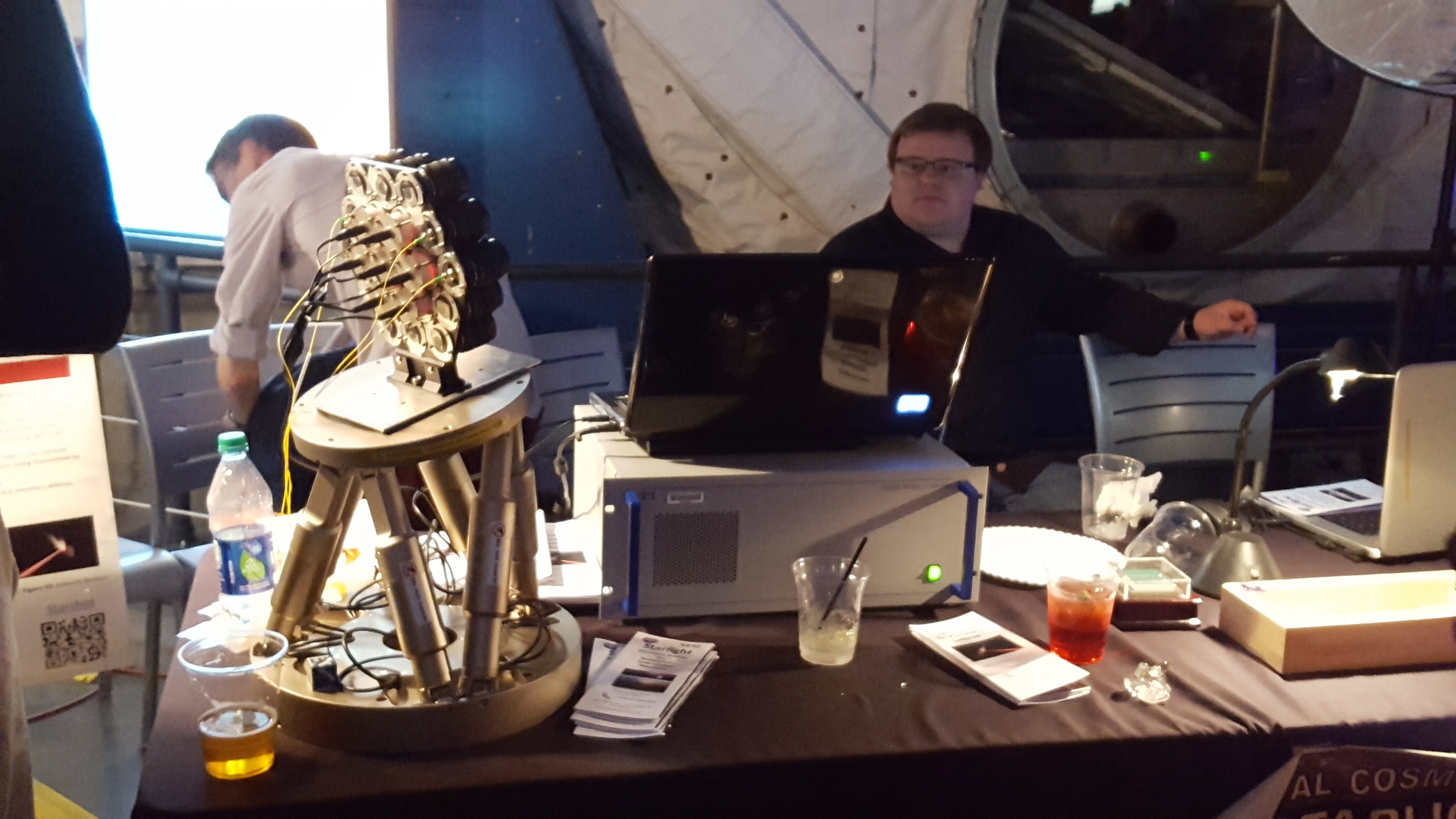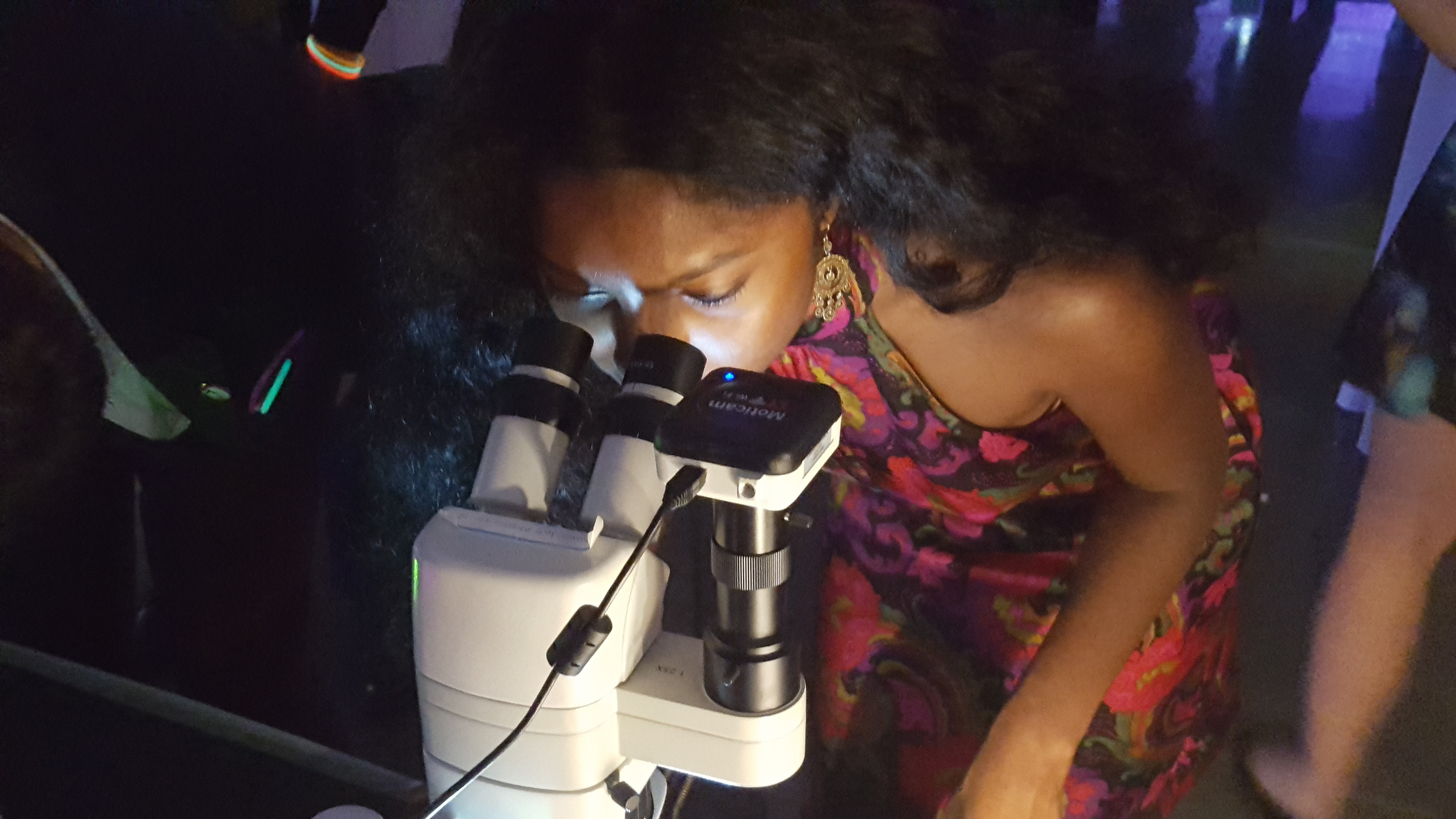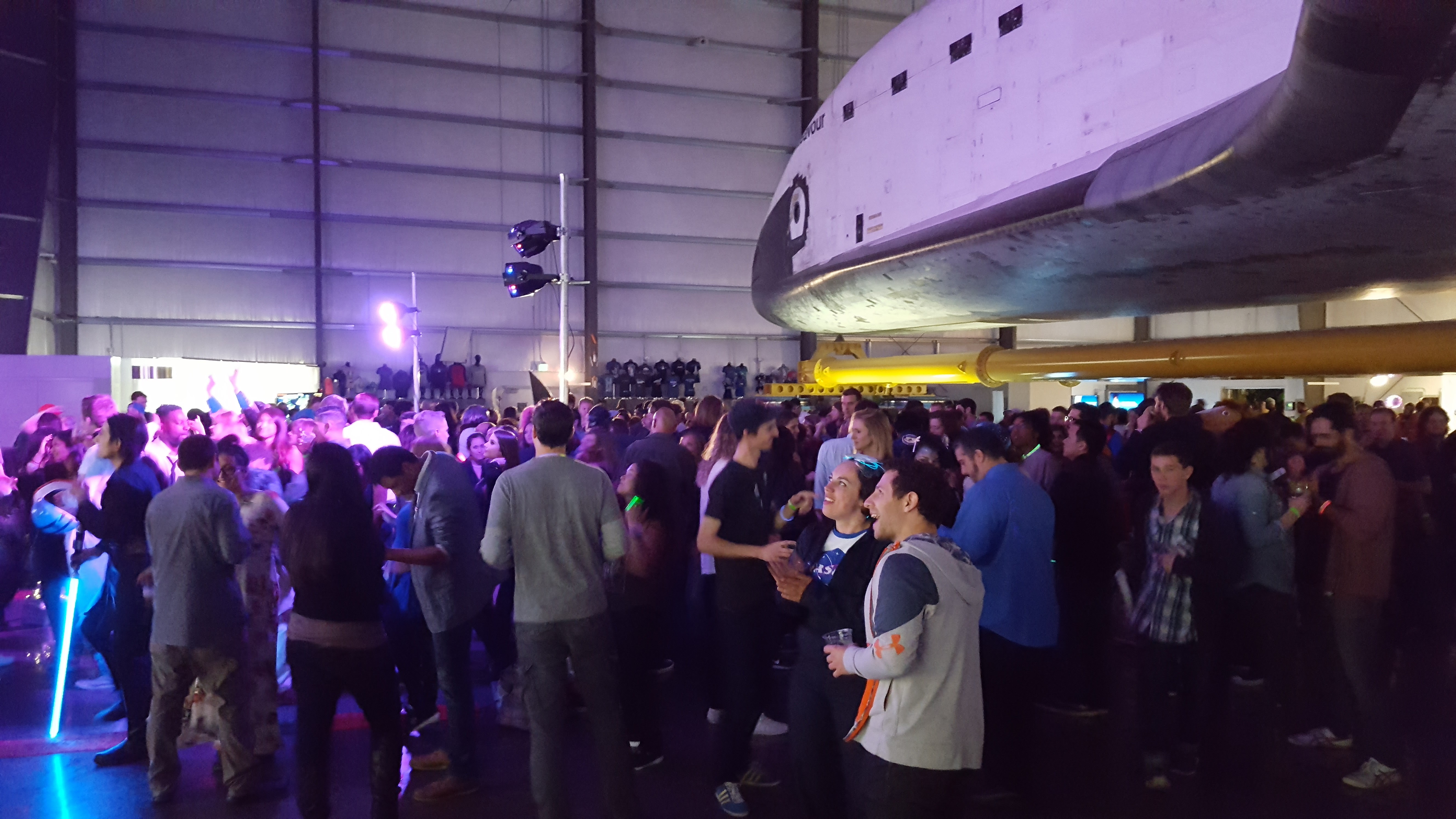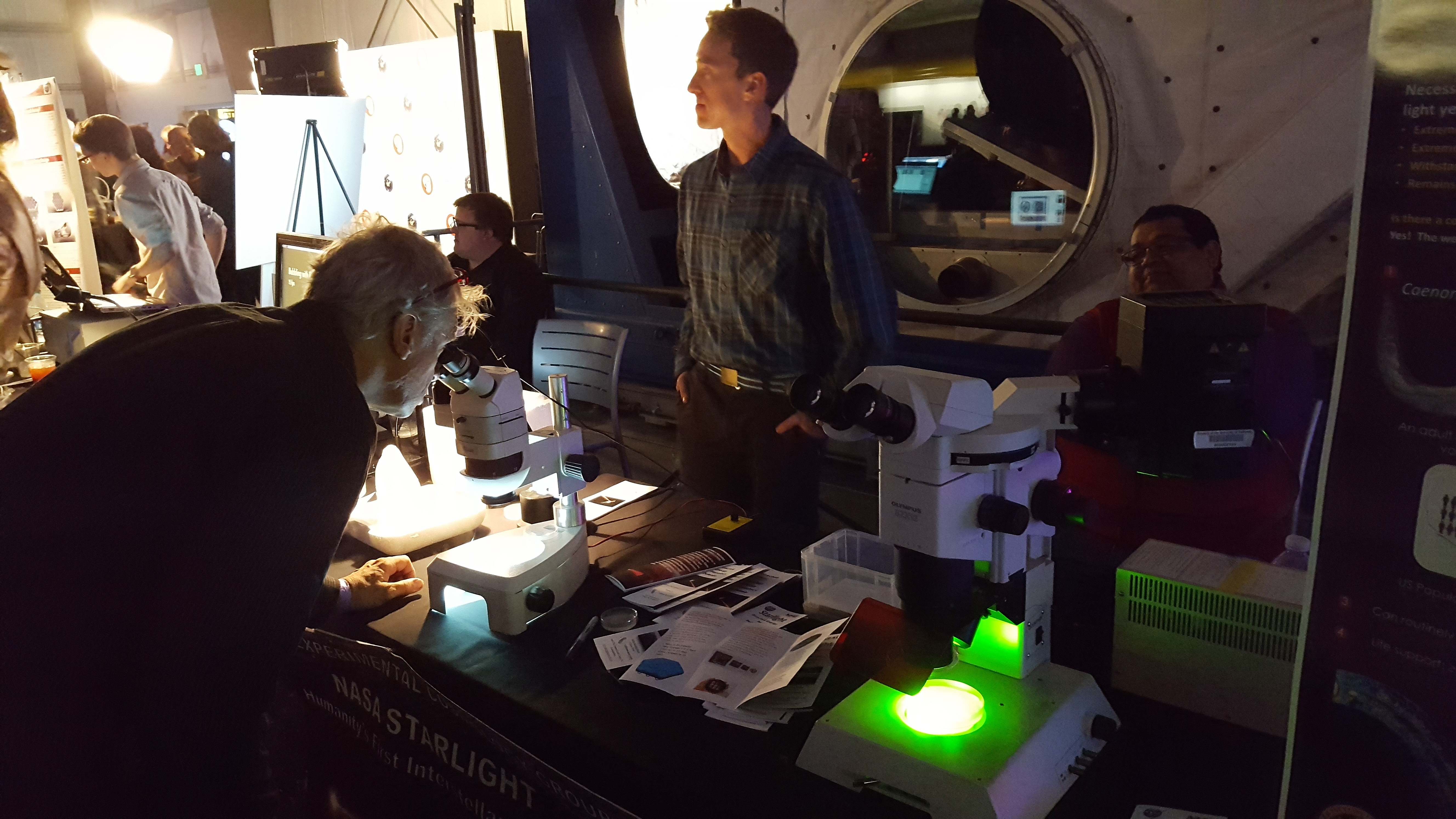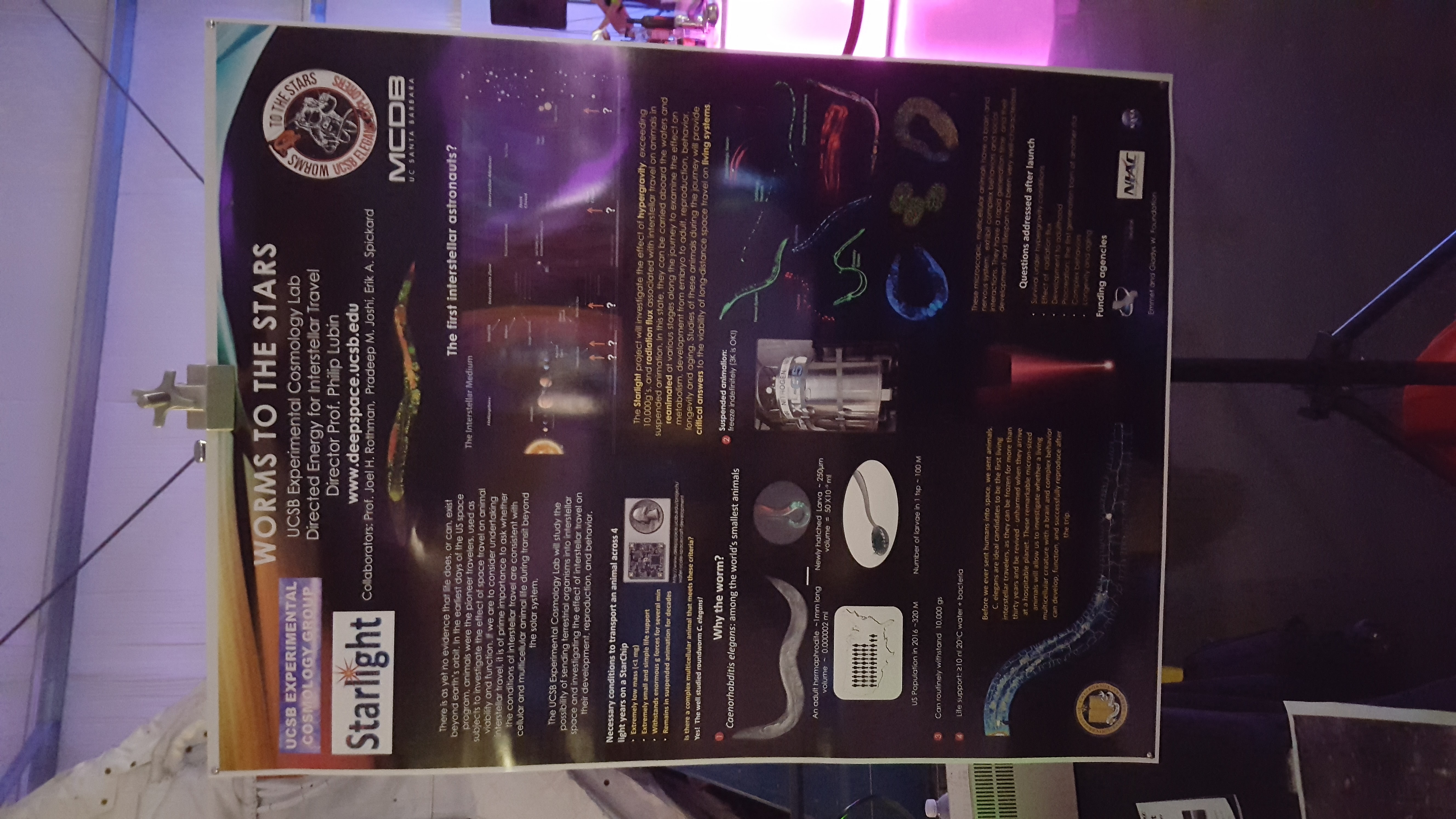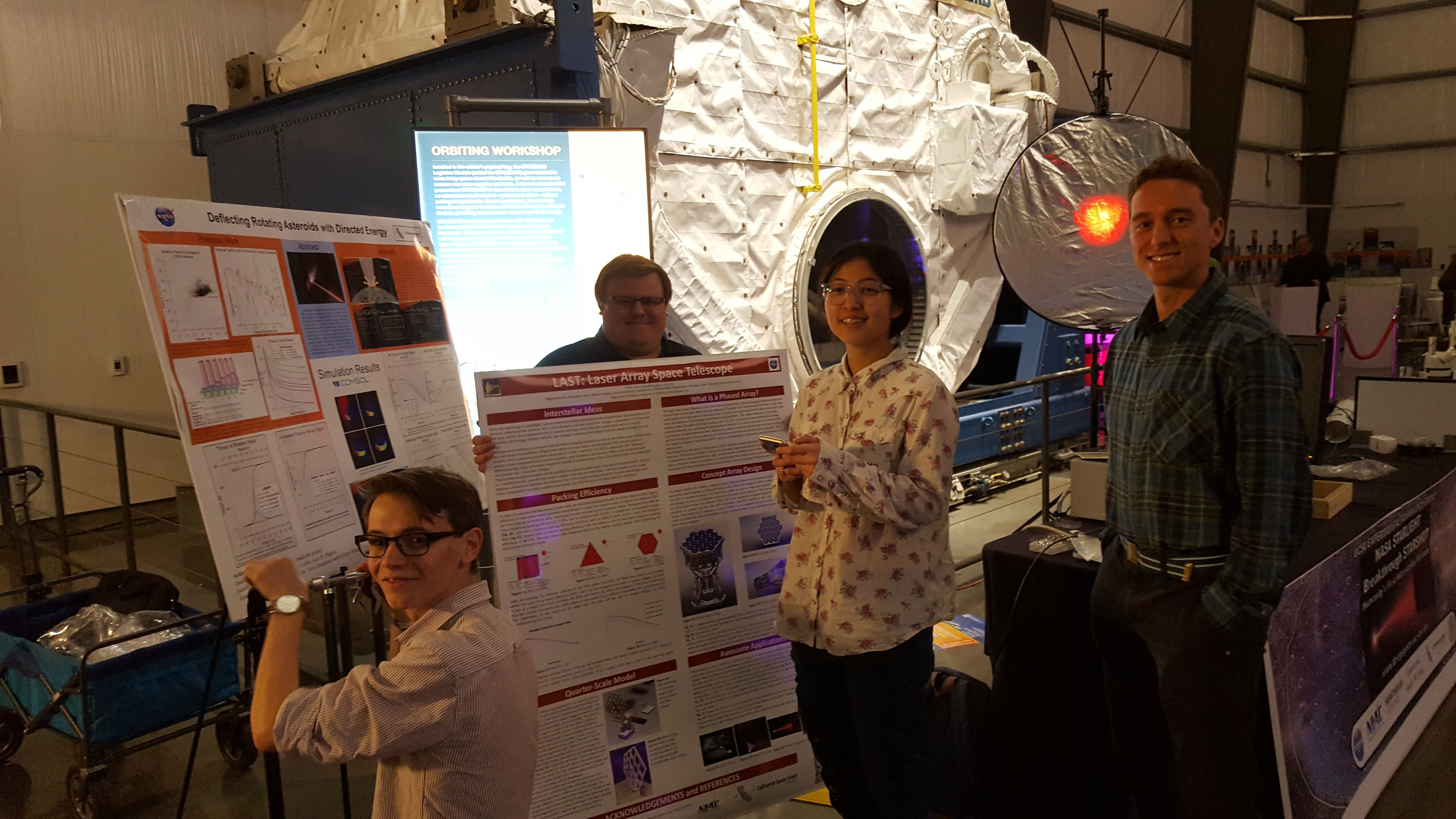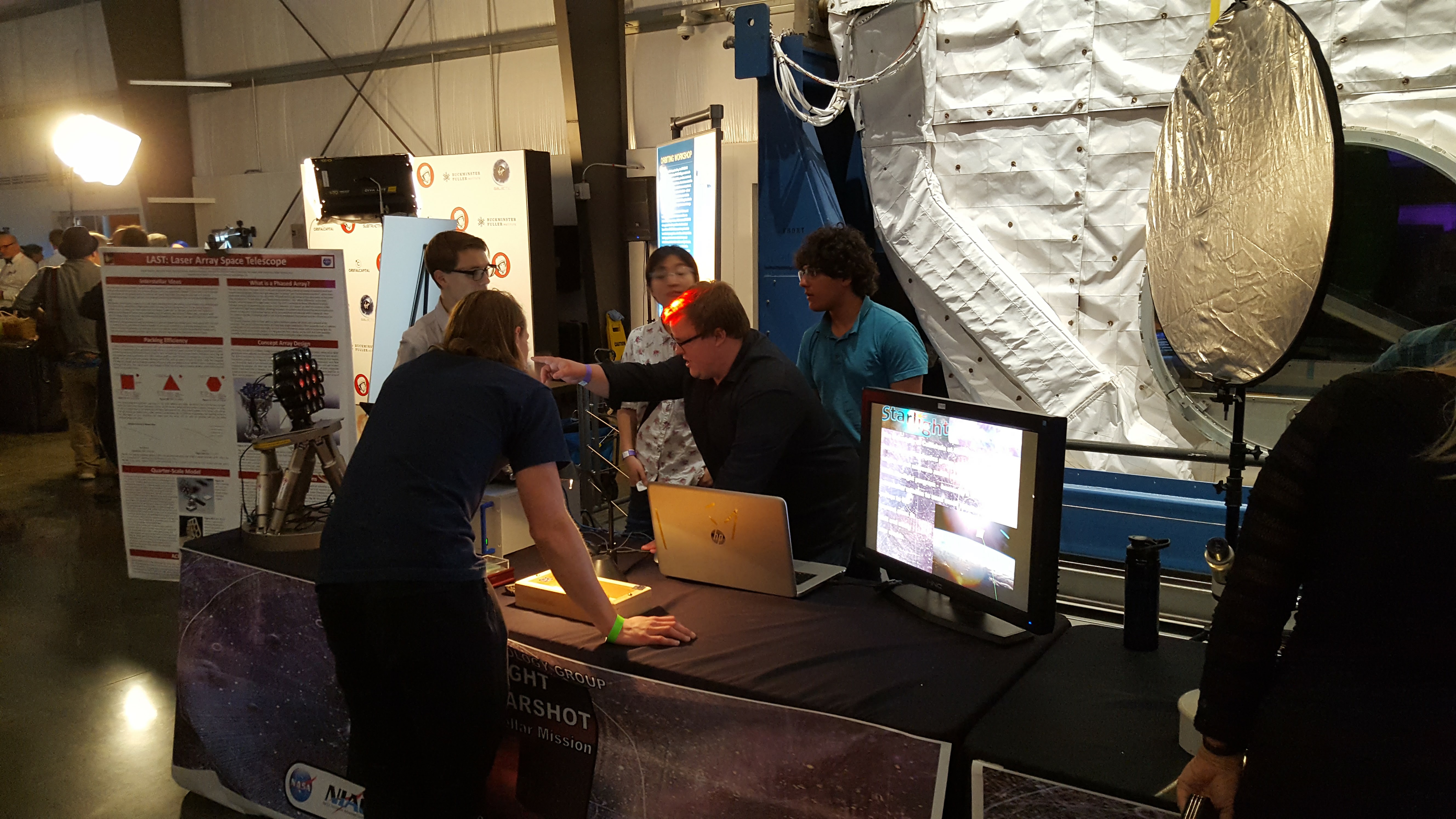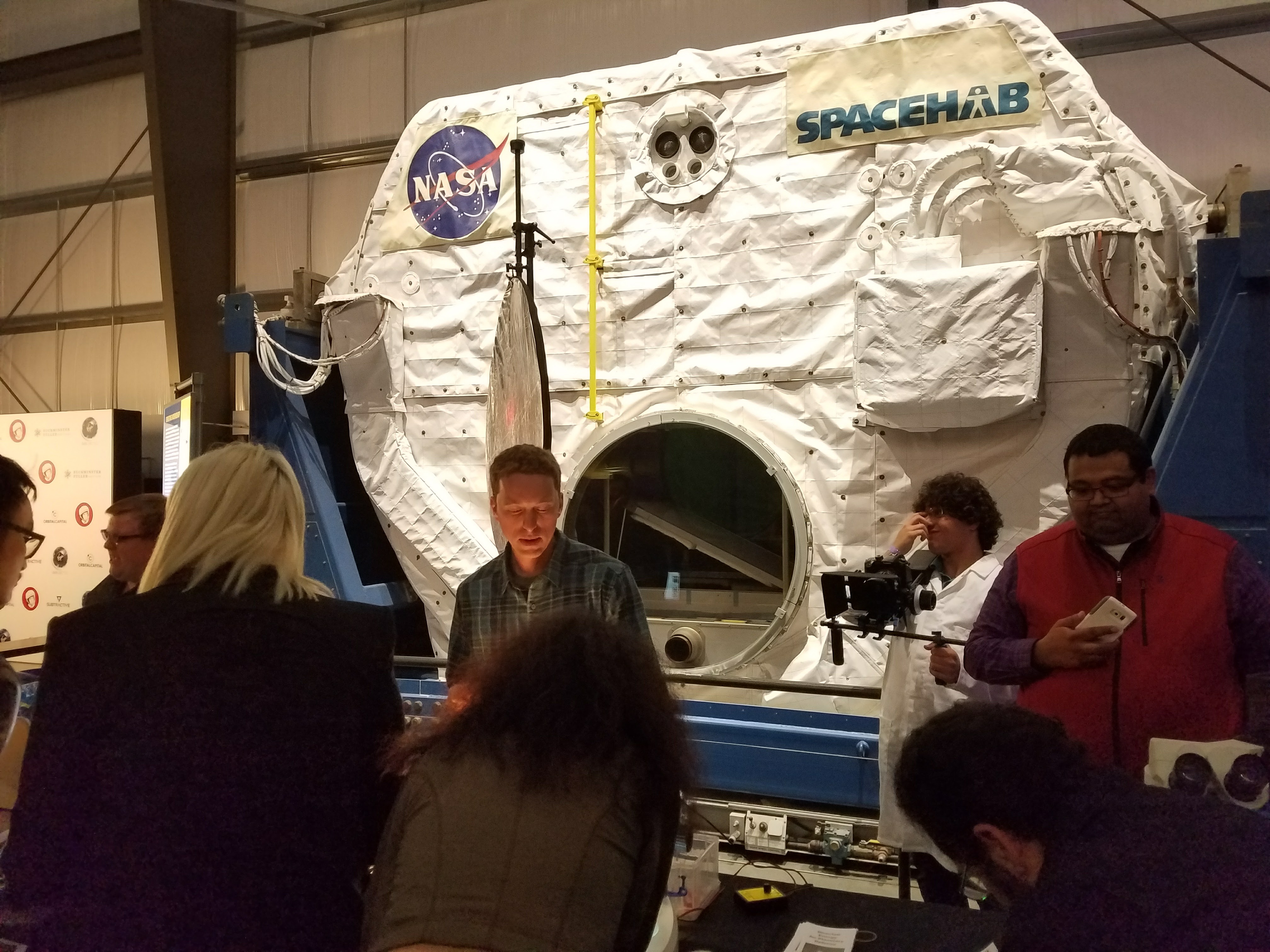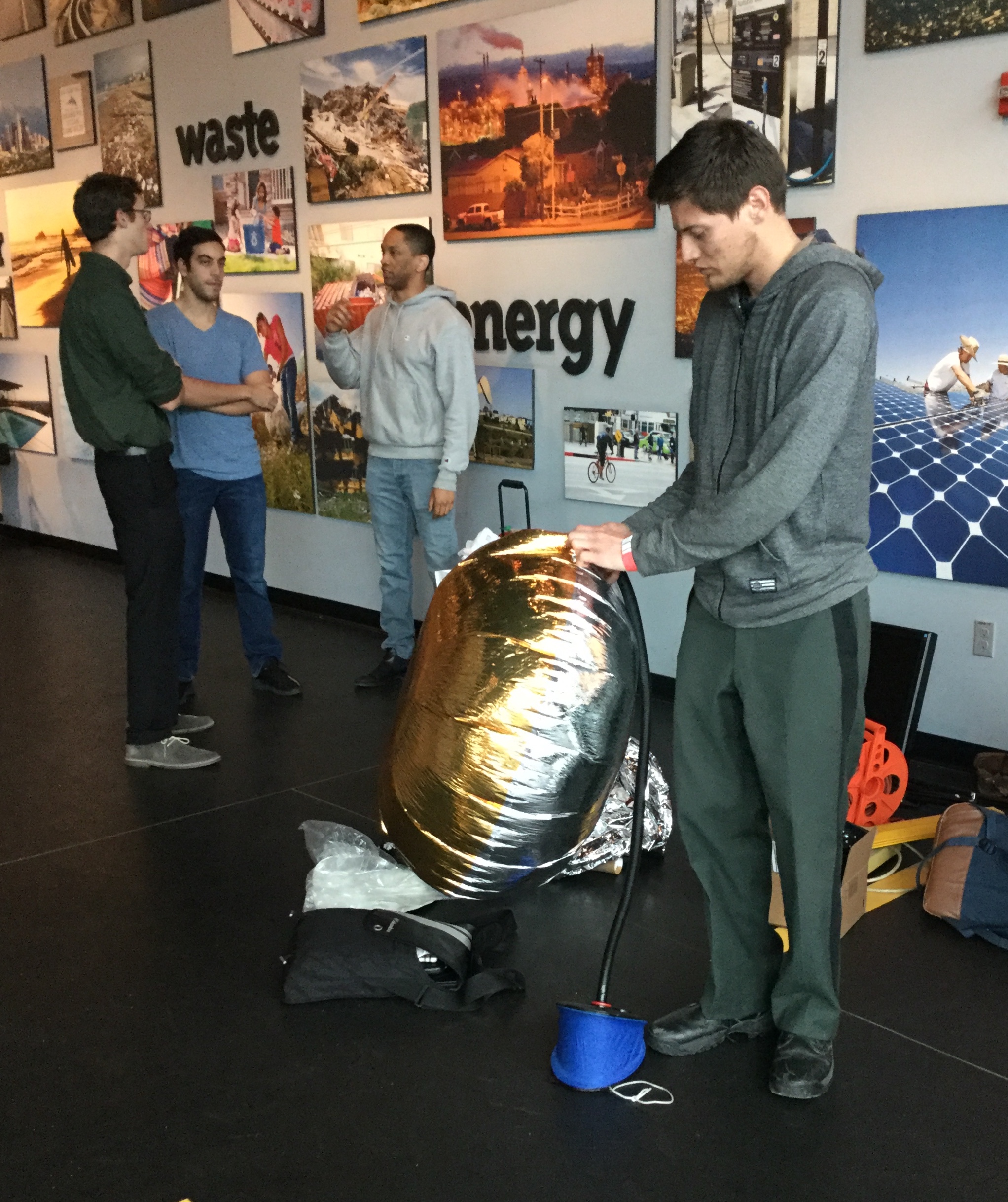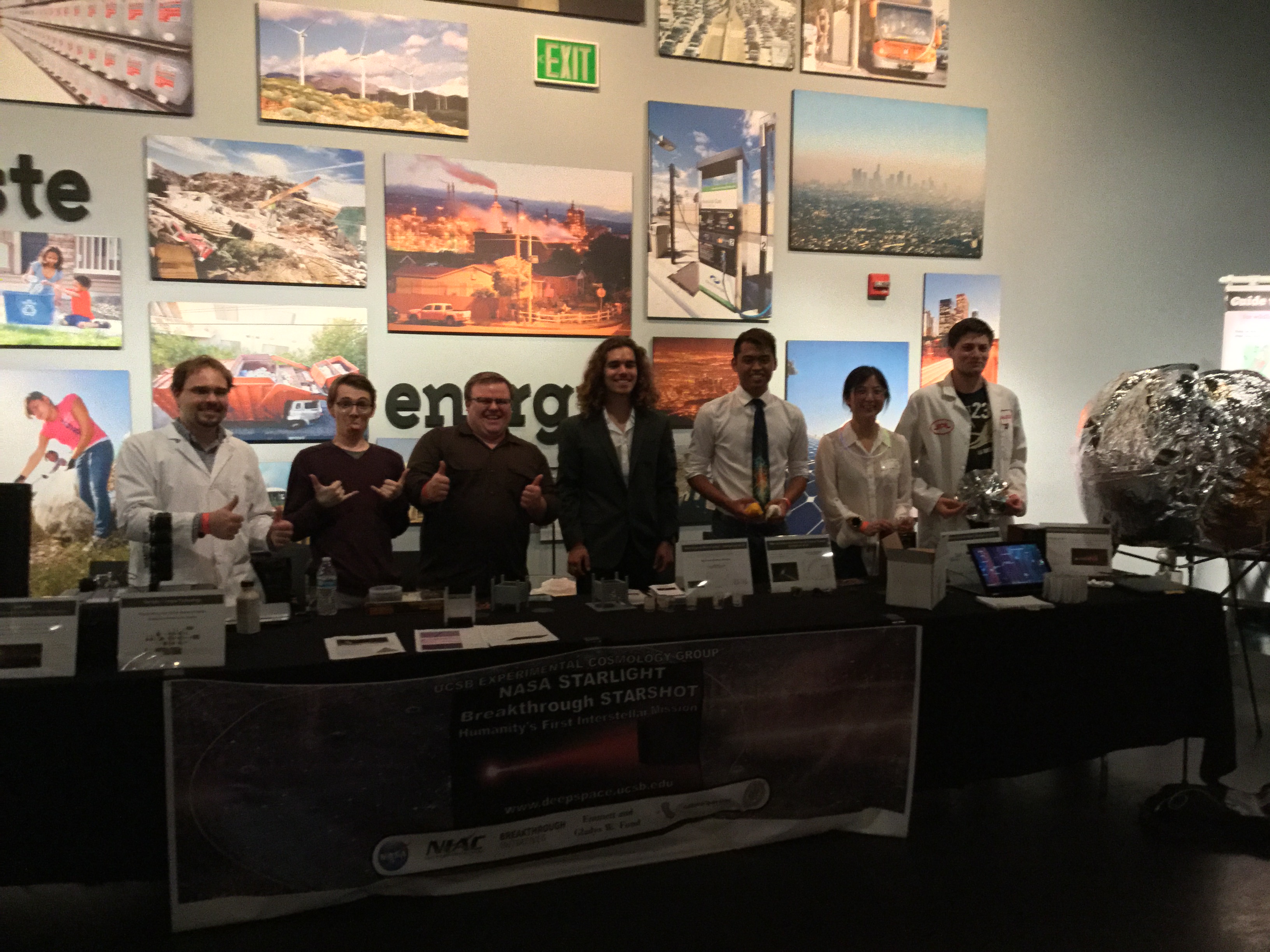- Home
- Classes
- Physics 150 – Nuclear Weapons – Physics, Policy, Proliferation – Fall 2025
- Physics 134 – Observational Astrophysics – Fall 2025
- Astro 1 Spring 2024
- INT 86TN Planetary Defense – Spring 2024
- Symmetry & Aesthetics in Contemporary Physics
- INT 184 – PL Interdisciplinary Honors Seminar – Weapons of Mass Destruction – Spring 2013
- Physics 150 – Modern Design and Fab – Fall 2019
- Physics 4 – Winter 2023
- Physics 141 – Optics – Spring 2019
- Physics 145L – Astrophysics Research
- Physics 199 – Independent Research
- Projects
- Interdisciplinary Center for Interstellar Exploration (iC)
- NASA Watts on the Moon
- Extrasolar Travelers
- CMB-S4 – Ground Based CMB Cosmology Program
- Wafer Scale Spacecraft
- PI-Multimodal Planetary Defense
- Lunar Rover Project
- DE-STAR
- Starlight
- GreenPol – CMB Cosmology
- PLANCK
- Starshot
- SETI
- Small Projects
- Previous Projects
- Facilities
- People
- Net
- Outreach
- Media Links
- NASA Space Grant Student Scholarships
- Bright Stars – VoH
- ARC – Undergraduate Aerospace Research Coop
- POINT – Undergraduate Physics Organization for Innovation and Technology
- All Sky Camera Project
- Education and Public Outreach
- Gaucho Rocket Project
- Undergrad Research Opportunities
- The Space Race
- Misc
- Papers
lubin
This user hasn't shared any biographical information
Homepage: http://www.deepspace.ucsb.edu
Posts by lubin
Wafer Scale Spacecraft Pole to Pole Flight Nov 2019 to Aug 2020
Dec 29th
In collaboration with Robert De Laurentis (https://flyingthrulife.com/) we were able to “fly” one of our third generation “wafer scale spacecraft” from the south Pole to the north Pole in a modified twin engine aircraft piloted solo from “Pole to Pole”. Starting in November 16, 2019 Robert took off from San Diego, CA to flew south eventually flew over the South Pole and then “hopped” northward until reaching the North Pole and then returning to San Diego in August 2020.
His mission was both of exploration in the limits of solo flight in small aircraft but also as a “World Ambassador” promoting peace and the vision of exploration. We have been working with Robert for several years as he prepared for his historic mission. Robert became interested in our work on finding a solution to enable humanity to reach far outside our solar system and enter another. We installed a fully functional autonomous WSS Gen 3 “spacecraft” on the inside of his aircraft looking out of a window, taking pictures, logging GPS coordinates and sensor data. All this was done autonomously with no human input over the 10 month mission. The UCSB WSS-3 worked flawlessly.
See UCSB Current article: https://www.news.ucsb.edu/2020/020031/poles-stars
Funding: UCSB funding for this program comes from NASA grants NIAC Phase I DEEP-IN – 2015 NNX15AL91G and NASA NIAC Phase II DEIS – 2016 NNX16AL32G for the NASA Starlight program and the NASA California Space Grant NASA NNX10AT93H as well as a generous gift from the Emmett and Gladys W. fund. We also acknowledge the support of the Breakthrough Foundation for our Starshot effort.
Below – Selection of images taken by WSS-3. Flight path and UCSB WSS payload design are also shown.
Below – Selection of images takes by UCSB WSS prior to and during flight using the embedded imaging system. The 5 MP images were taken every 2.5 seconds. Approximately 4000 images were taken and stored in onboard flash memory.
Movie of flight images at 15 fps
Below – Recreation of flight path using more than 700,000 points of GPS data collected in-flight by the WSS

Wafer Scale Spacecraft Flight 4-12-19
Apr 12th
In collaboration with the US Naval Academy, the first flight of our latest generation of wafer scale spacecraft (WSS) was launched on April 12, 2019 at 13:57 UTC in Pennsylvania and recovered successfully. There were two attached payloads (USNA (blue) and UCSB (white) that flew between 99.5 and 105Kft at peak. We gratefully acknowledge the tremendous support of the USNA High Altitude Balloon Team. This WSS was 90 mm in diameter. More information on our WSS development program is here: https://www.deepspace.ucsb.edu/projects/wafer-scale-spacecraft-development
UCSB May 7 Press release on “First Flights” https://www.news.ucsb.edu/2019/019460/first-flights
Interestingly April 12 is the date of the first human flight into space when Yuri Gagarin was launched in 1961. He flew for 108 minutes on the USSR Vostok spacecraft.
Funding: UCSB funding for this program comes from NASA grants NIAC Phase I DEEP-IN – 2015 NNX15AL91G and NASA NIAC Phase II DEIS – 2016 NNX16AL32G for the NASA Starlight program and the NASA California Space Grant NASA NNX10AT93H as well as a generous gift from the Emmett and Gladys W. fund. We also acknowledge the support of the Breakthrough Foundation for our Starshot effort.
Below – Selection of images taken by USNA launch team prior to launch and during recovery. Flight path and UCSB WSS payload design are also shown.
Below – Selection of images takes by UCSB WSS prior to and during flight using the embedded imaging system. The 5 MP images were taken every 2.5 seconds. Approximately 4000 images were taken and stored in onboard flash memory.
Movie of flight images at 15 fps

Yuri’s Night – Los Angeles April 6, 2019
Mar 6th
Yuri’s night commemorates the first flight of a human into space: the Soviet Cosmonaut Yuri Gagarin, who flew on April 12, 1961. 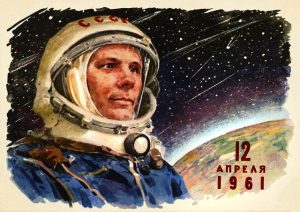
Each year Yuri’s night is celebrated around the world.
While events are held worldwide, the closest event to UCSB, and the one at which our group presents, is in Los Angeles at the Museum of Science and Industry. This year the event will be on Saturday night, April 6th, 2019.
https://www.la.yurisnight.net/
https://en.wikipedia.org/wiki/Yuri_Gagarin
Article about Yuri Gagarin on Space.com
Some pictures from the past two Yuri’s Nights at which our group presented:
Some pics of our group at Yuri’s Night, 2019:
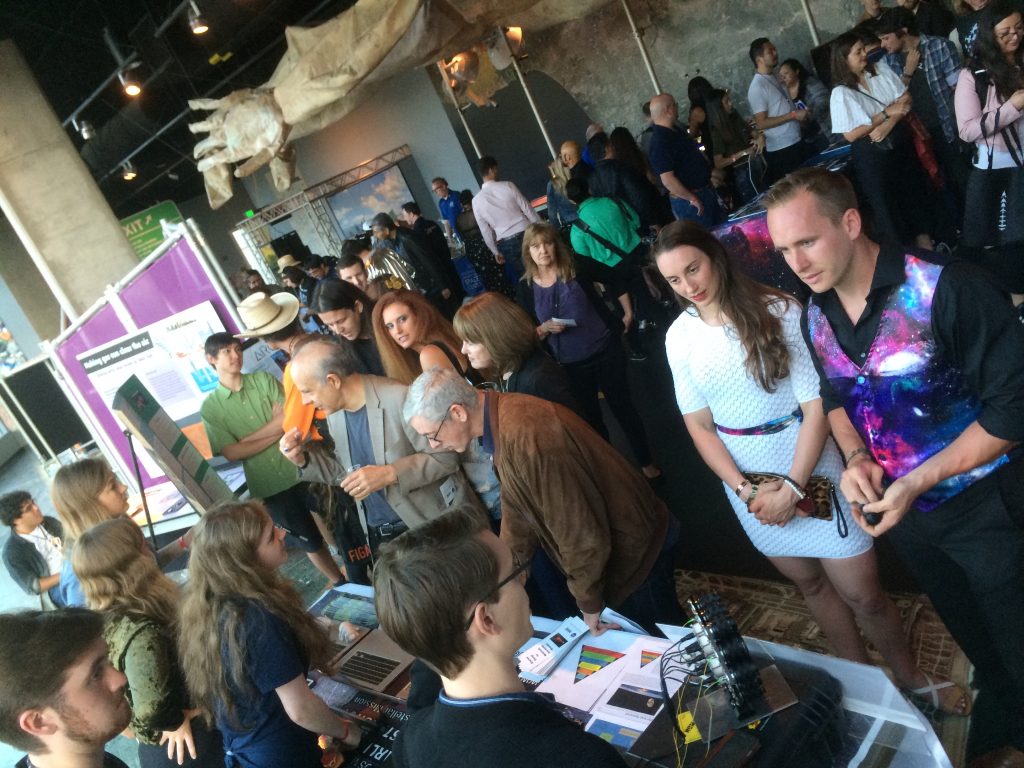
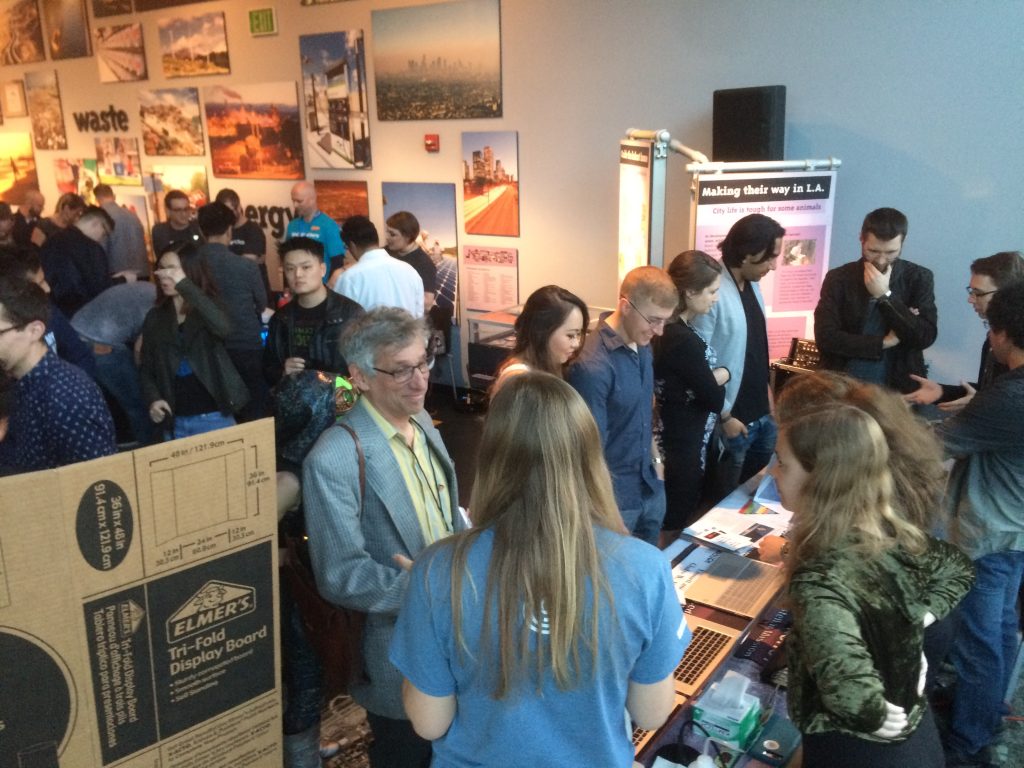
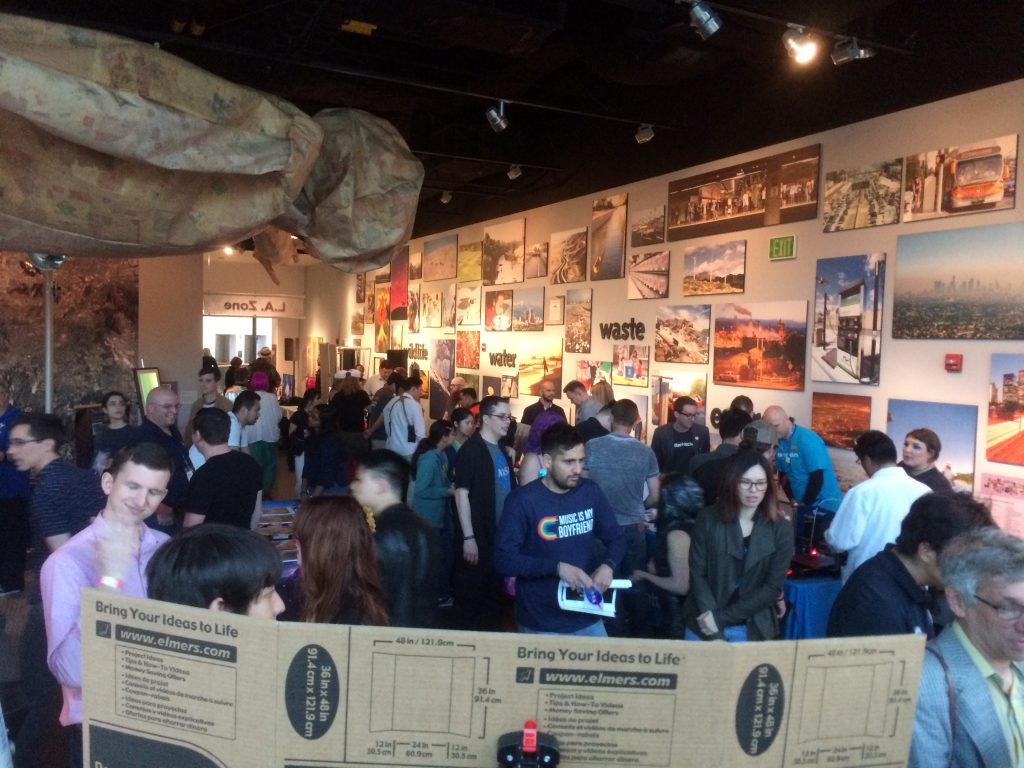

Raw Science Film Festival Jan 2018
Dec 26th
The Raw Science Film Festival is coming to Santa Barbara January 6th at the Lobero Theater ! Members of our lab will be featured
Exhibitors and two of our PIs, Professors Philip Lubin and Joel Rothman, are featured Speakers !
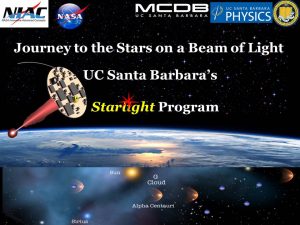
Congress directs NASA to go Interstellar by 2069 – May 2016
May 30th
May 2016
“Although such approaches may seem impossibly sci-fi for many space scientists, the report also refers to ‘beam energy approaches.’ The report mentions that the NASA Innovative Advanced Concepts (NIAC) program is already funding a study of “directed energy propulsion for wafer-sized spacecraft that in principle could achieve velocities exceeding 0.1c.”
(UCSB NASA Program – now called Starlight – emphasis added)
page 60, Excerpt from the 114TH CONGRESS REPORT of the HOUSE OF REPRESENTATIVES, 2d Session
“The Committee encourages NASA to study and develop propulsion concepts that could enable an interstellar scientific probe with the capability of achieving a cruise velocity of 0.1c. These efforts shall be centered on enabling such a mission to Alpha Centauri, which can be launched by the one-hundredth anniversary, 2069, of the Apollo 11 moon landing.”
“…within one year of enactment of this Act, NASA shall submit an interstellar propulsion technology assessment report with a draft conceptual roadmap, which may include an overview of potential advance propulsion concepts for such an interstellar mission, including technical challenges, technology readiness level assessments, risks, and potential near-term milestones and funding requirements.”
NASA 360 Going Interstellar Feb 2016
Feb 23rd
NASA released its video of our NIAC study on the possibilities of getting to relativistic speeds using directed energy.
Imagine getting to Mars in just 3 days… or putting points beyond our solar system within our reach. New propulsion technologies could one day take us to these cosmic destinations making space travel truly interstellar!This video represents a research study within the NASA Innovative Advanced Concepts (NIAC) program. NIAC is a visionary and far-reaching aerospace program, one that has the potential to create breakthrough technologies for possible future space missions. However, such early stage technology development may never become actual NASA missions. For more information about NIAC, visit: www.nasa.gov/niac.
Posted by NASA 360 on Friday, February 12, 2016
Asteroid Deflection- Sci Fi or Reality?
Sep 11th
This article covers DE-STAR, slowing down spinning asteroids, and photon propulsion.
Read it by checking out the link below:
http://www.news.ucsb.edu/2015/015844/asteroid-deflection-science-fiction-or-reality
Roadmap to the Stars June 2015
Sep 11th
Posted on June 23, 2015, the article describes the DEEP-IN project and DE-STAR
Check out the link below to read it:
Planck-BiCEP Analysis of Inflation Claim
Mar 23rd
The joint Planck – BiCEP team analysis of the March 2015 reported gravity wave detection from inflation have been published and shows no significant evidence of gravity waves in the BiCEP data contrary to the Harvard Press announcement of March 17 2015. The primary issue was the incomplete accounting of dust contamination in the BiCEP field which mimics an inflationary signature.
http://news.harvard.edu/gazette/story/2014/03/backing-the-big-bang/
http://www.cosmos.esa.int/web/planck/publications
http://xxx.lanl.gov/abs/1502.00612
A Joint Analysis of BICEP2/Keck Array and Planck Data
Authors: BICEP2/Keck, Planck Collaborations: P. A. R. Ade, N. Aghanim, Z. Ahmed, R. W. Aikin, K. D. Alexander, M. Arnaud, J. Aumont, C. Baccigalupi, A. J. Banday, D. Barkats, R. B. Barreiro, J. G. Bartlett, N. Bartolo, E. Battaner, K. Benabed, A. Benoit-Lévy, S. J. Benton, J.-P. Bernard, M. Bersanelli, P. Bielewicz, C. A. Bischoff, J. J. Bock, A. Bonaldi, L. Bonavera, J. R. Bond, J. Borrill, F. R. Bouchet, F. Boulanger, J. A. Brevik, M. Bucher, I. Buder, E. Bullock, C. Burigana, R. C. Butler, V. Buza, E. Calabrese, J.-F. Cardoso, A. Catalano, A. Challinor, R.-R. Chary, H. C. Chiang, P. R. Christensen, L. P. L. Colombo, C. Combet, J. Connors, F. Couchot, A. Coulais, B. P. Crill, A. Curto, F. Cuttaia, L. Danese, R. D. Davies, R. J. Davis, P. de Bernardis, A. de Rosa, G. de Zotti, J. Delabrouille,
J.-M. Delouis, F.-X. Désert, C. Dickinson, J. M. Diego, H. Dole, S. Donzelli, O. Doré, M. Douspis, C. D. Dowell, L. Duband, A. Ducout, J. Dunkley, X. Dupac, C. Dvorkin, G. Efstathiou, F. Elsner, T. A. Enßlin, H. K. Eriksen, J. P. Filippini, F. Finelli, S. Fliescher, O. Forni, M. Frailis, A. A. Fraisse, E. Franceschi, A. Frejsel, S. Galeotta, S. Galli, K. Ganga, T. Ghosh, M. Giard, E. Gjerløw, S. R. Golwala, J. González-Nuevo, K. M. Górski, S. Gratton, A. Gregorio, A. Gruppuso, J. E. Gudmundsson, M. Halpern, F. K. Hansen, D. Hanson, D. L. Harrison, M. Hasselfield, G. Helou, S. Henrot-Versillé, D. Herranz, S. R. Hildebrandt, G. C. Hilton, E. Hivon, M. Hobson, W. A. Holmes, W. Hovest, V. V. Hristov, K. M. Huffenberger, H. Hui, G. Hurier, K. D. Irwin, A. H. Jaffe, T. R. Jaffe, J. Jewell, W. C. Jones, M. Juvela, K. S. Karkare, J. P. Kaufman, B. G. Keating, S. Kefeli, E. Keihänen, S. A. Kernasovskiy, R. Keskitalo, T. S. Kisner, R. Kneissl, J. Knoche, L. Knox, J. M. Kovac, N. Krachmalnicoff, M. Kunz, C. L. Kuo, H. Kurki-Suonio, G. Lagache, A. Lähteenmäki, J.-M. Lamarre, A. Lasenby, M. Lattanzi, C. R. Lawrence, E. M. Leitch, R. Leonardi, F. Levrier, A. Lewis, M. Liguori, P. B. Lilje, M. Linden-Vørnle, M. López-Caniego, P. M. Lubin, M. Lueker, J. F. Macías-Pérez, B. Maffei, D. Maino, N. Mandolesi, A. Mangilli, M. Maris, P. G. Martin, E. Martínez-González, S. Masi, P. Mason, S. Matarrese, K. G. Megerian, P. R. Meinhold, A. Melchiorri, L. Mendes, A. Mennella, M. Migliaccio, S. Mitra, M.-A. Miville-Deschênes, A. Moneti, L. Montier, G. Morgante, D. Mortlock, A. Moss, D. Munshi, J. A. Murphy, P. Naselsky, F. Nati, P. Natoli, C. B. Netterfield, H. T. Nguyen, H. U. Nørgaard-Nielsen, F. Noviello, D. Novikov, I. Novikov, R. O’Brient, R. W. Ogburn IV, A. Orlando, L. Pagano, F. Pajot, R. Paladini, D. Paoletti, B. Partridge, F. Pasian, G. Patanchon, T. J. Pearson, O. Perdereau, L. Perotto, V. Pettorino, F. Piacentini, M. Piat, D. Pietrobon, S. Plaszczynski, E. Pointecouteau, G. Polenta, N. Ponthieu, G. W. Pratt, S. Prunet, C. Pryke, J.-L. Puget, J. P. Rachen, W. T. Reach, R. Rebolo, M. Reinecke, M. Remazeilles, C. Renault, A. Renzi, S. Richter, I. Ristorcelli, G. Rocha, M. Rossetti, G. Roudier, M. Rowan-Robinson, J. A. Rubiño-Martín, B. Rusholme, M. Sandri, D. Santos, M. Savelainen, G. Savini, R. Schwarz, D. Scott, M. D. Seiffert, C. D. Sheehy, L. D. Spencer, Z. K. Staniszewski, V. Stolyarov, R. Sudiwala, R. Sunyaev, D. Sutton, A.-S. Suur-Uski, J.-F. Sygnet, J. A. Tauber, G. P. Teply, L. Terenzi, K. L. Thompson, L. Toffolatti, J. E. Tolan, M. Tomasi, M. Tristram, M. Tucci, A. D. Turner, L. Valenziano, J. Valiviita, B. Van Tent, L. Vibert, P. Vielva, A. G. Vieregg, F. Villa, L. A. Wade, B. D. Wandelt, R. Watson, A. C. Weber, I. K. Wehus, M. White, S. D. M. White, J. Willmert, C. L. Wong, K. W. Yoon, D. Yvon, A. Zacchei, A. Zonca
et al. (216 additional authors not shown)
(Submitted on 2 Feb 2015)
Abstract: We report the results of a joint analysis of data from BICEP2/Keck Array and Planck. BICEP2 and Keck Array have observed the same approximately 400 deg 2 patch of sky centered on RA 0h, Dec. −57.5deg . The combined maps reach a depth of 57 nK deg in Stokes Q and U in a band centered at 150 GHz. Planck has observed the full sky in polarization at seven frequencies from 30 to 353 GHz, but much less deeply in any given region (1.2 μ K deg in Q and U at 143 GHz). We detect 150× 353 cross-correlation in B -modes at high significance. We fit the single- and cross-frequency power spectra at frequencies above 150 GHz to a lensed-Λ CDM model that includes dust and a possible contribution from inflationary gravitational waves (as parameterized by the tensor-to-scalar ratio r ). We probe various model variations and extensions, including adding a synchrotron component in combination with lower frequency data, and find that these make little difference to the r constraint. Finally we present an alternative analysis which is similar to a map-based cleaning of the dust contribution, and show that this gives similar constraints. The final result is expressed as a likelihood curve for r , and yields an upper limit r 0.05 <0.12 at 95% confidence. Marginalizing over dust and r , lensing B -modes are detected at 7.0σ significance.






